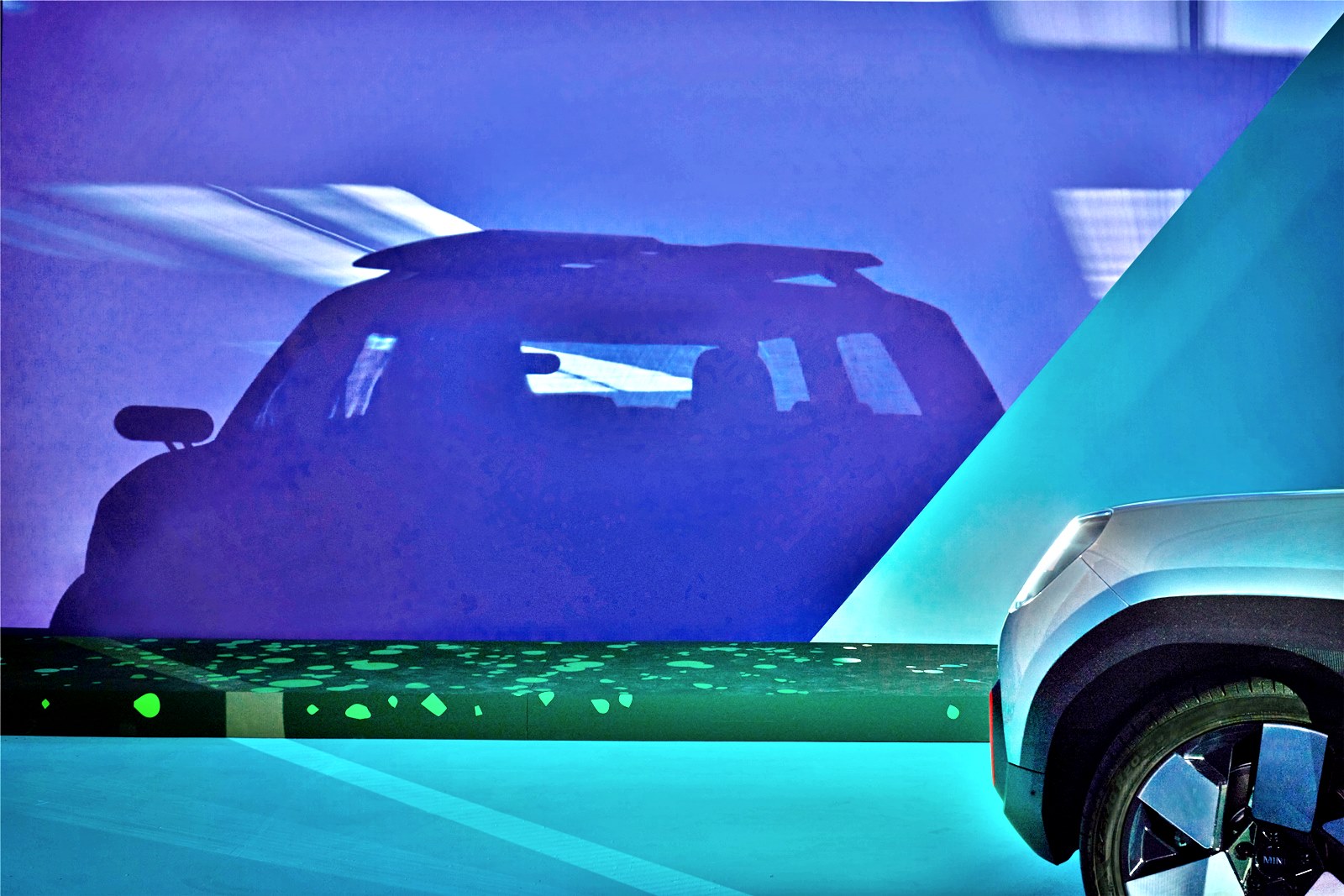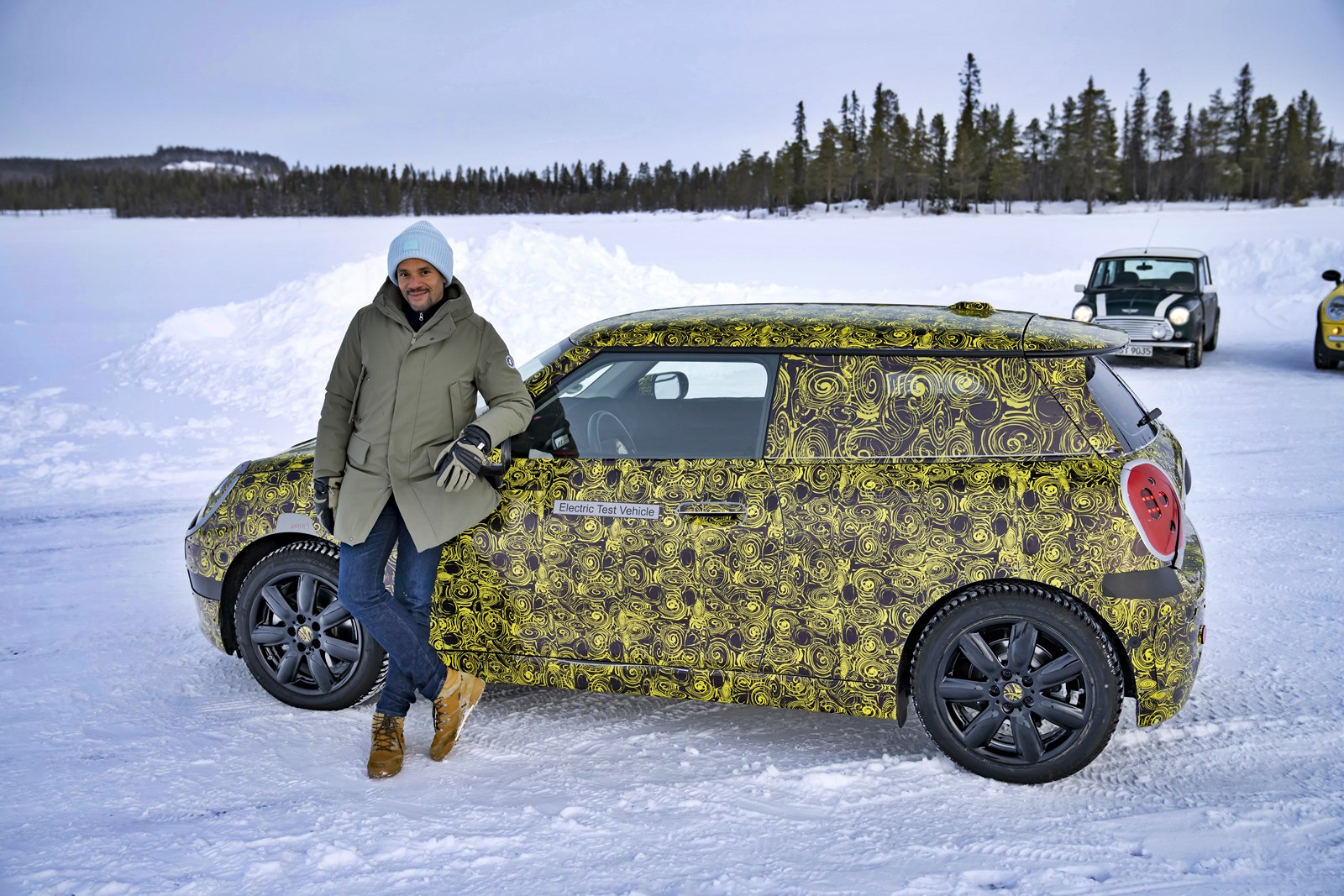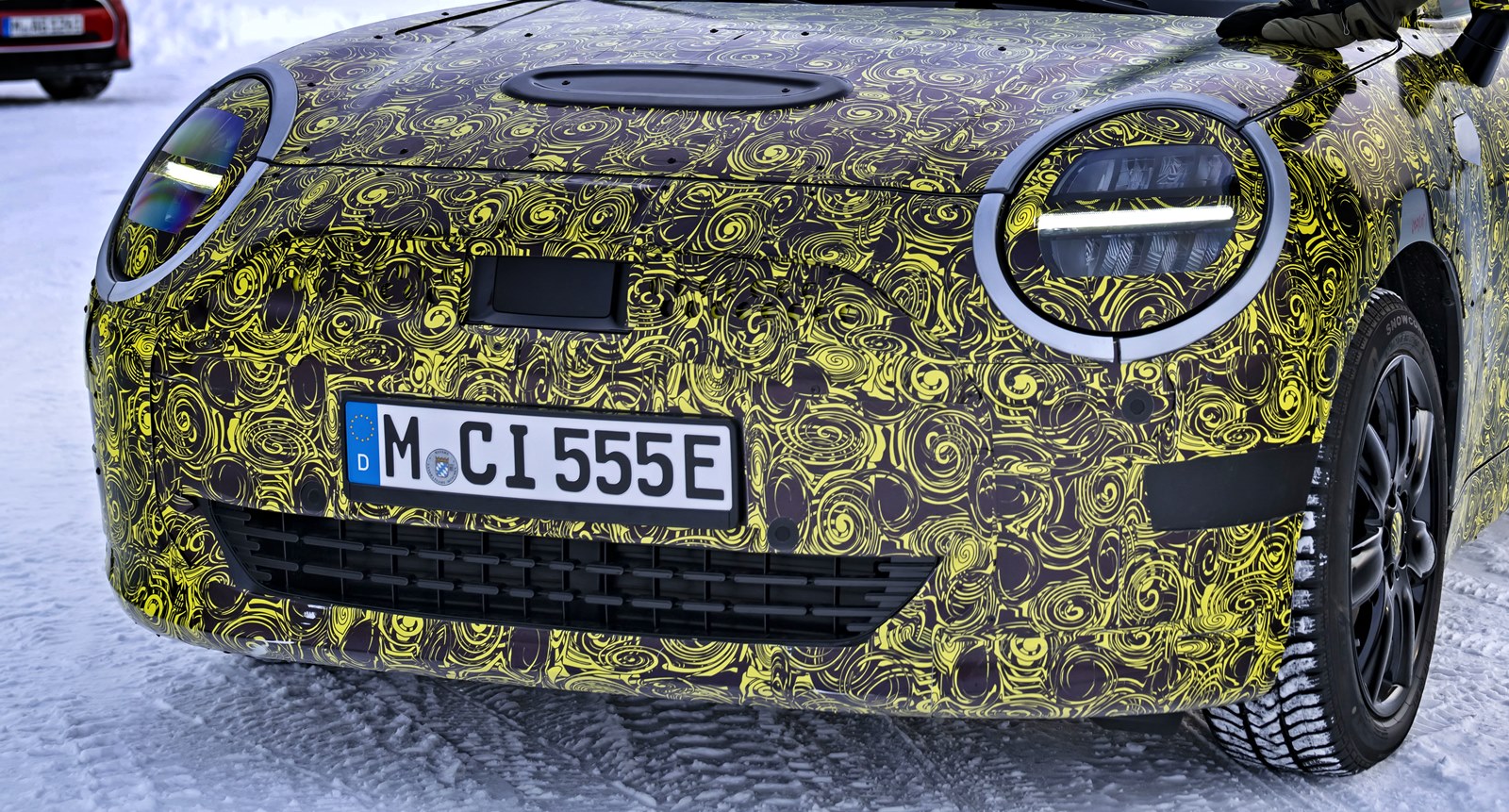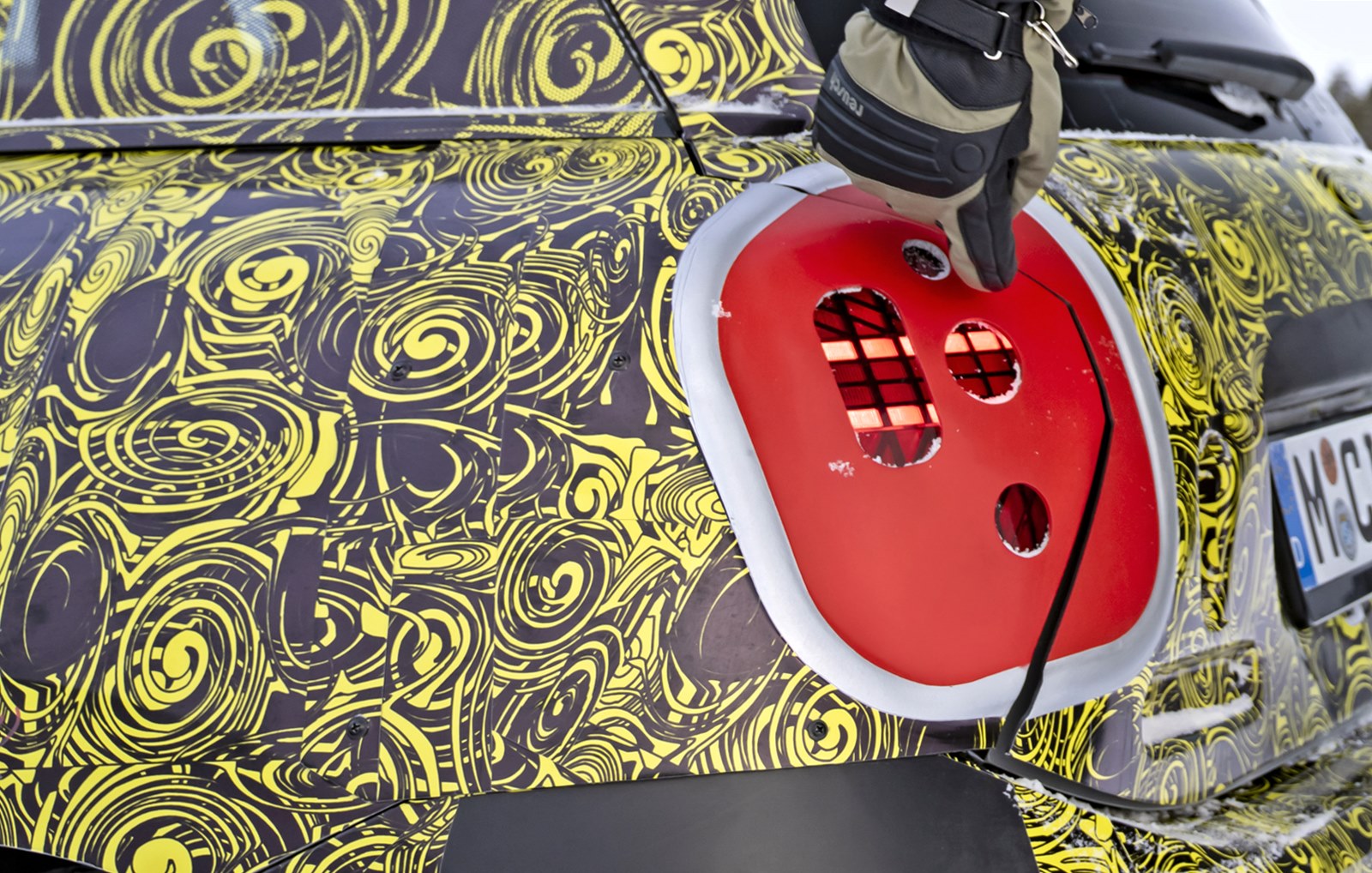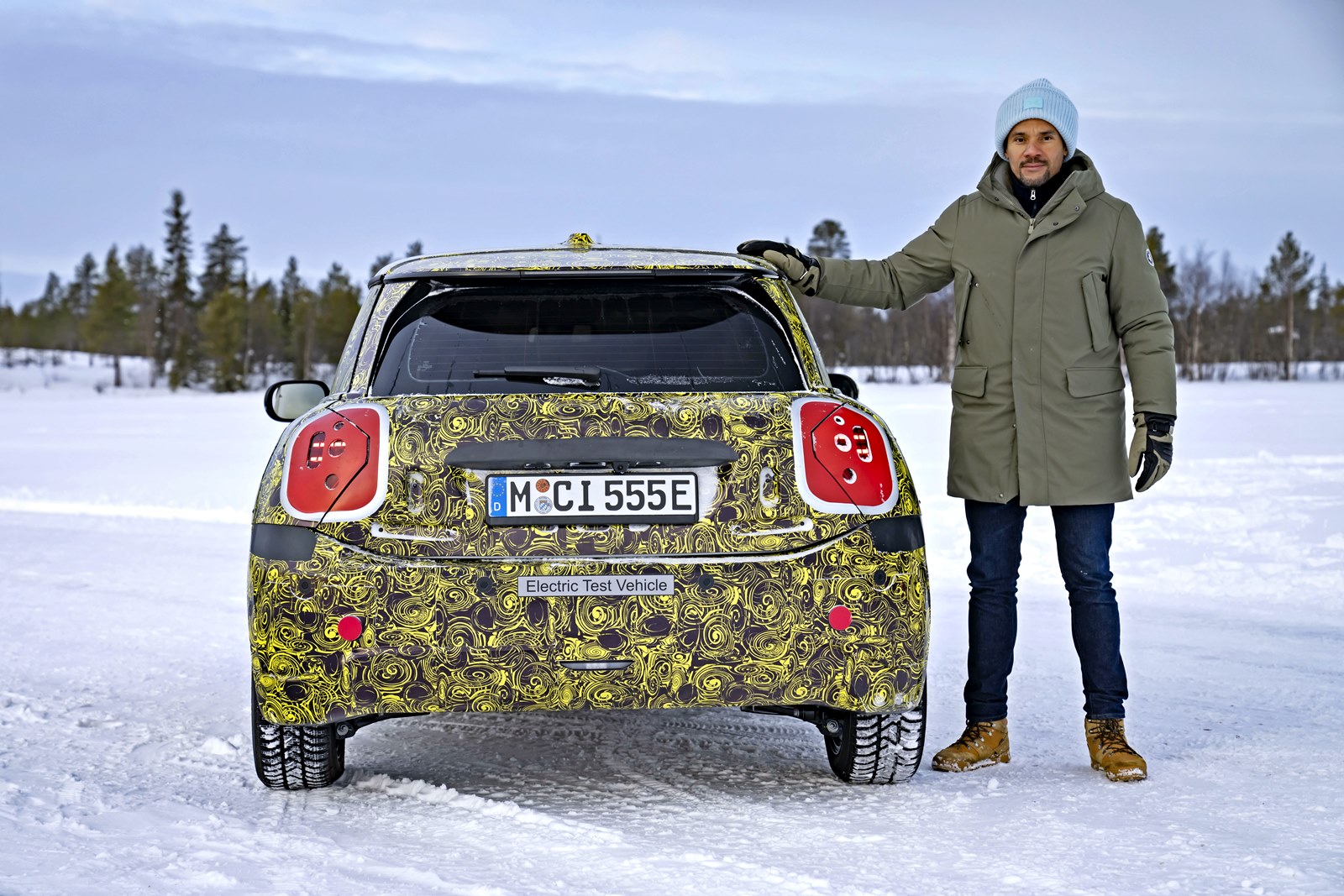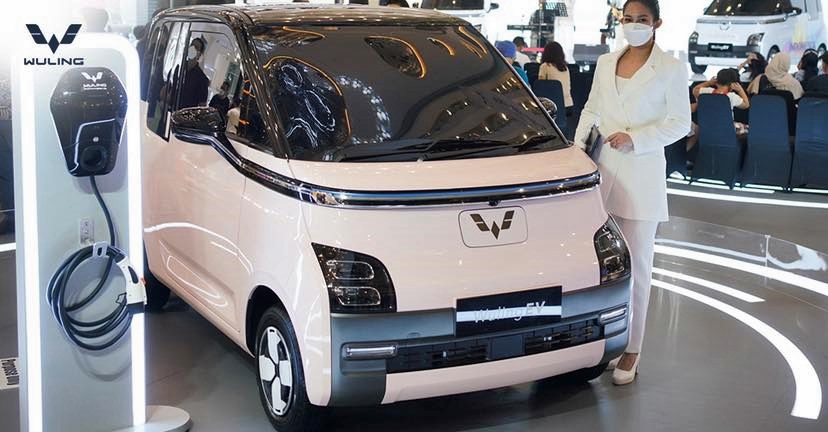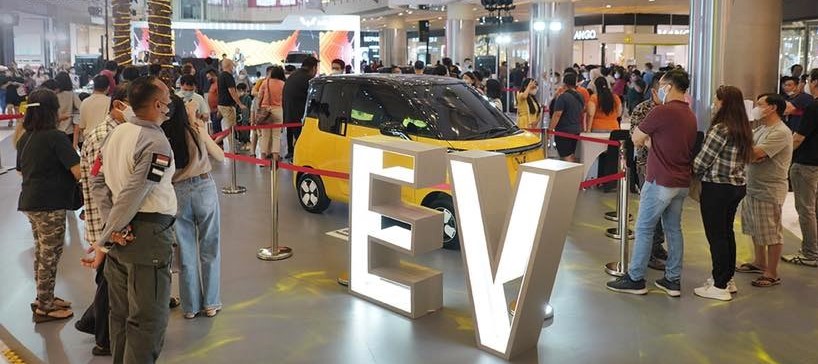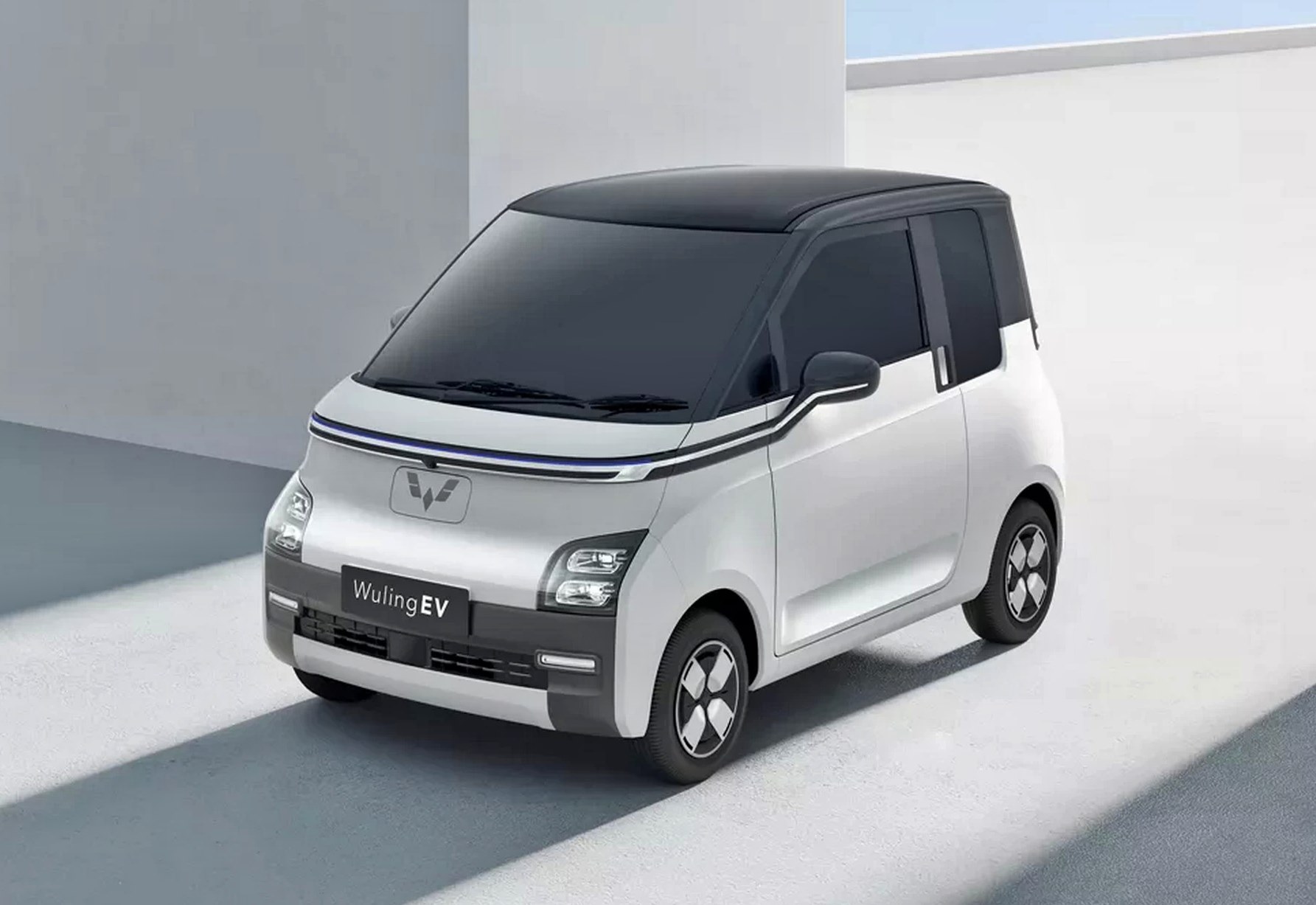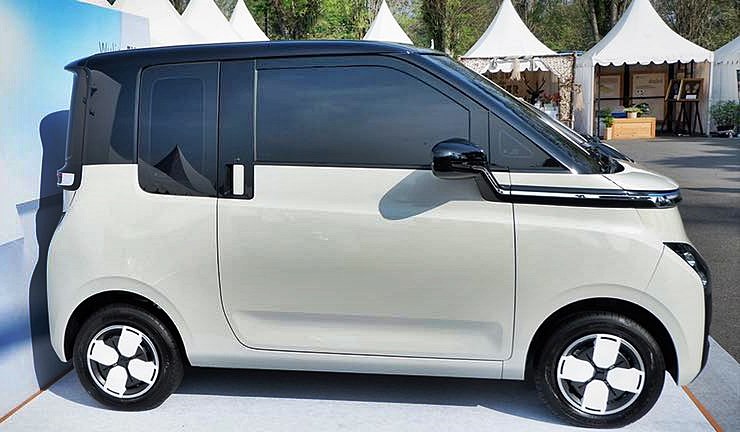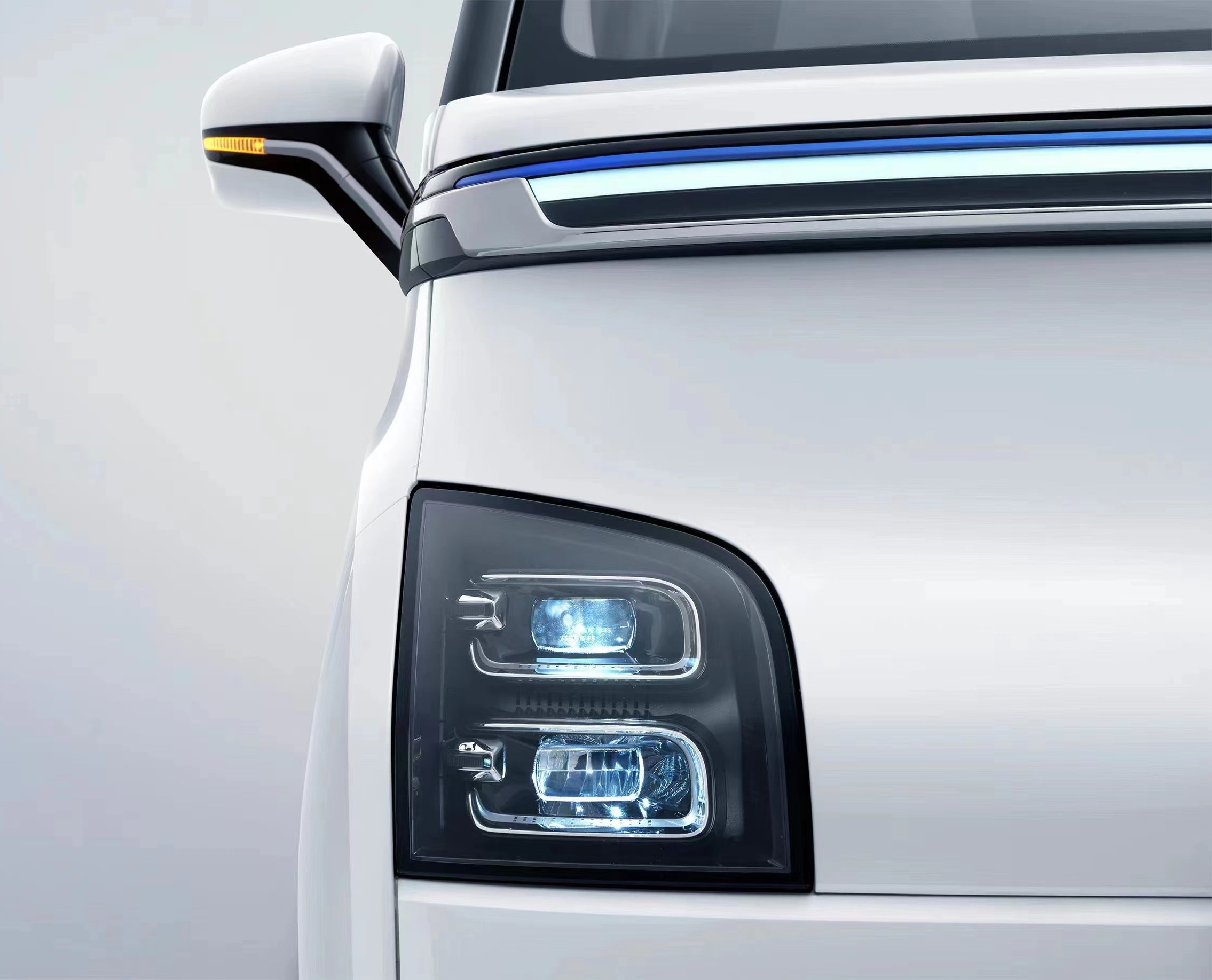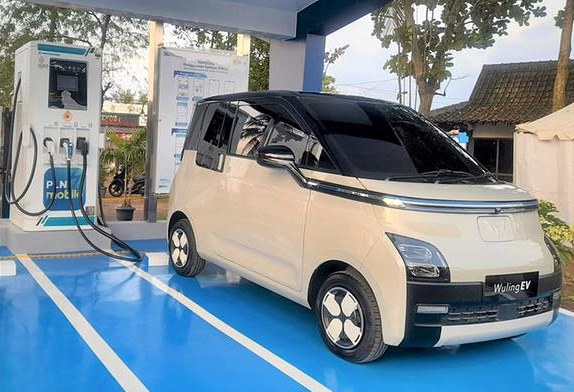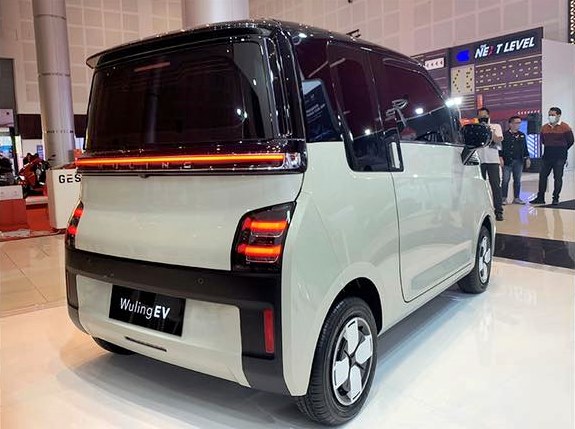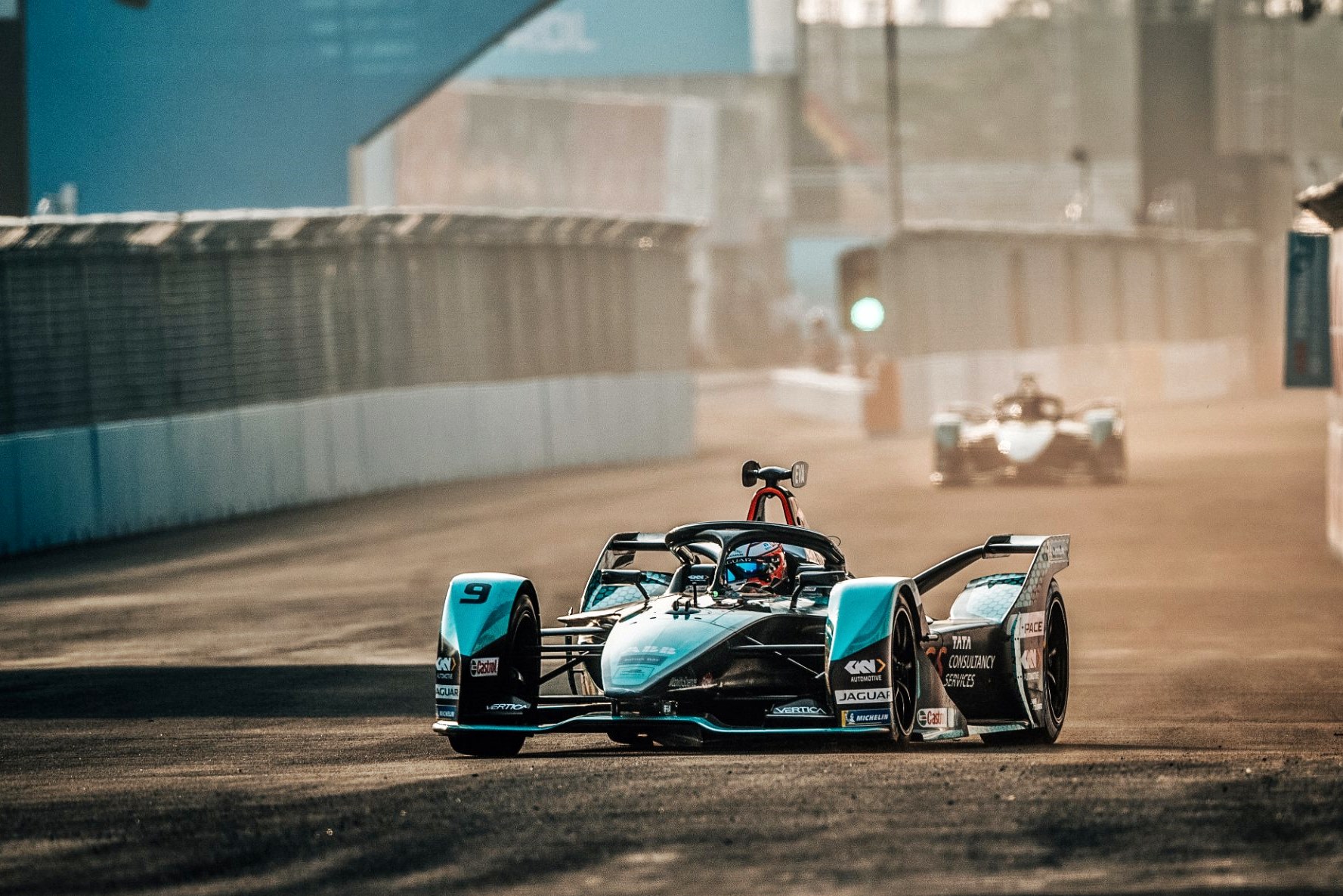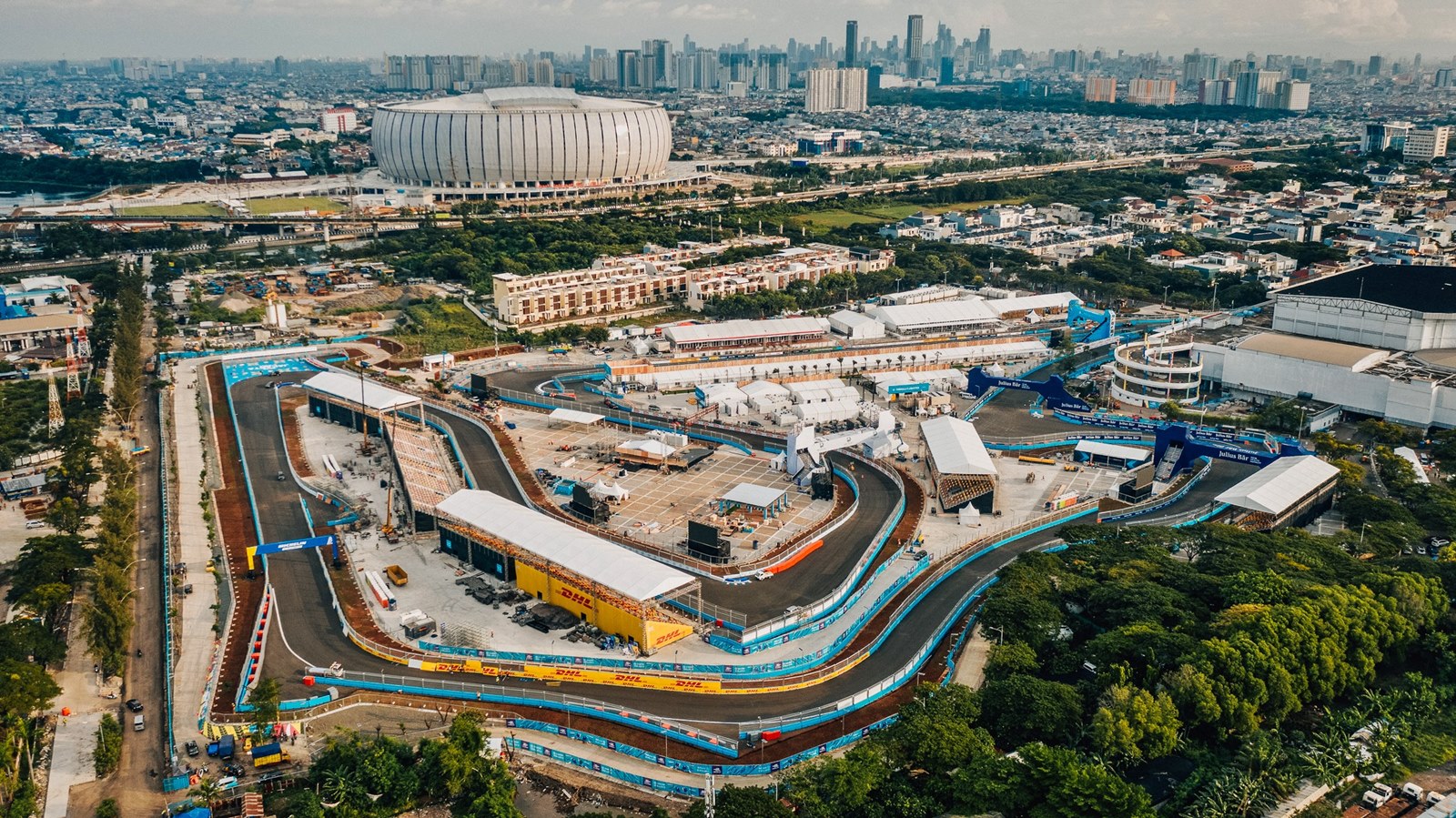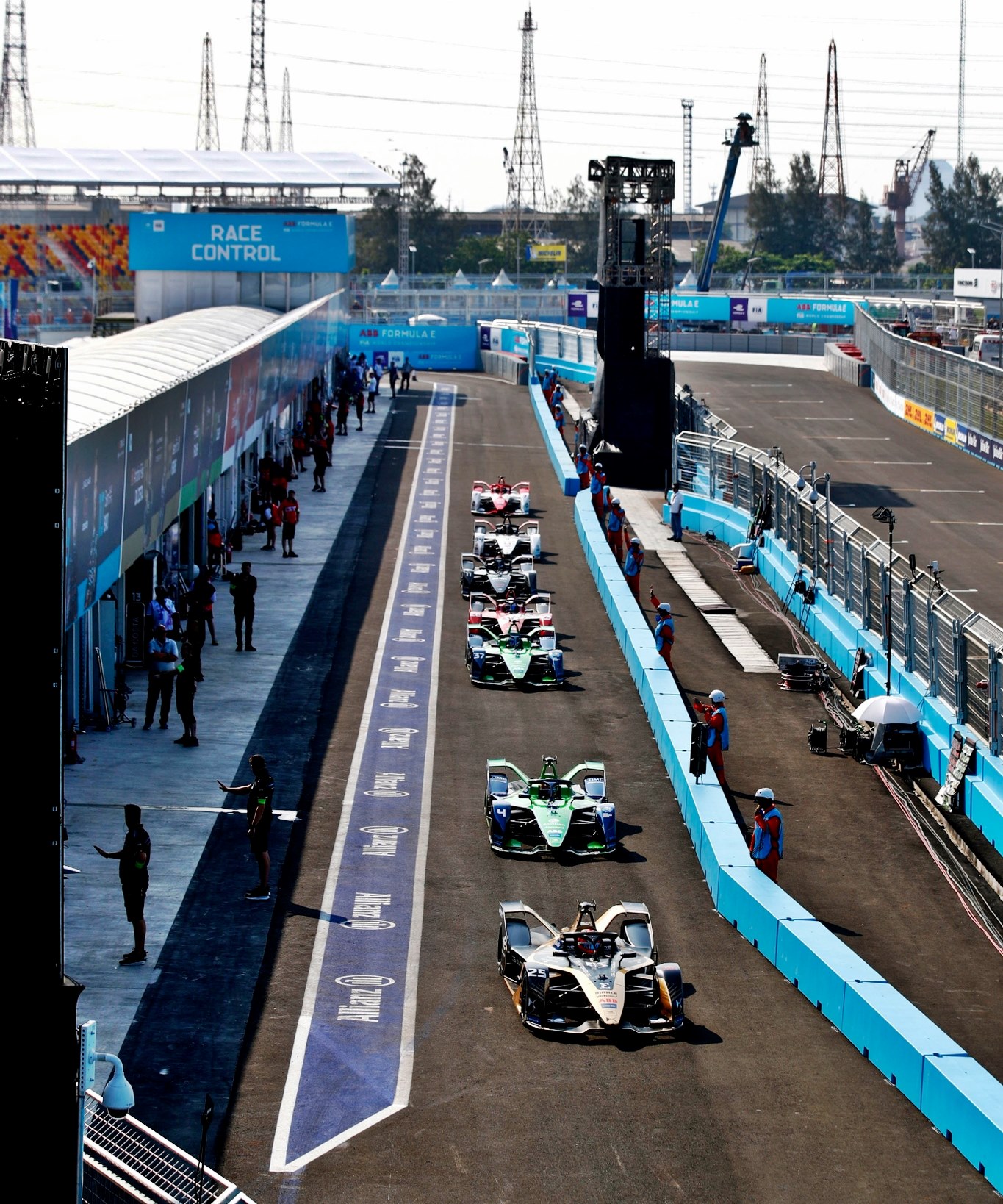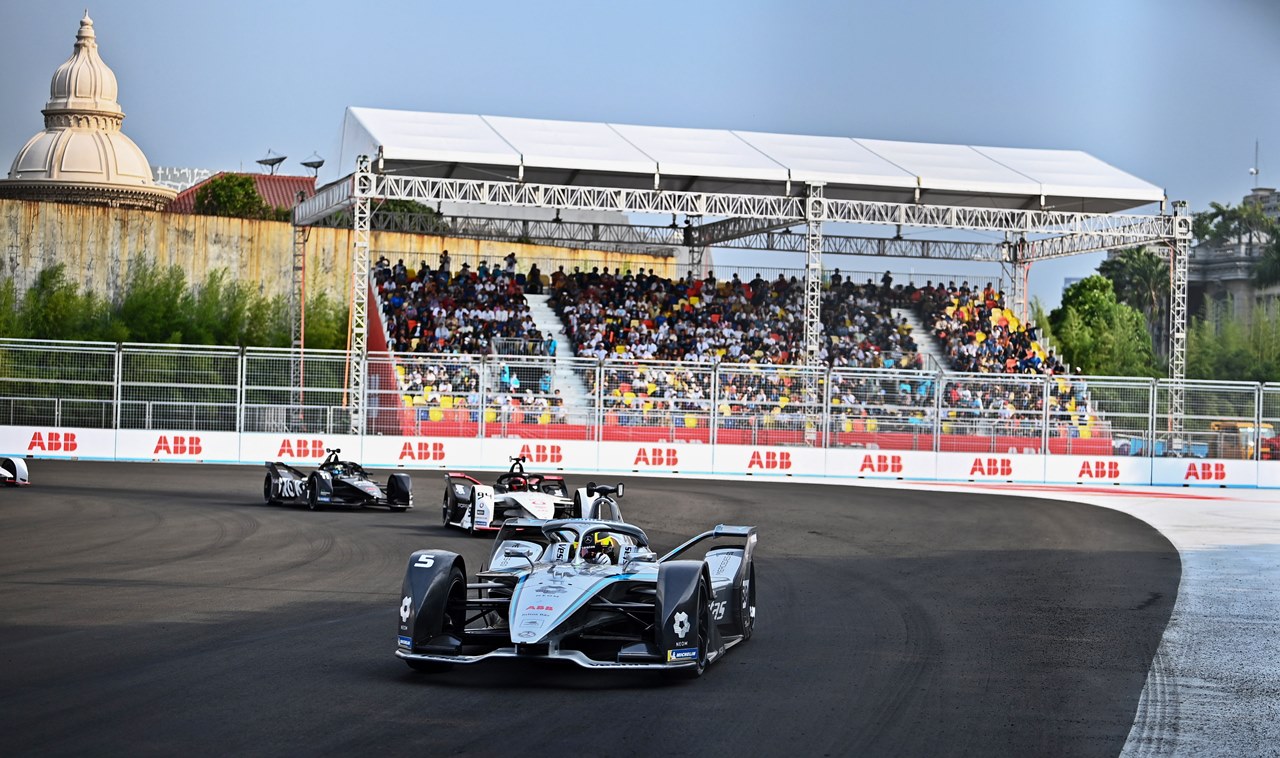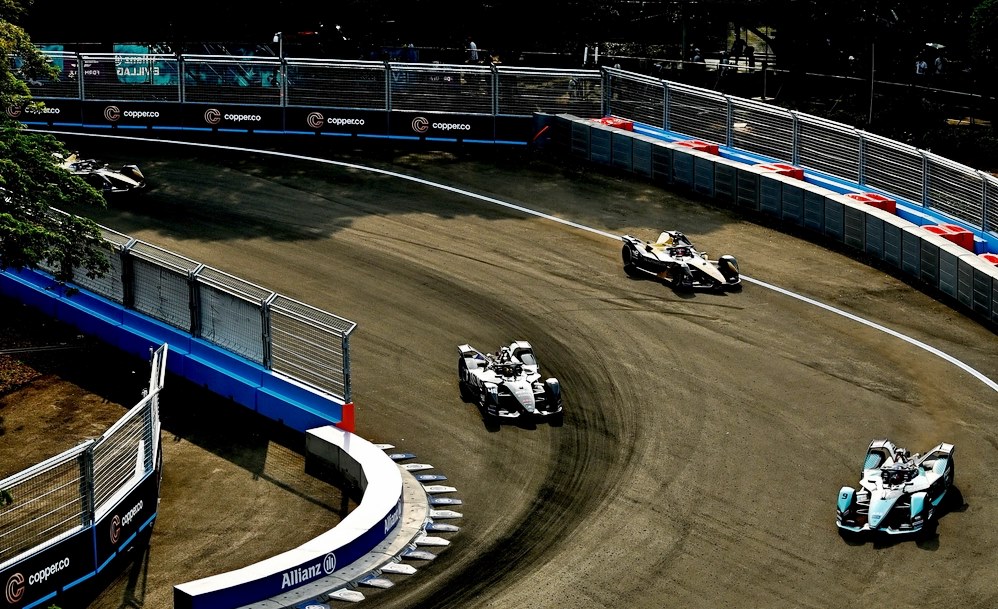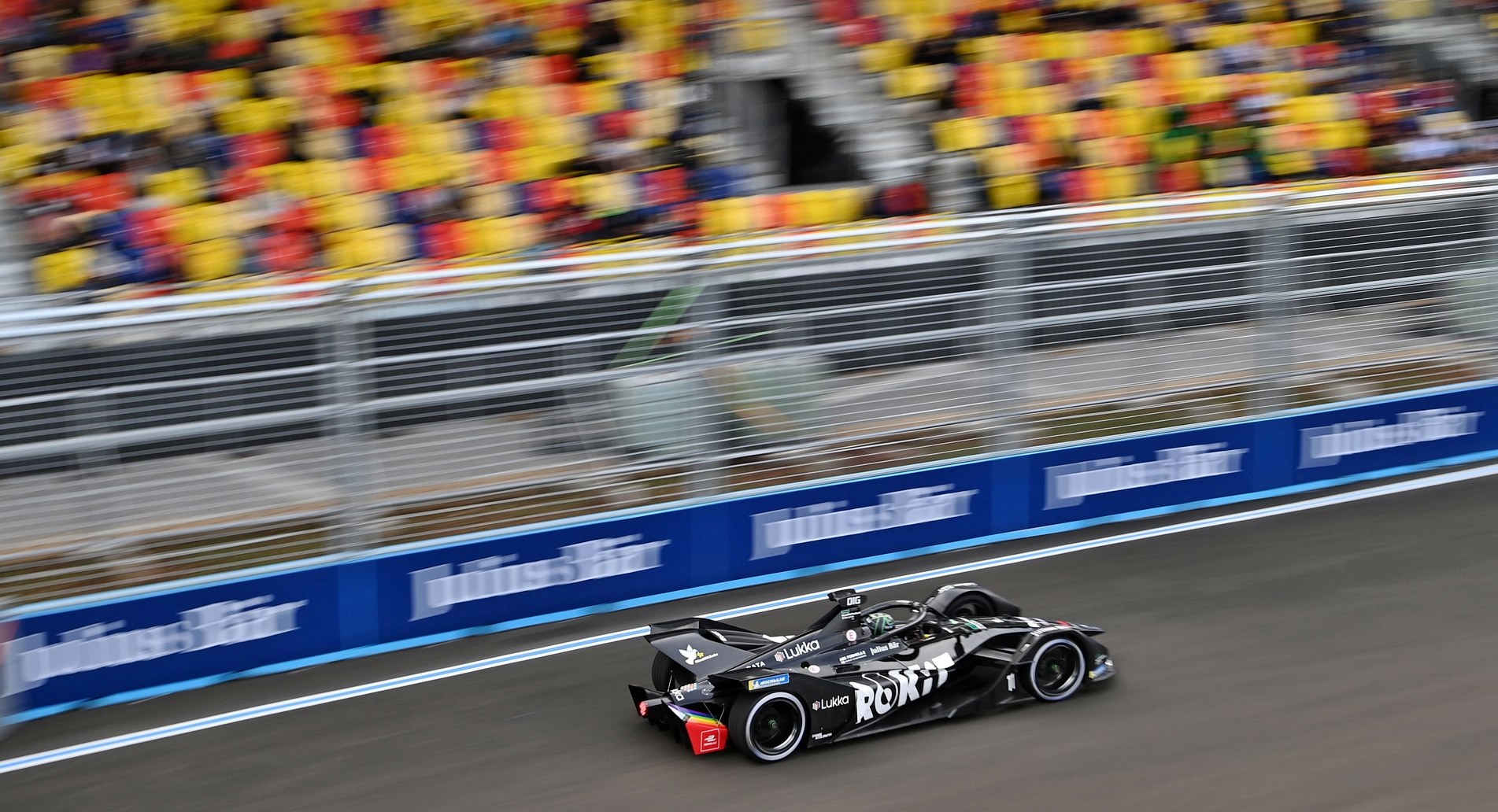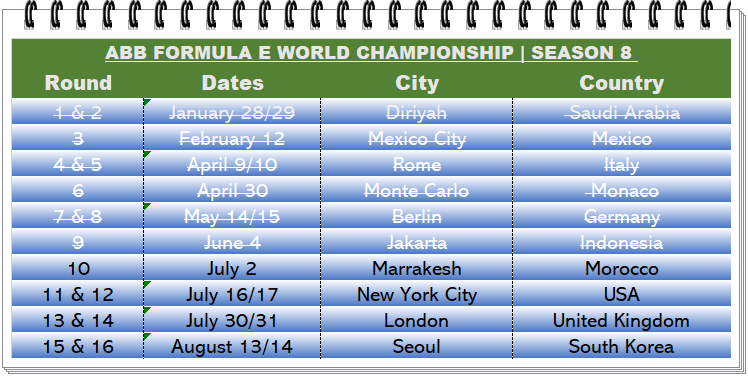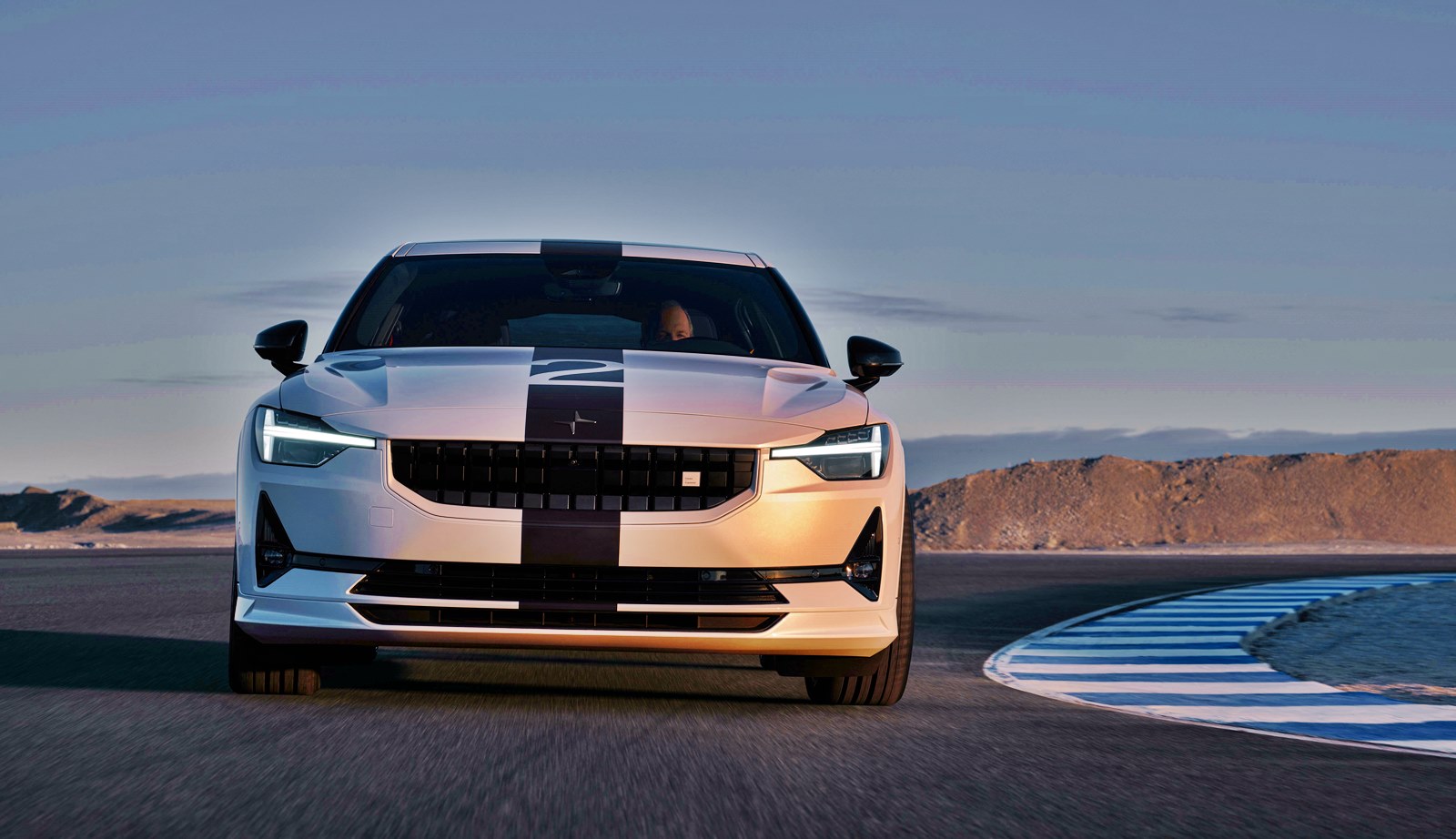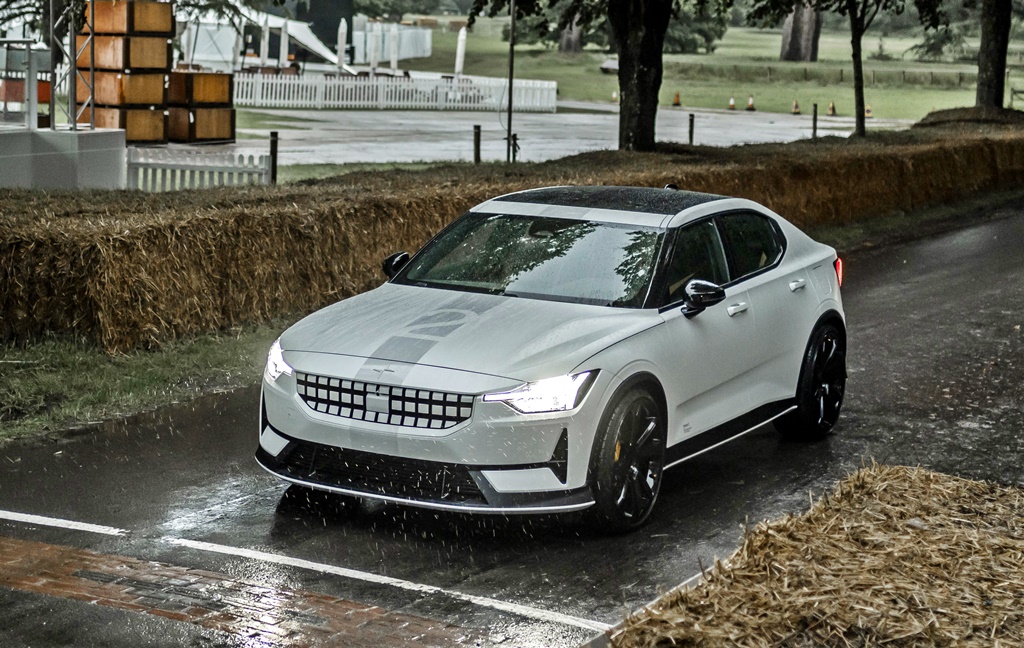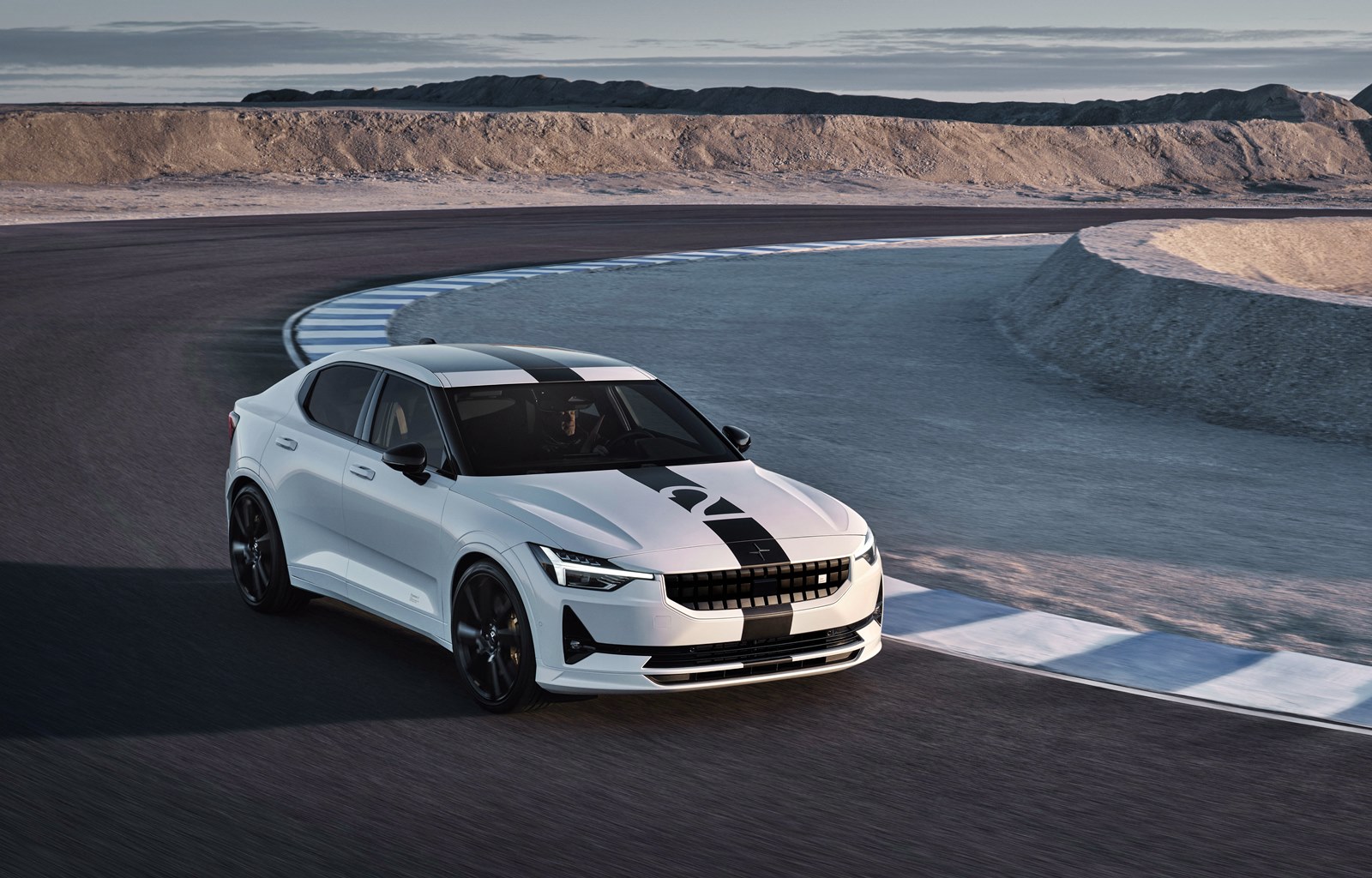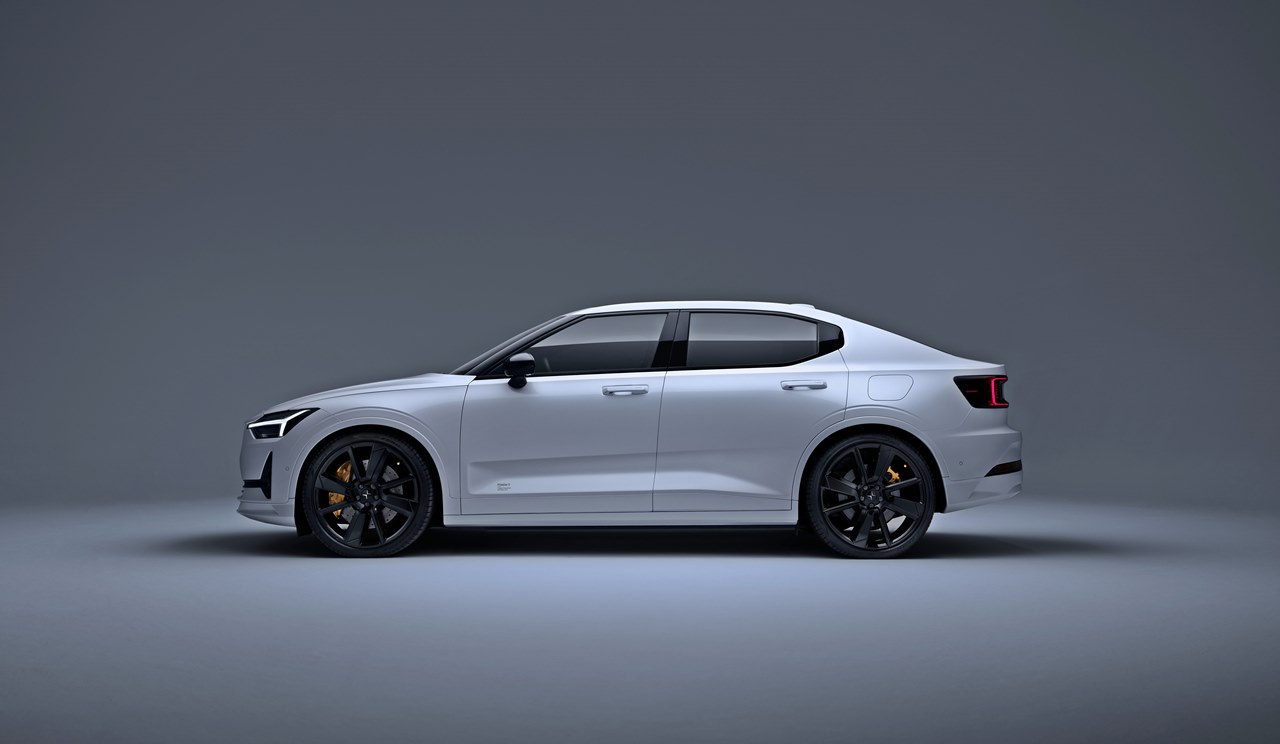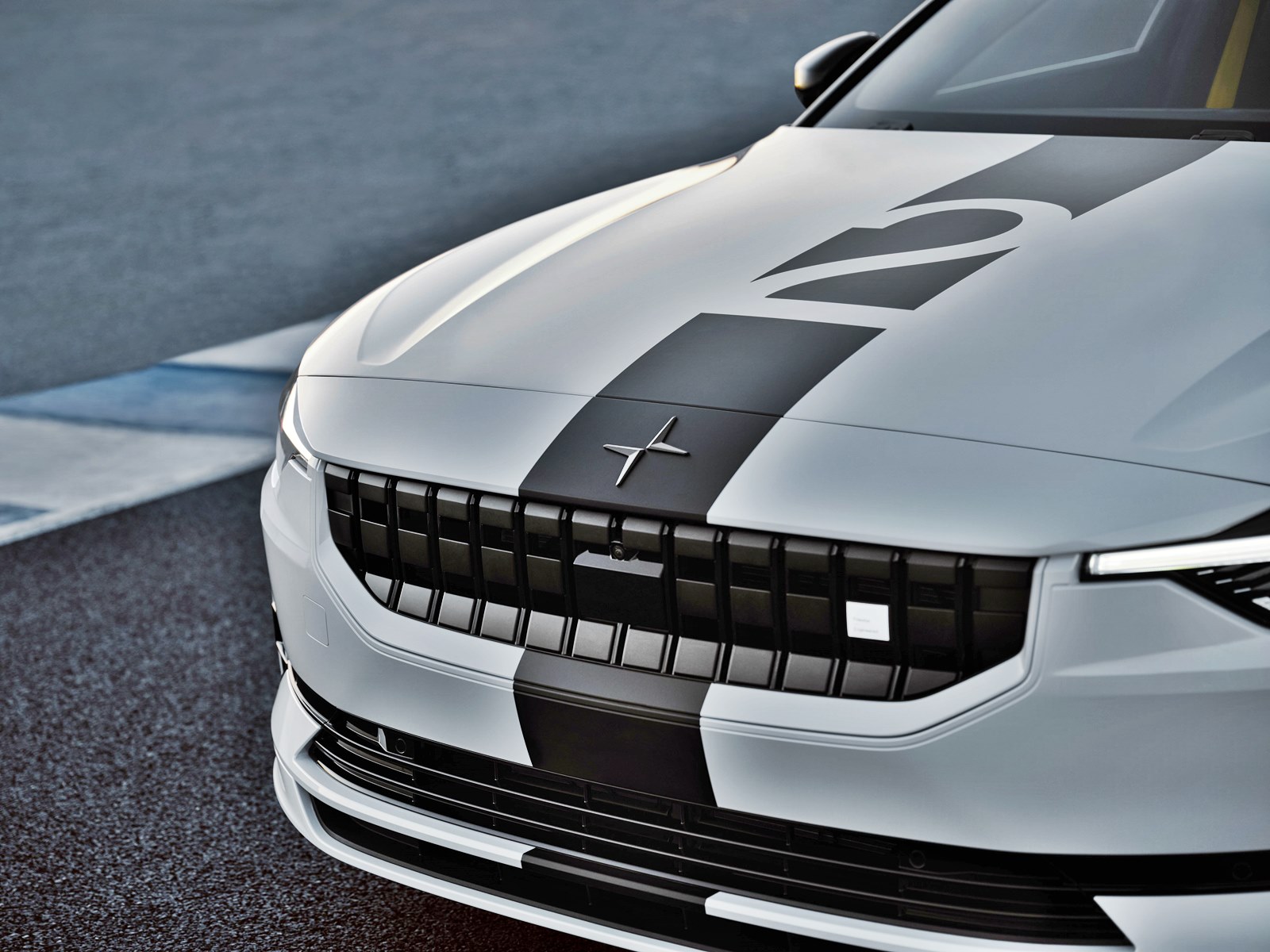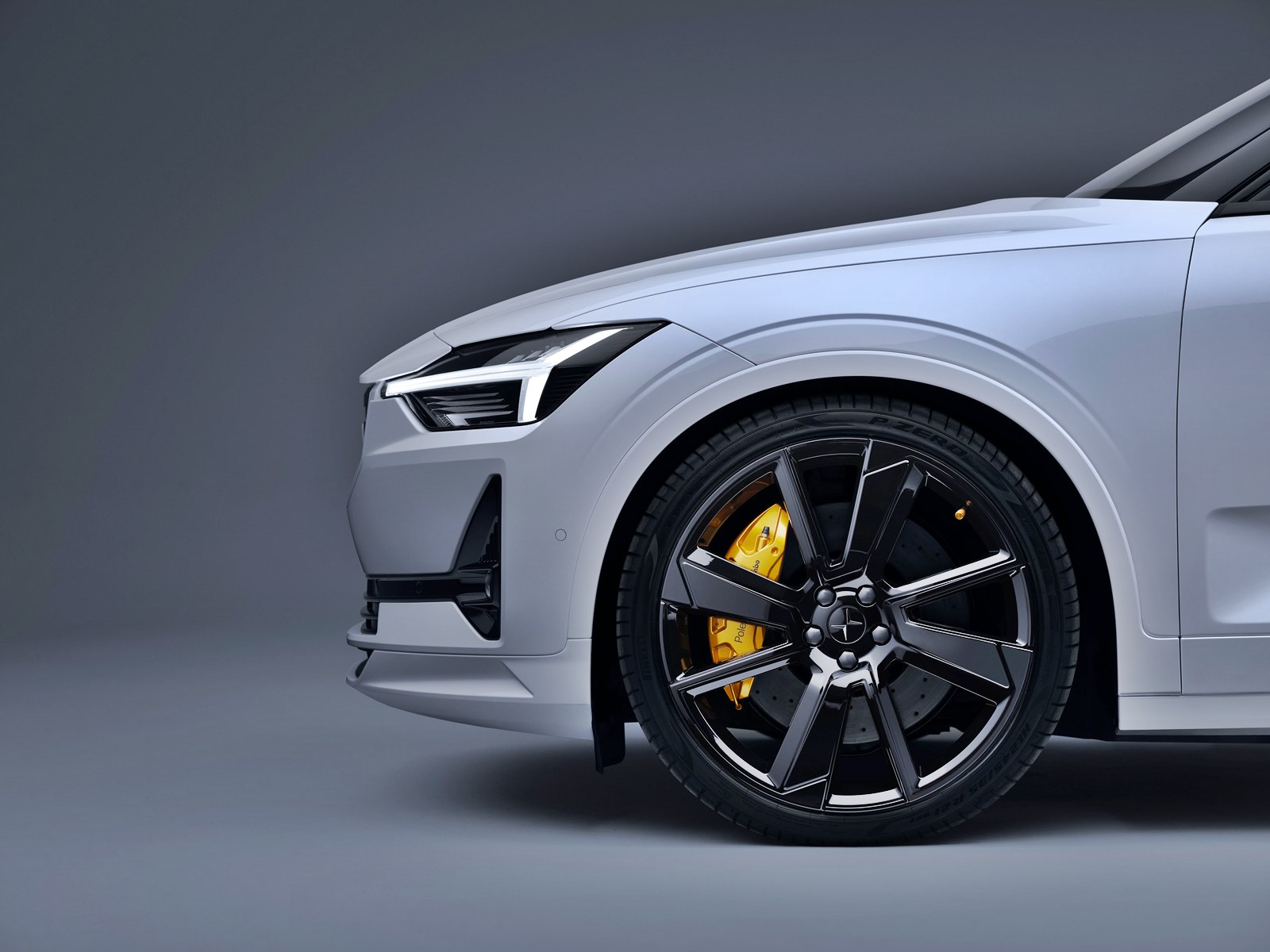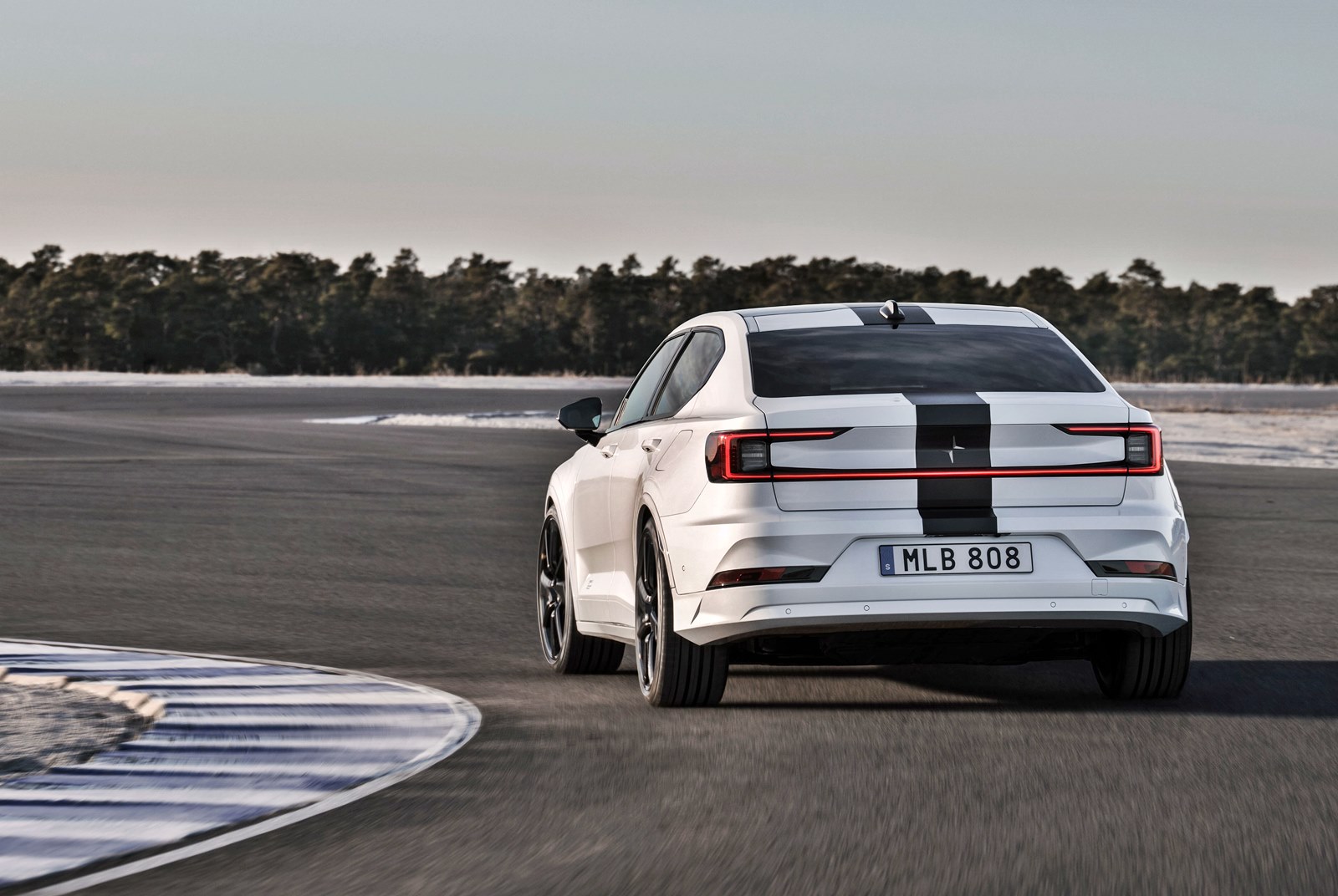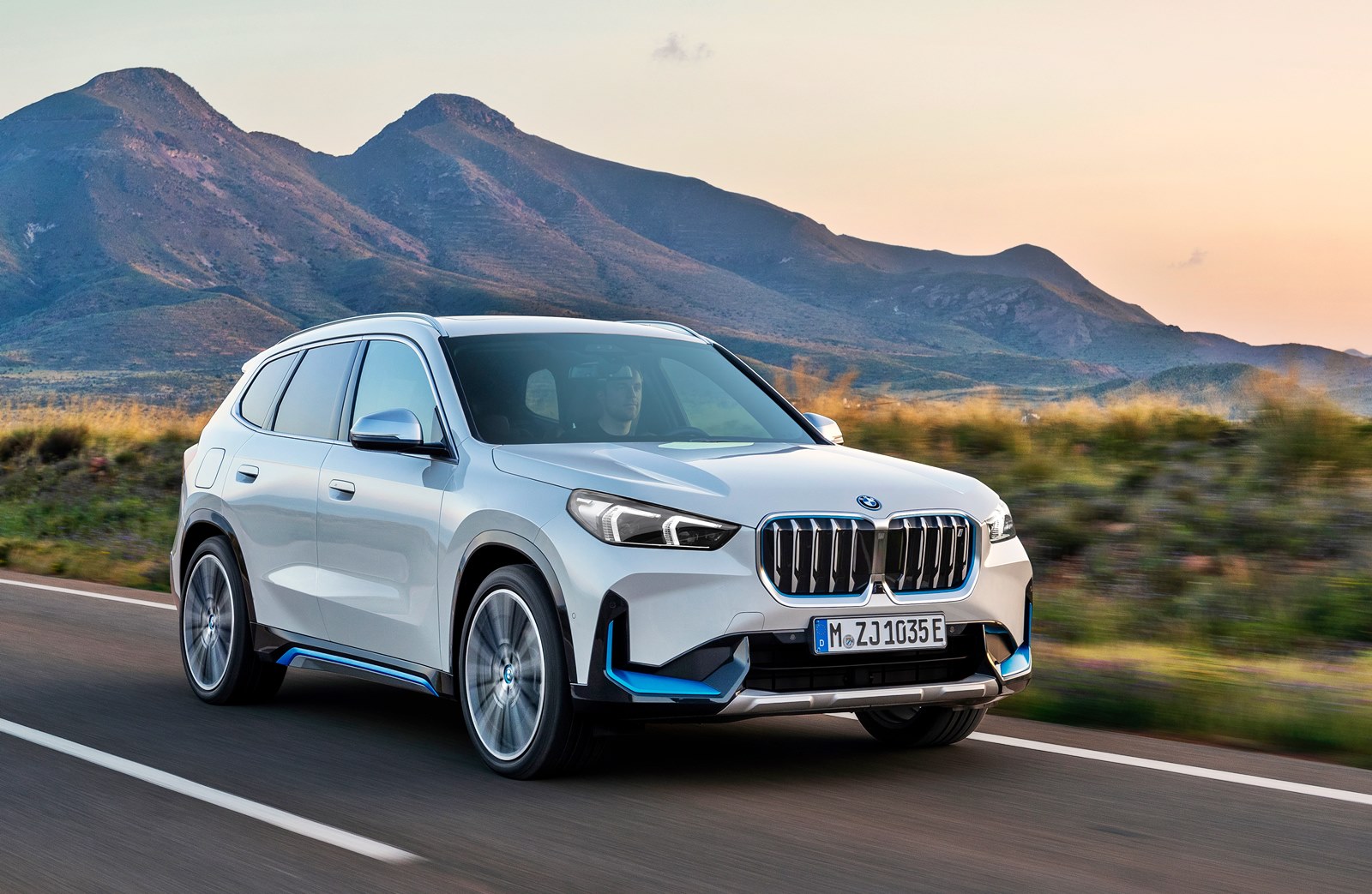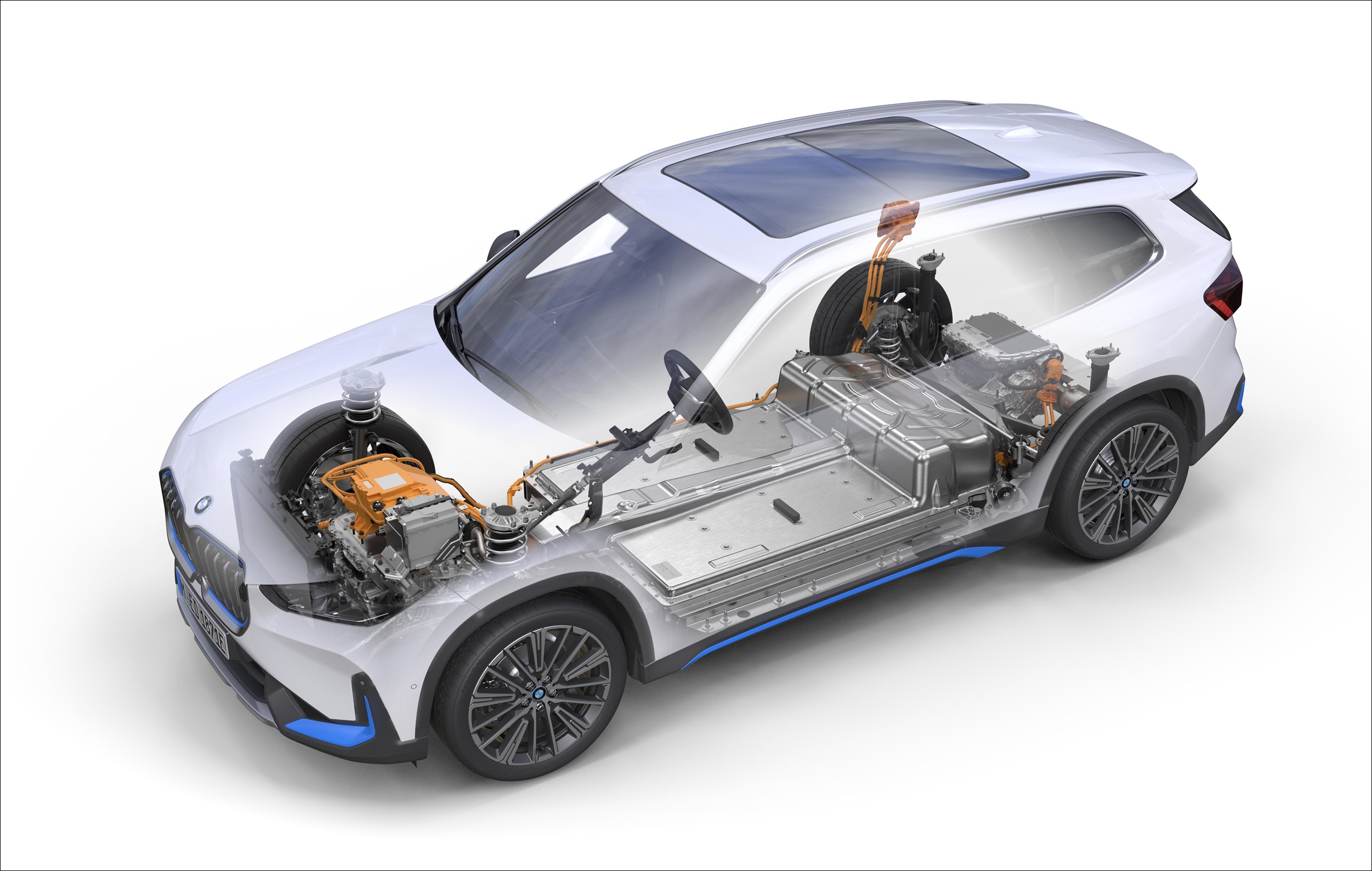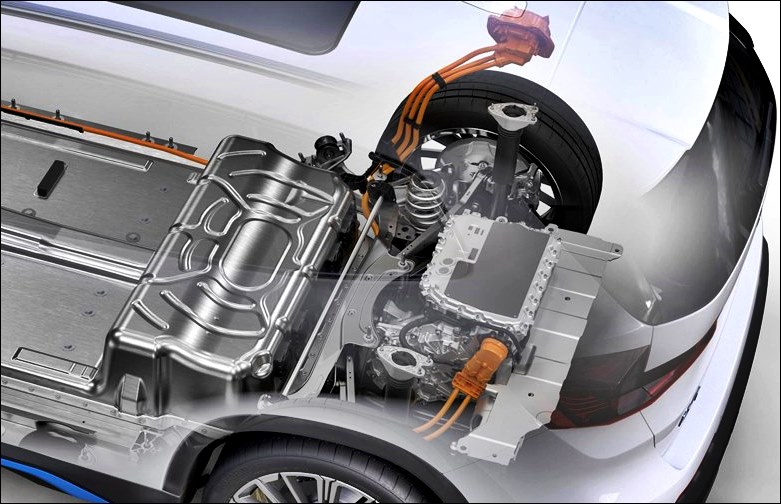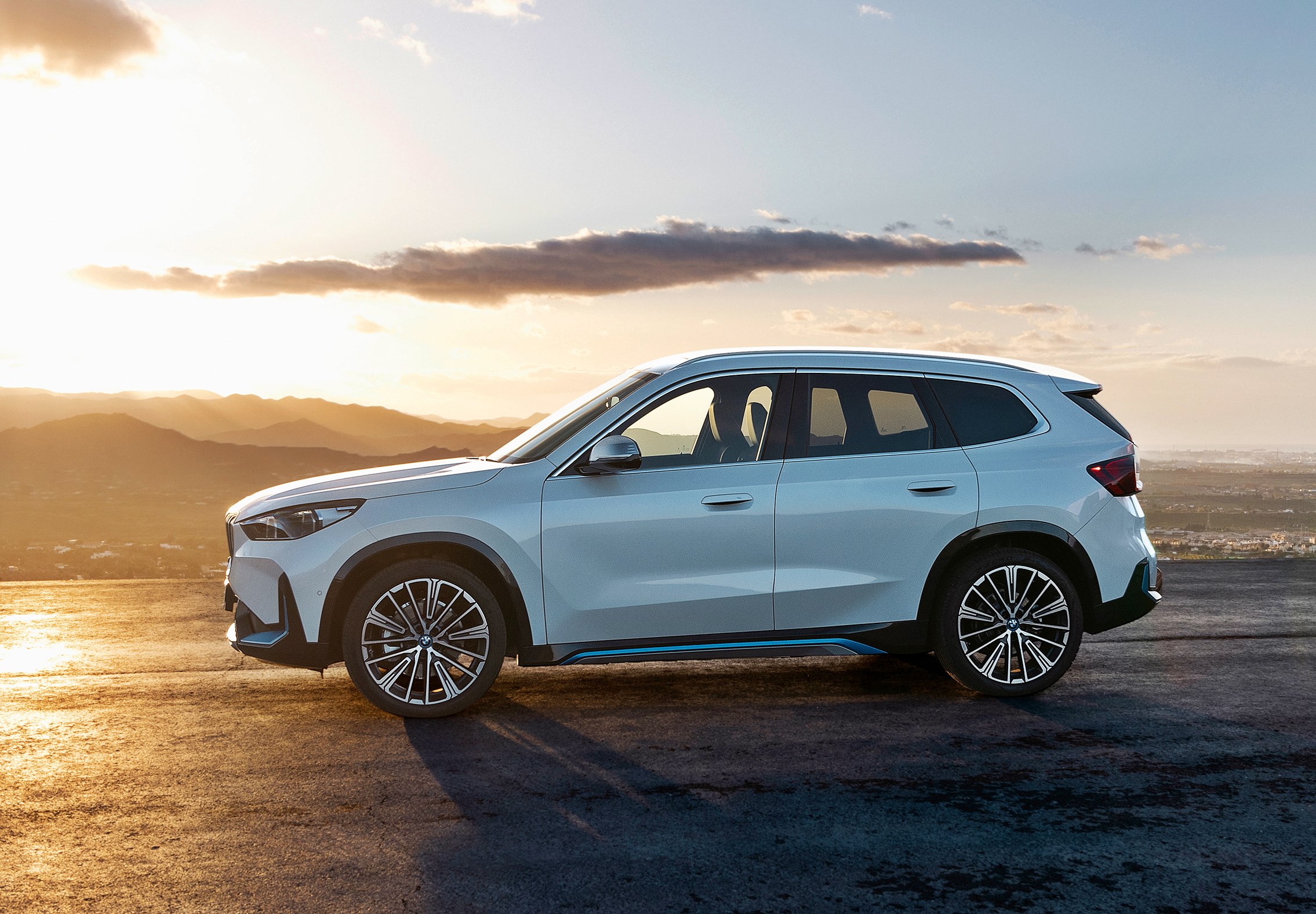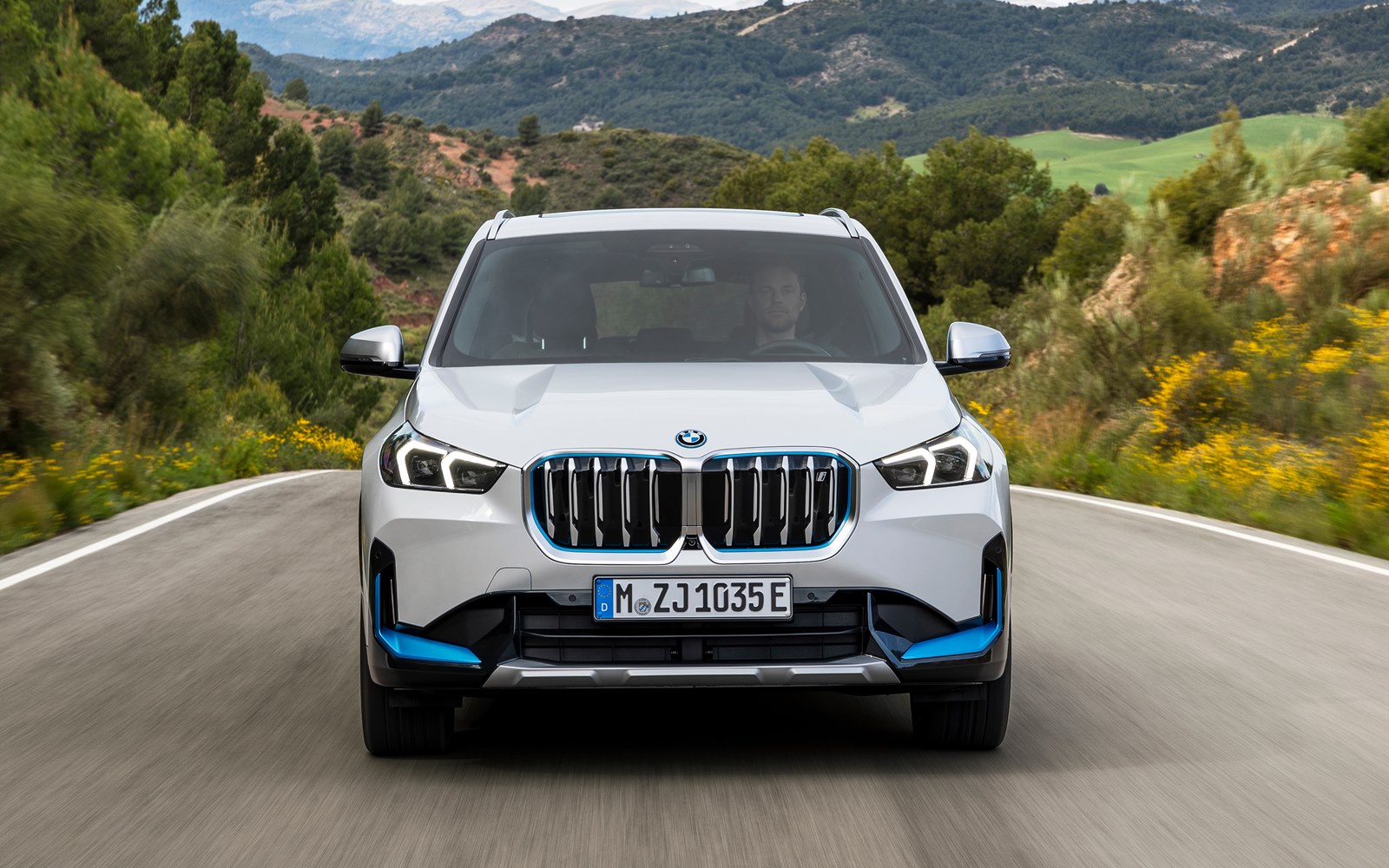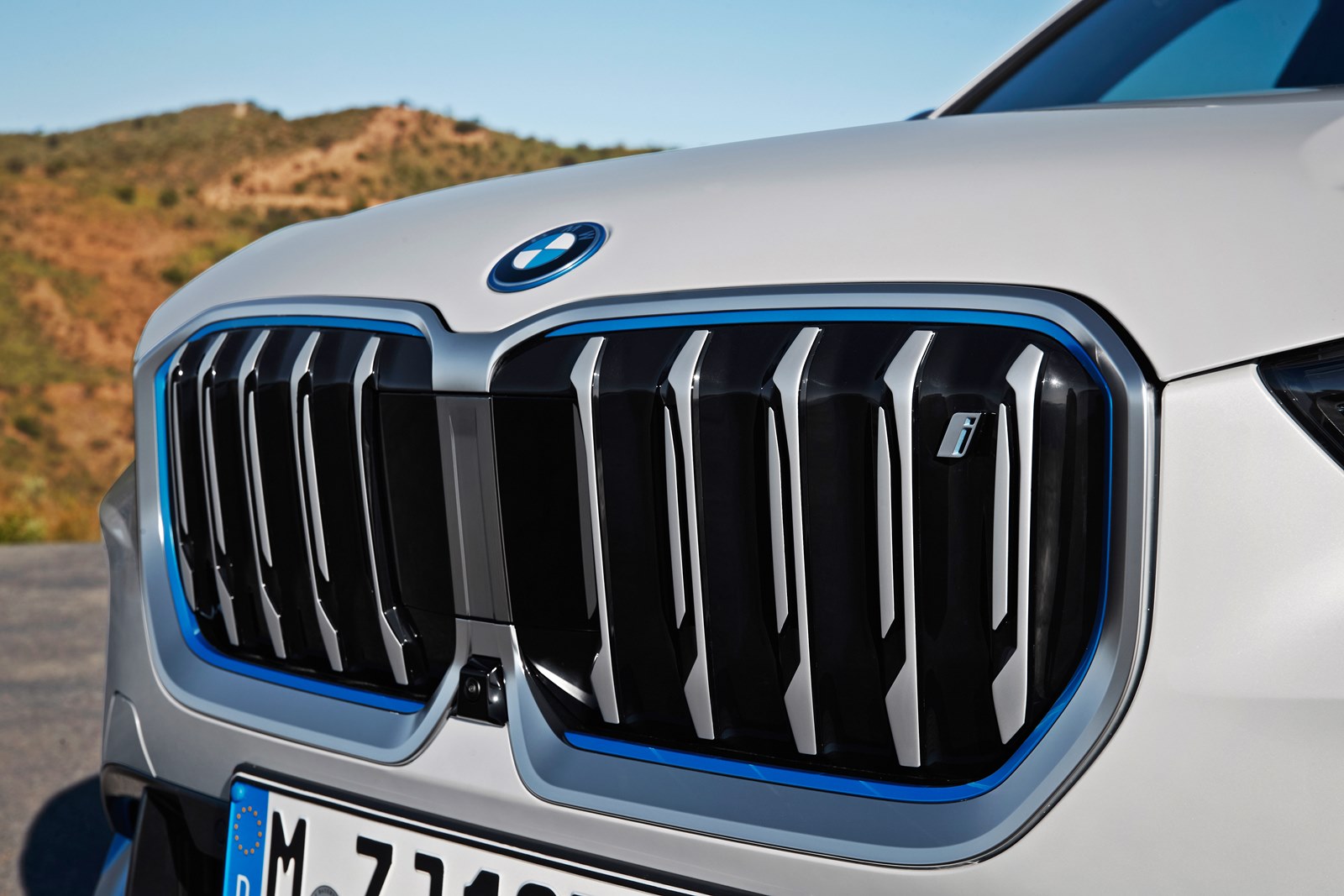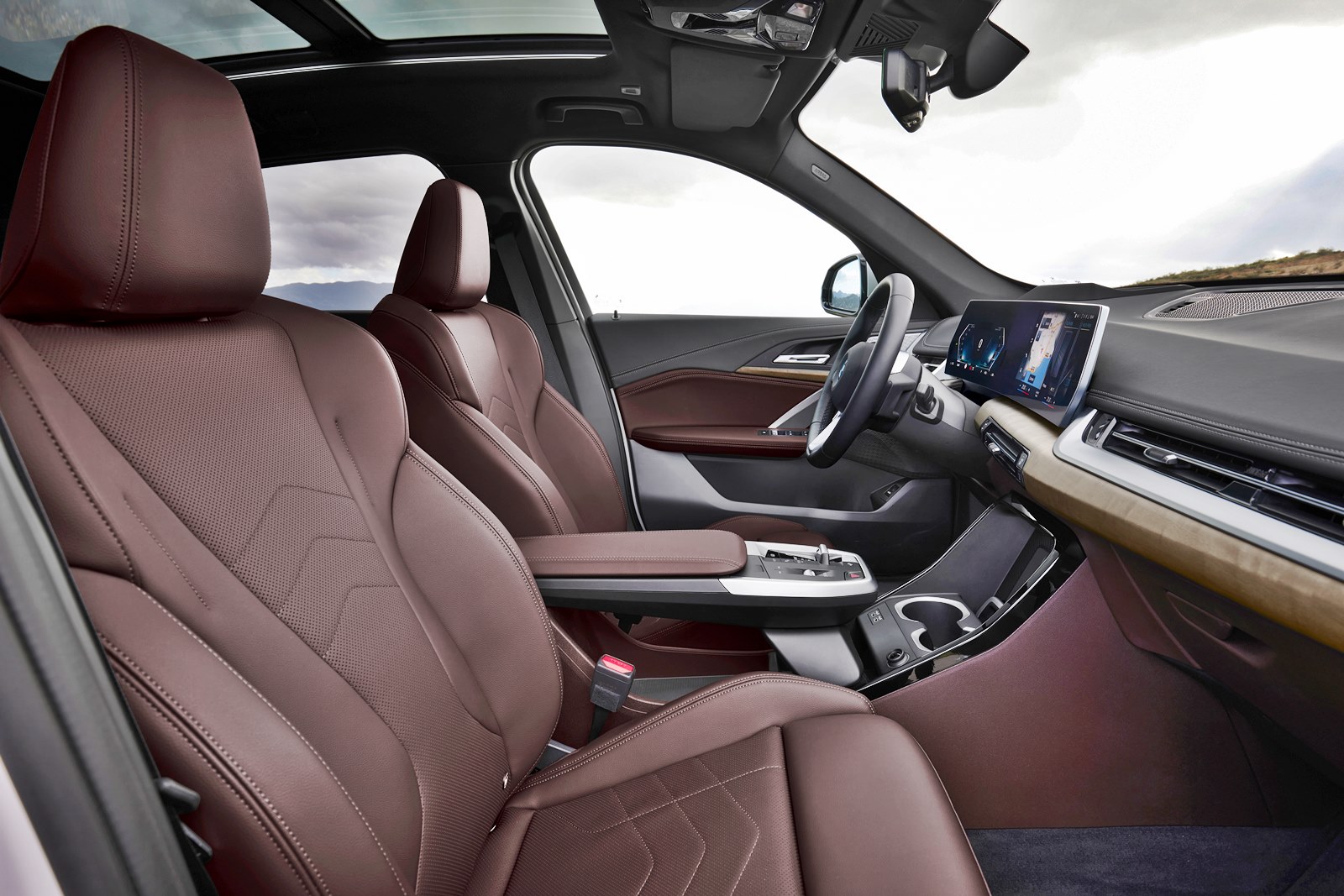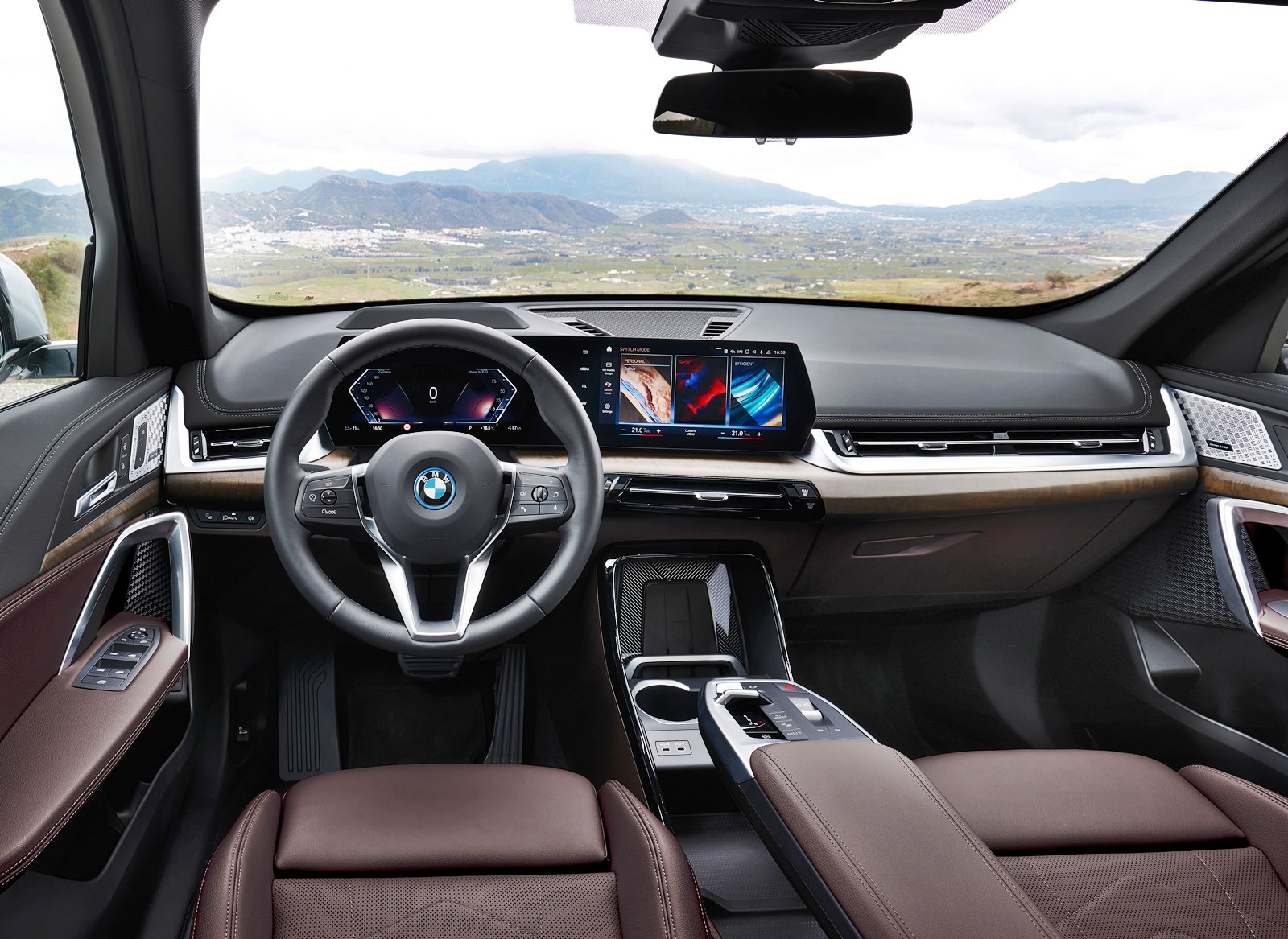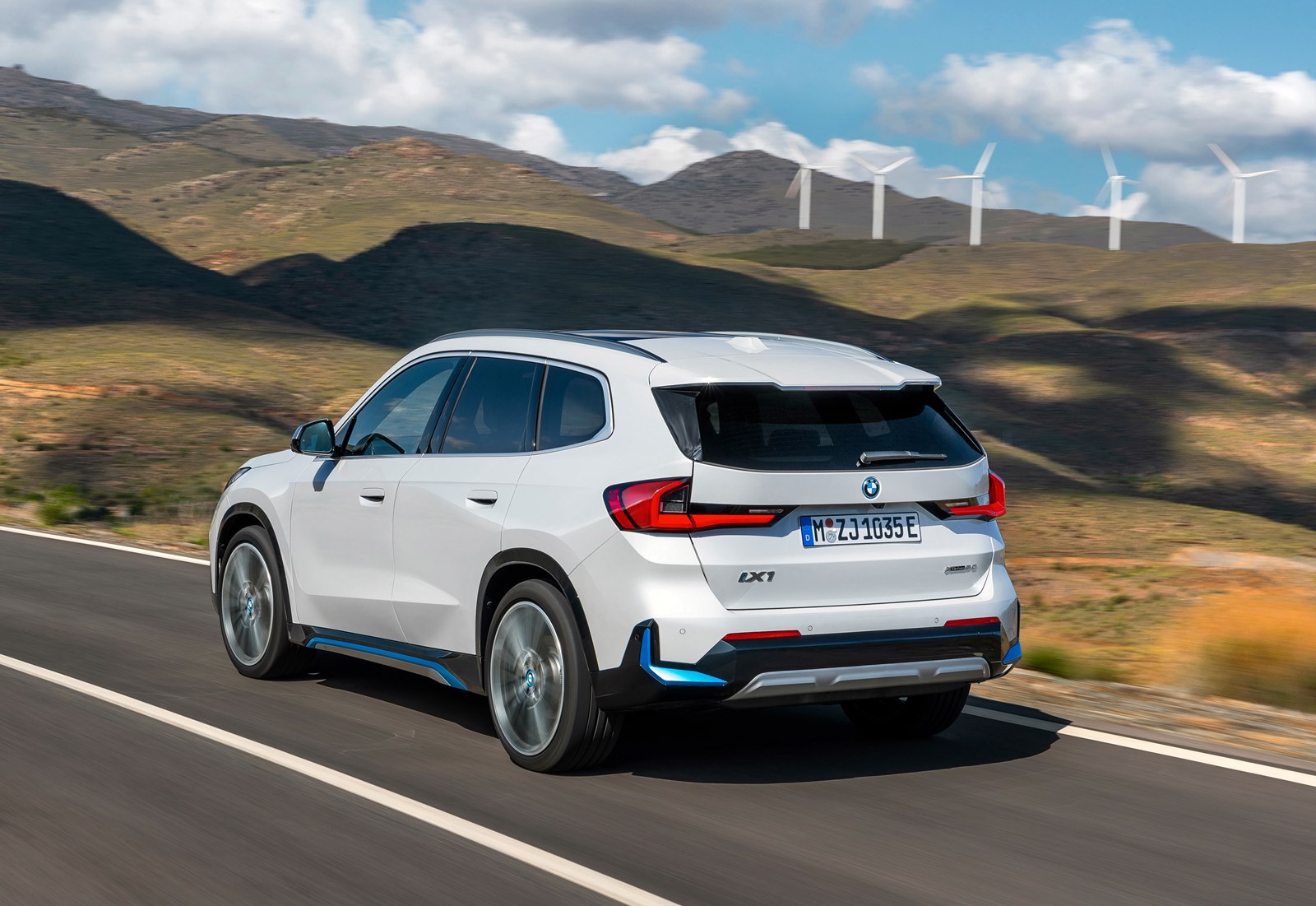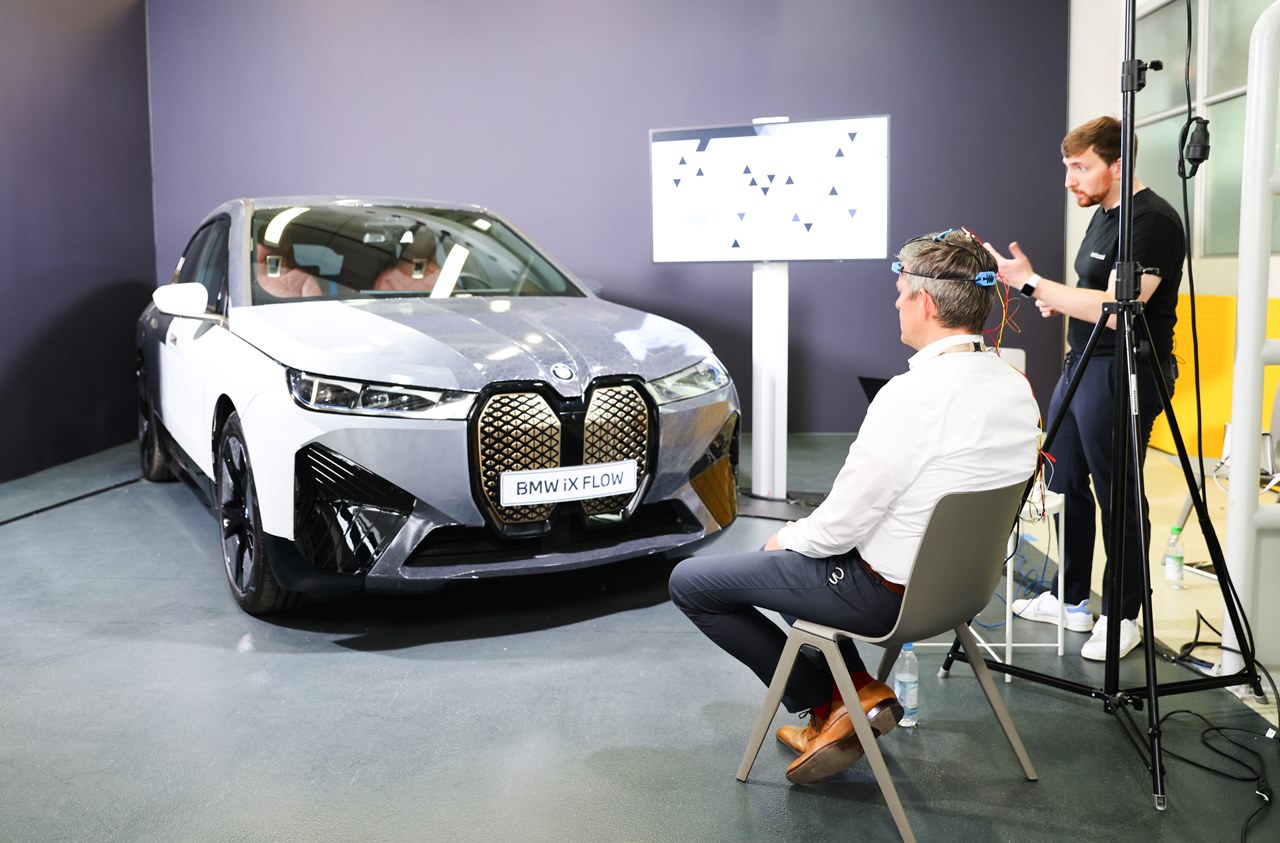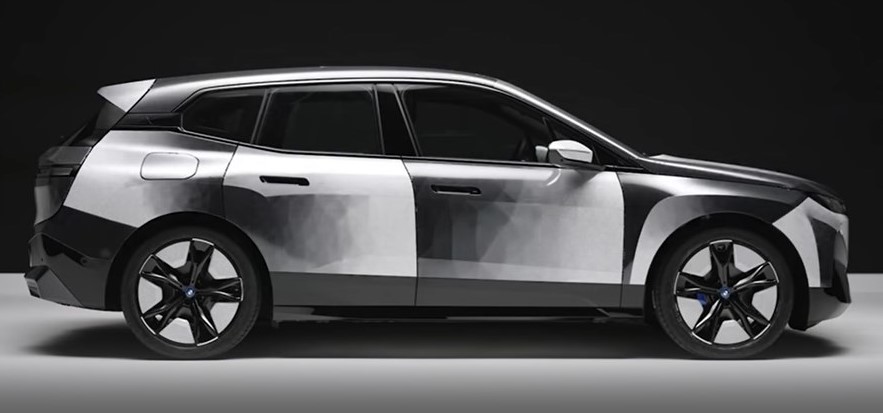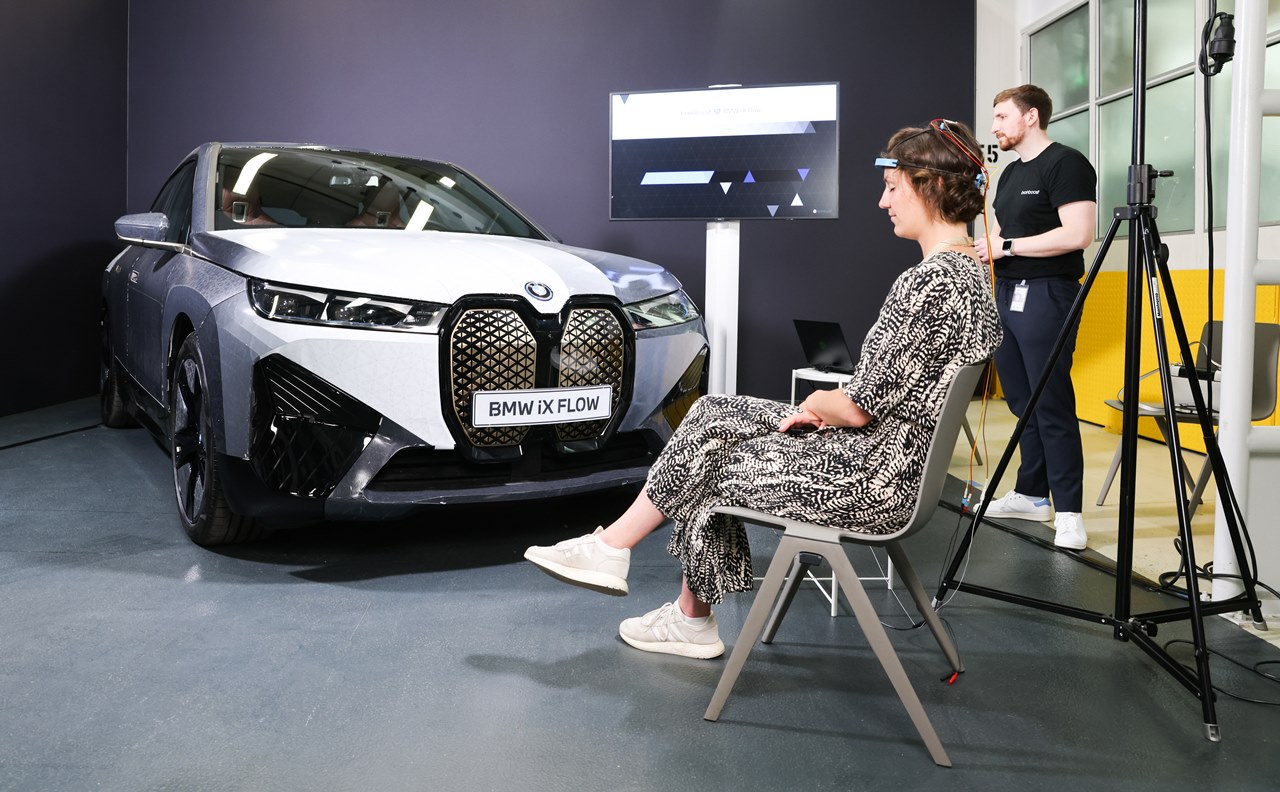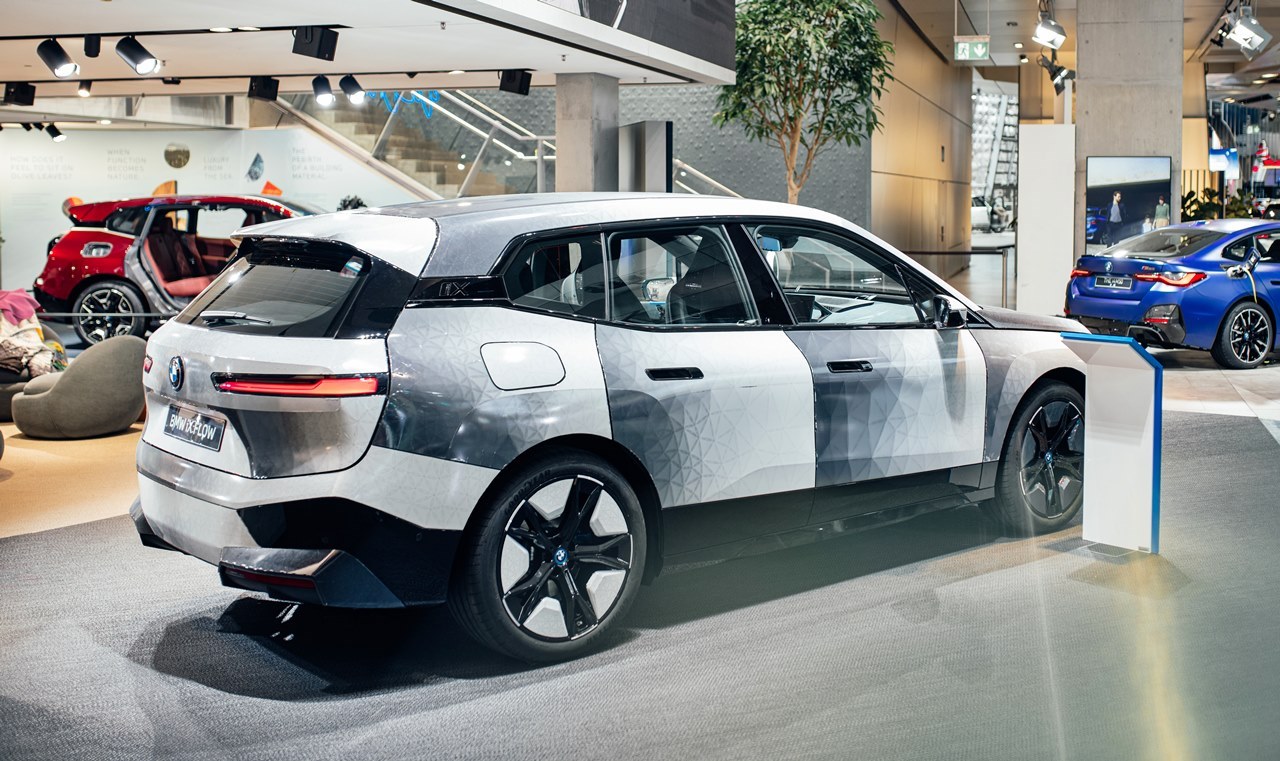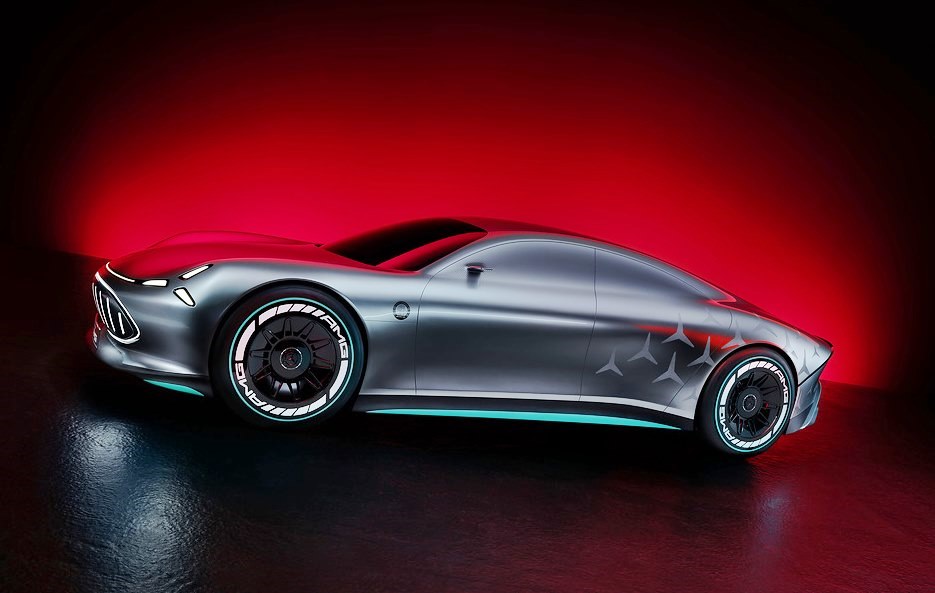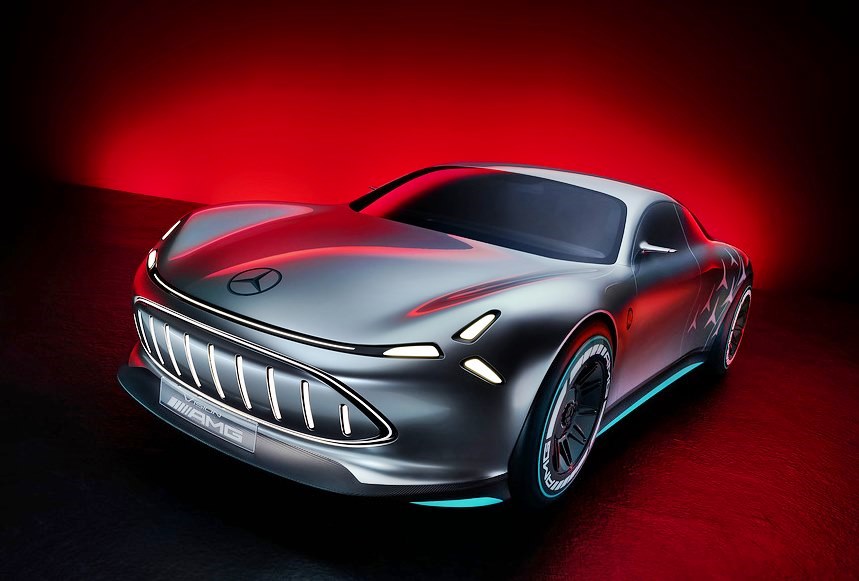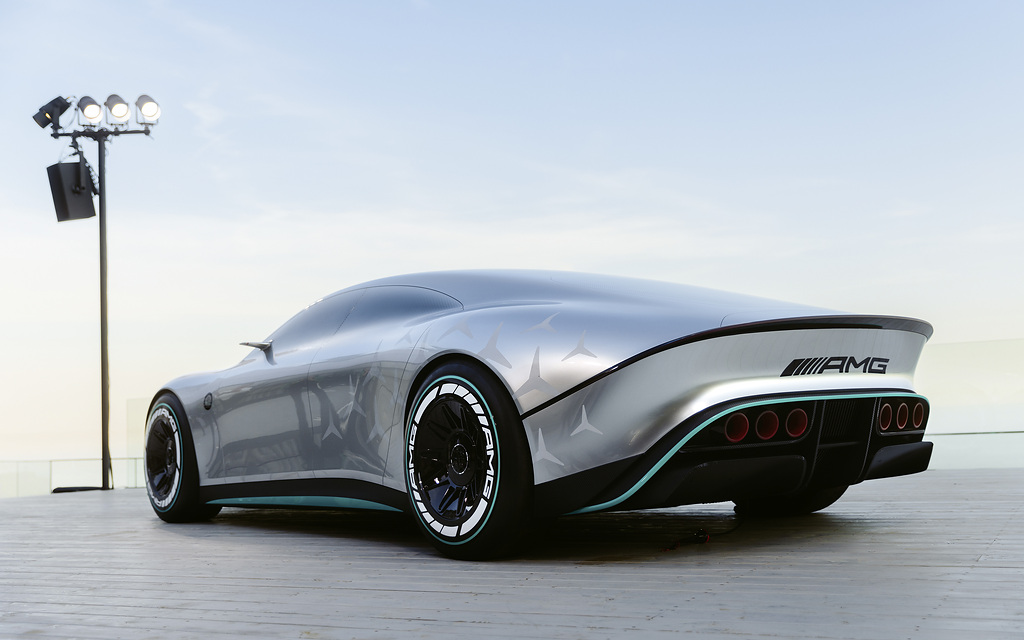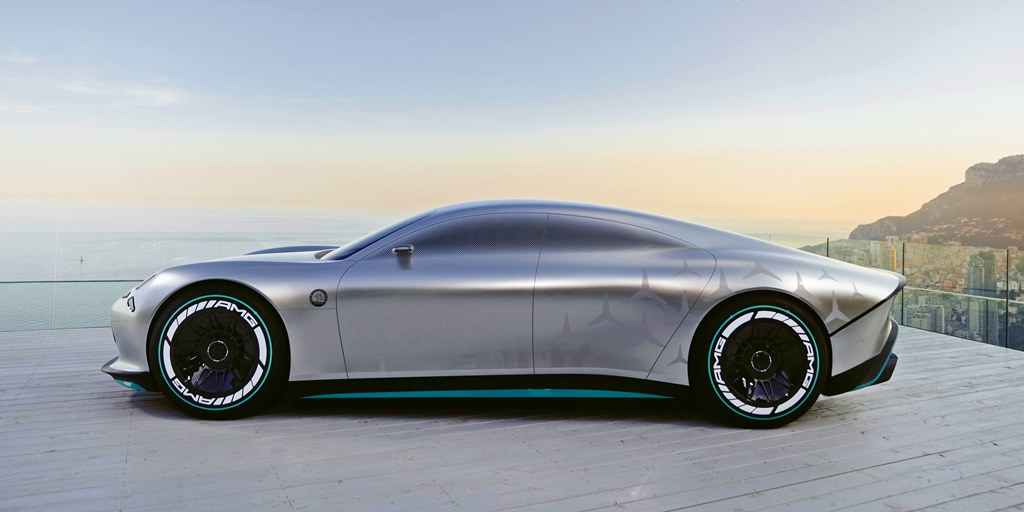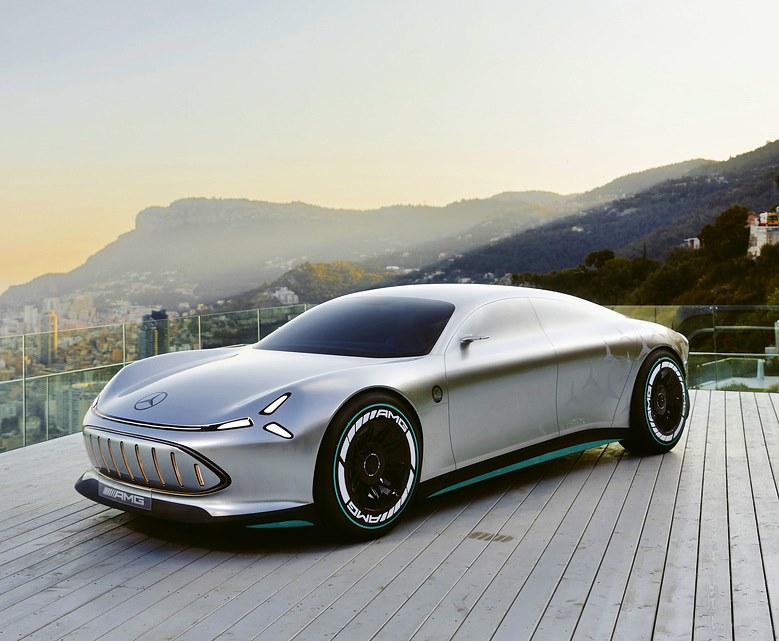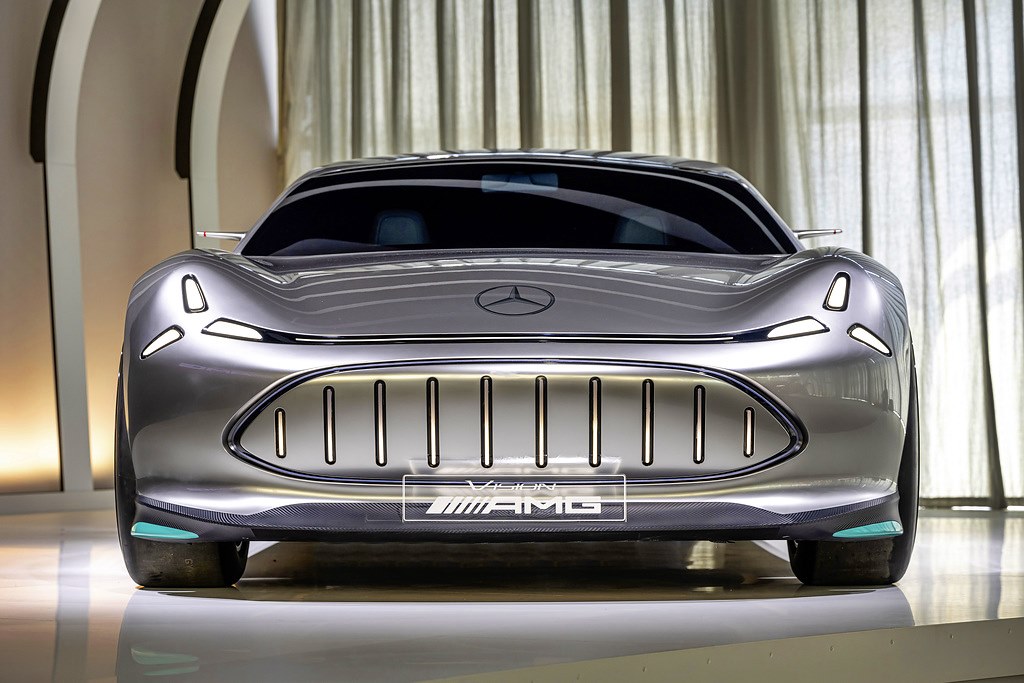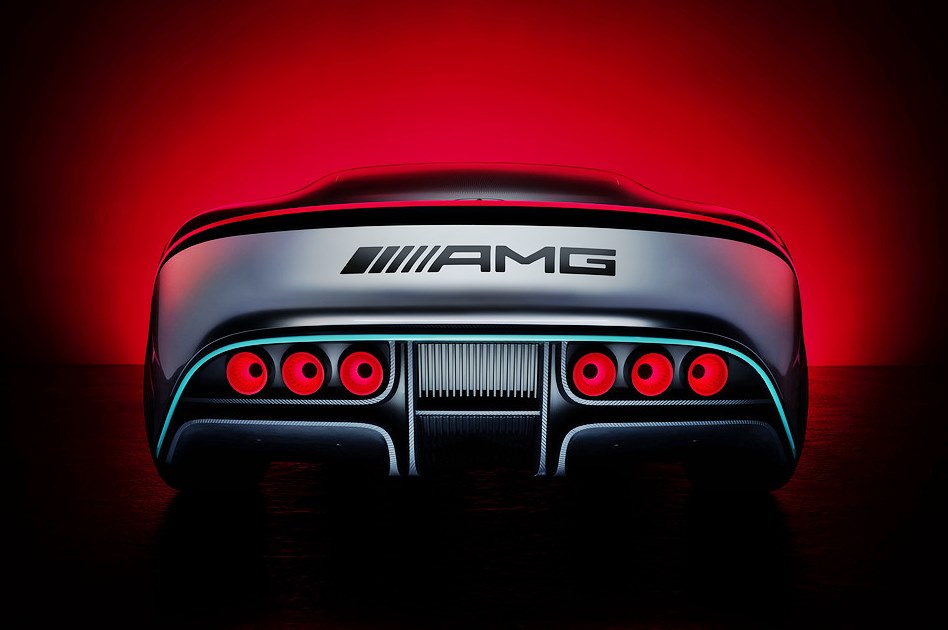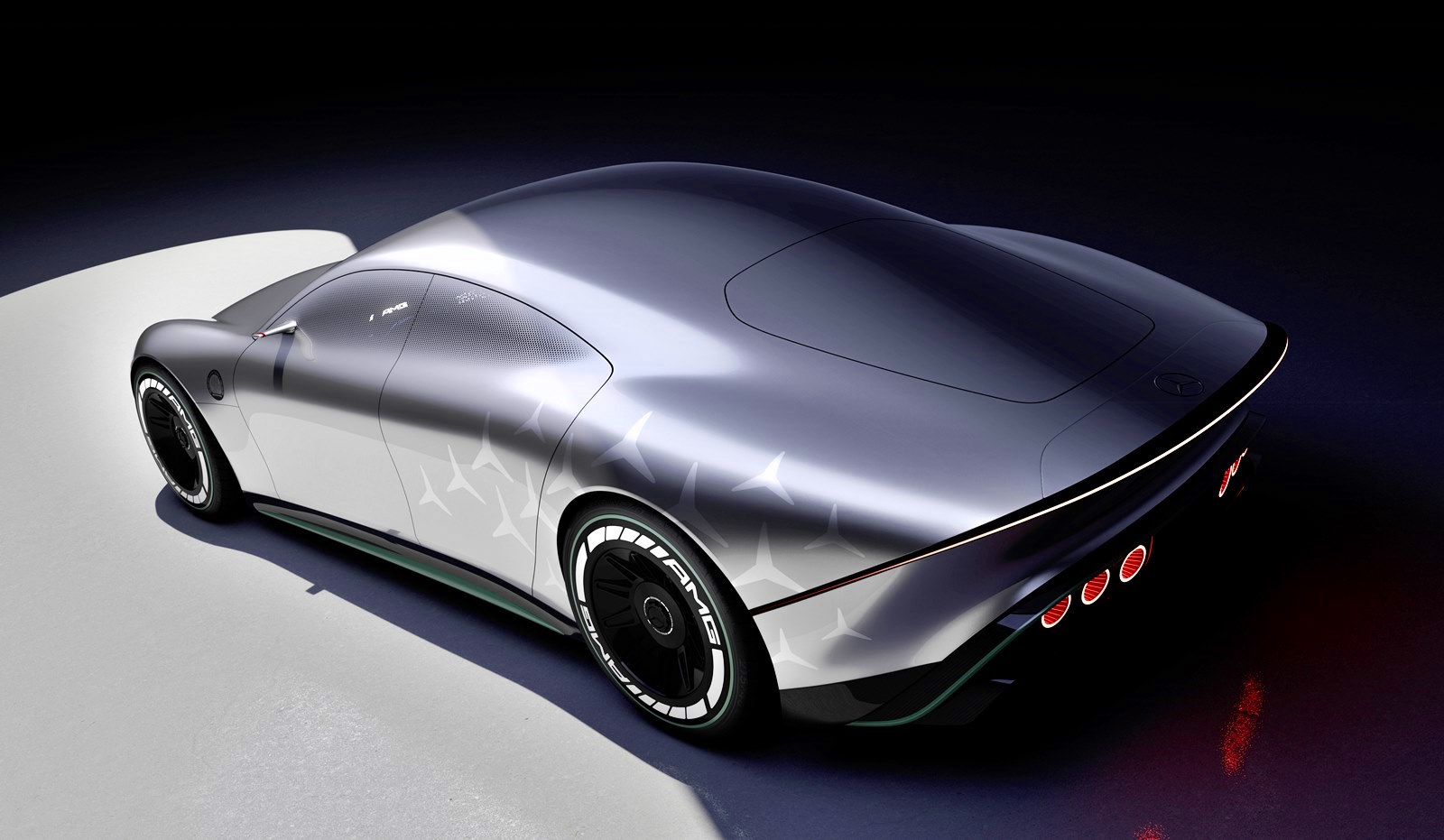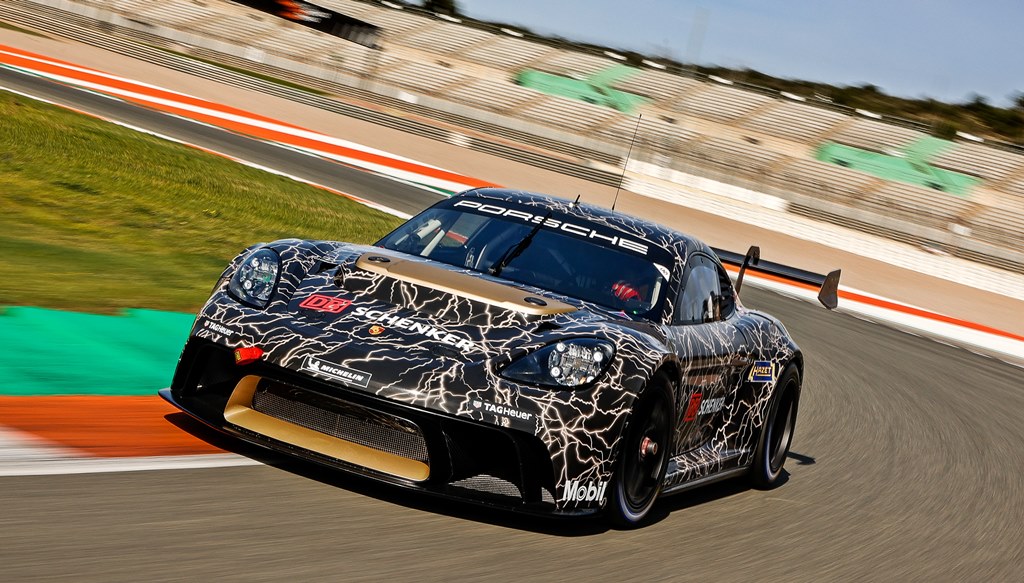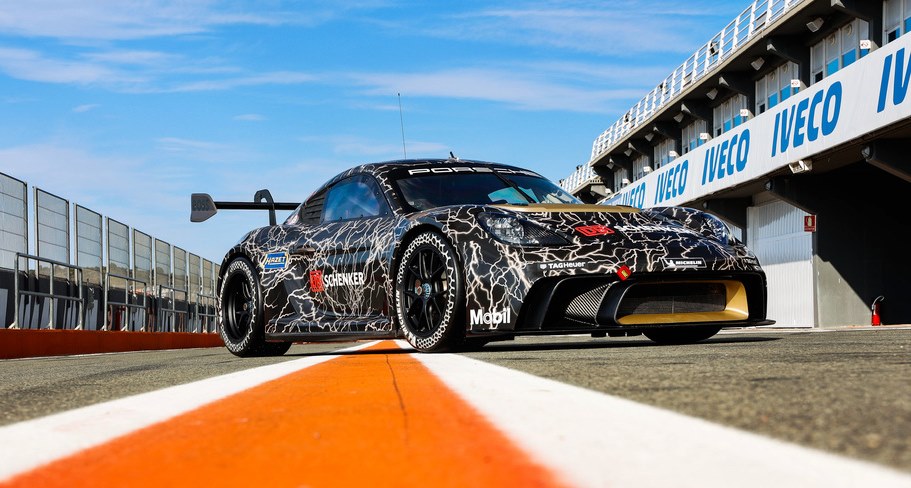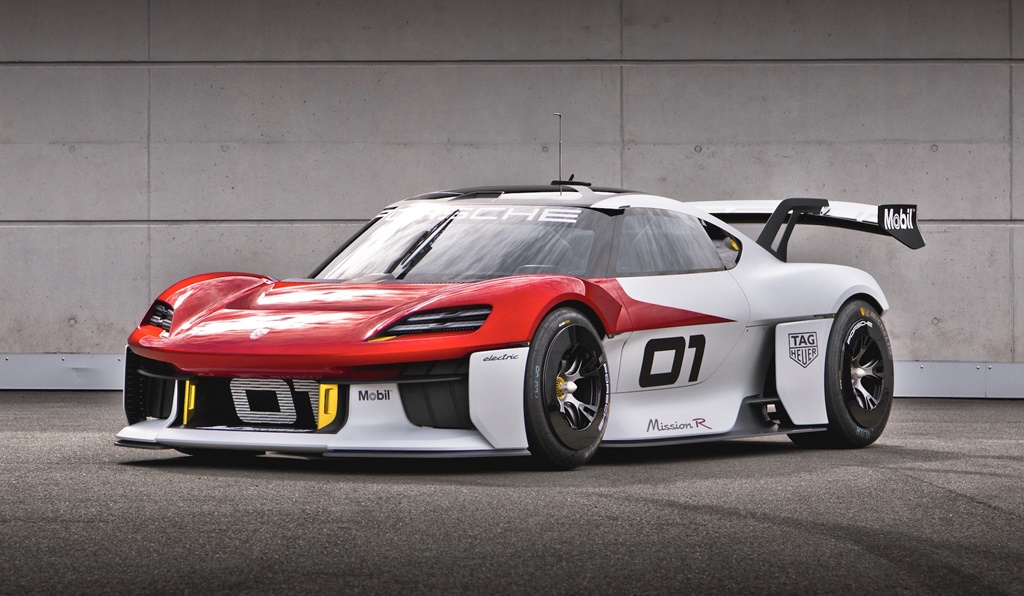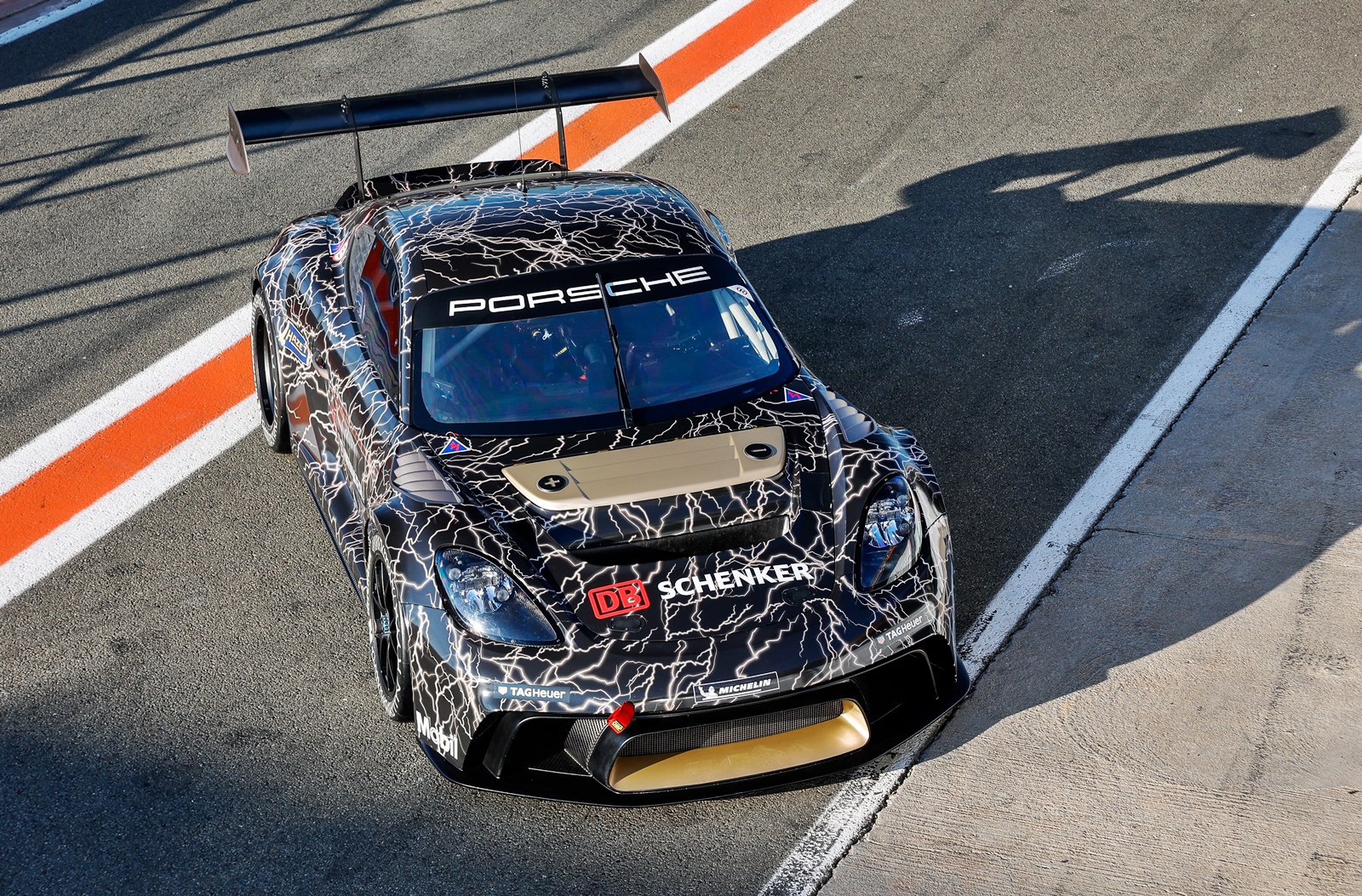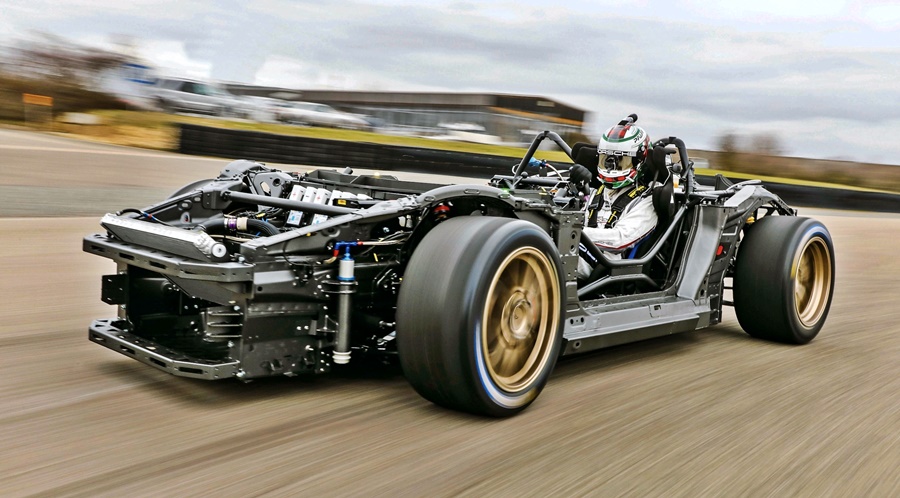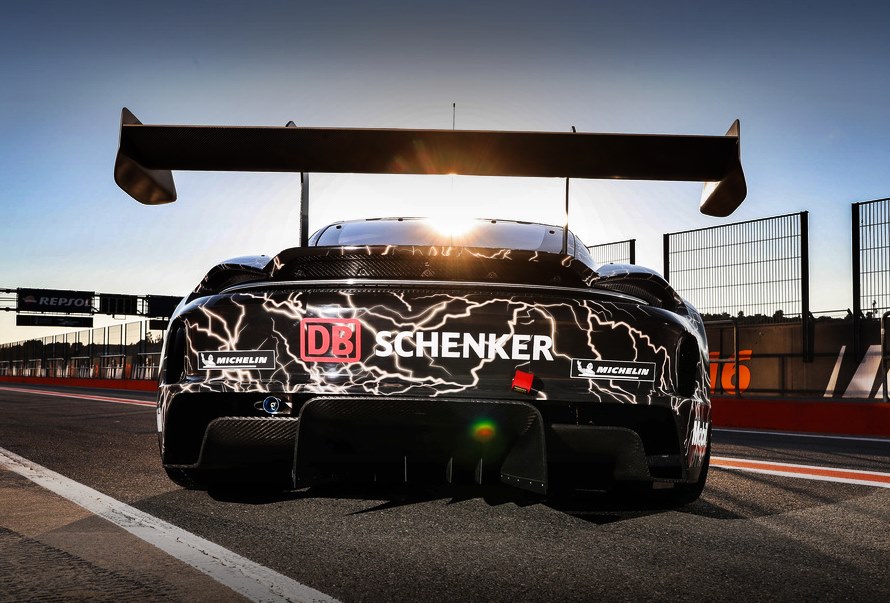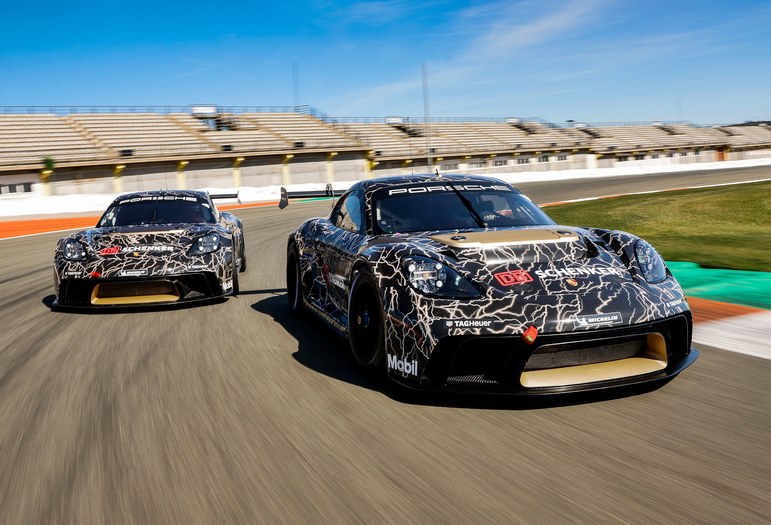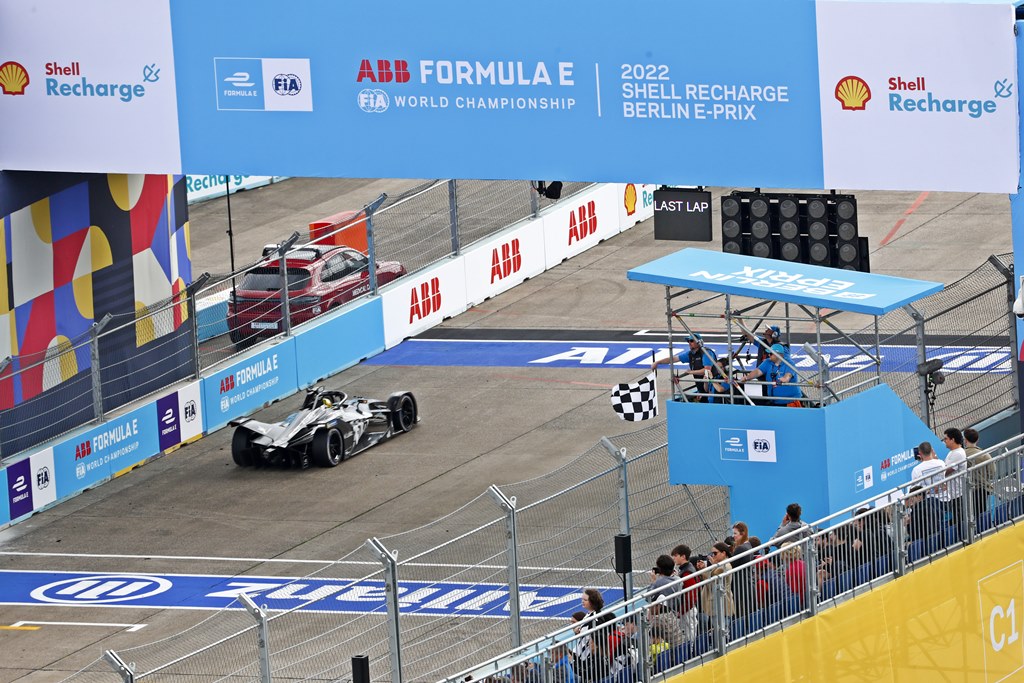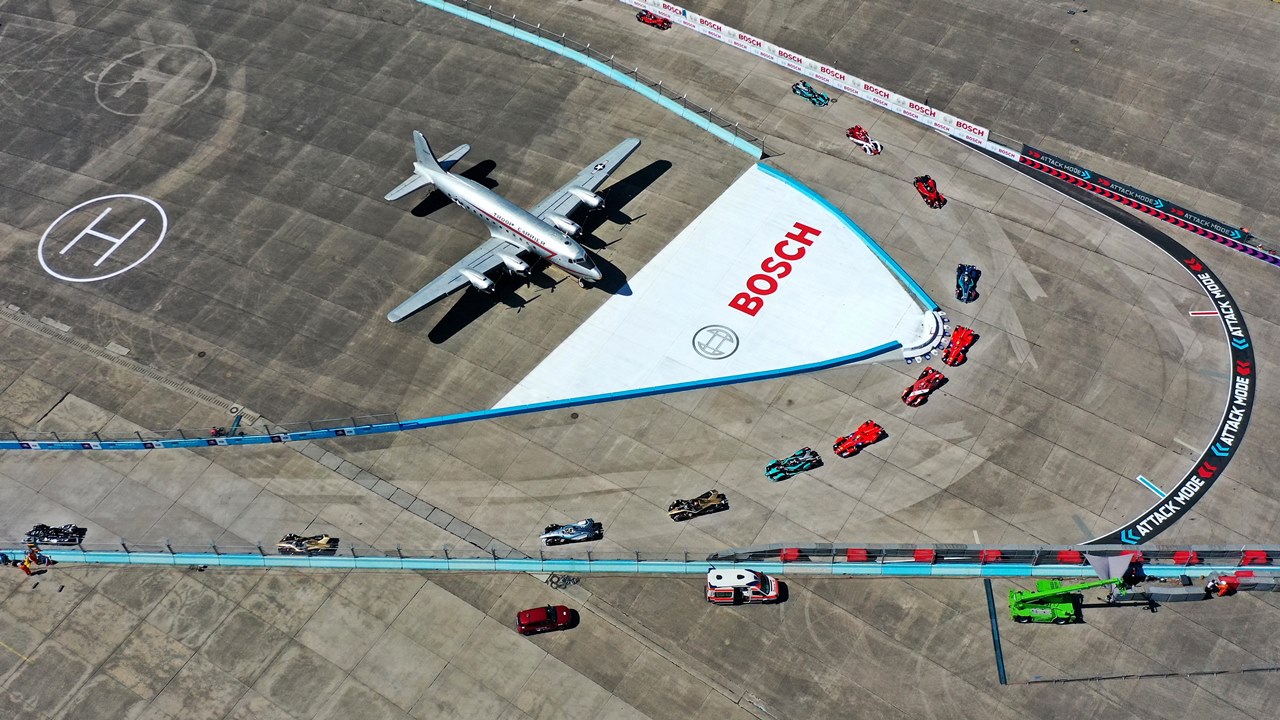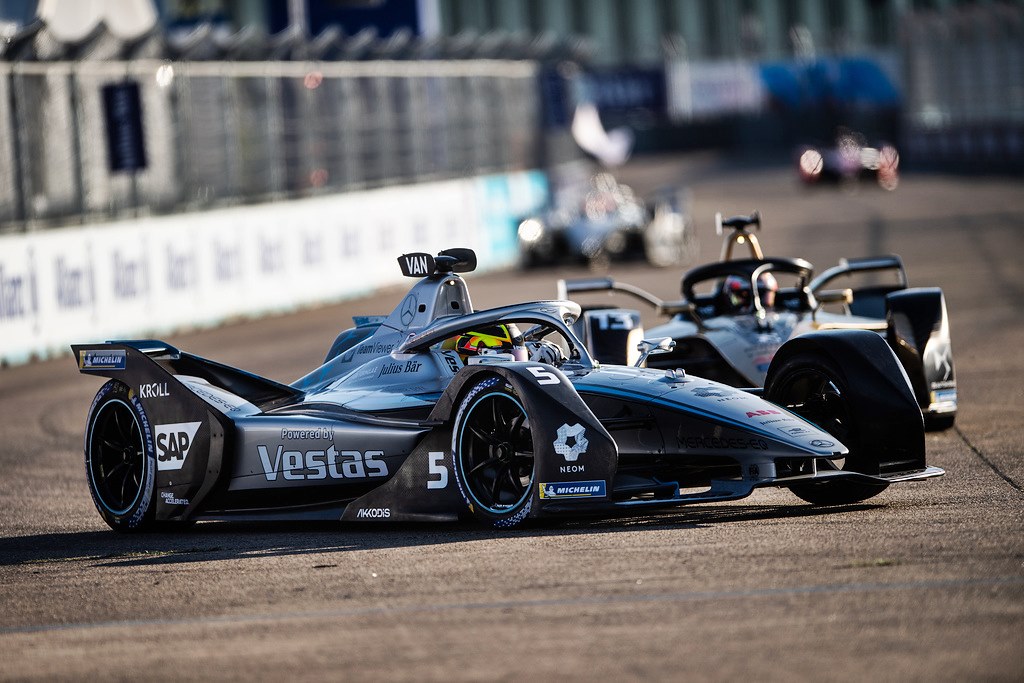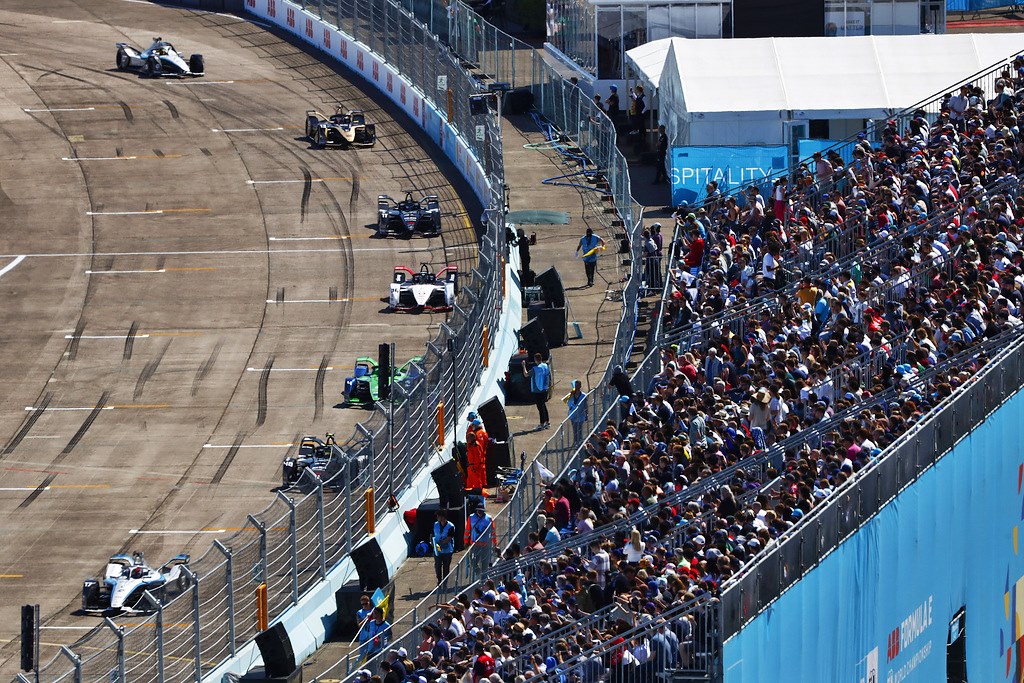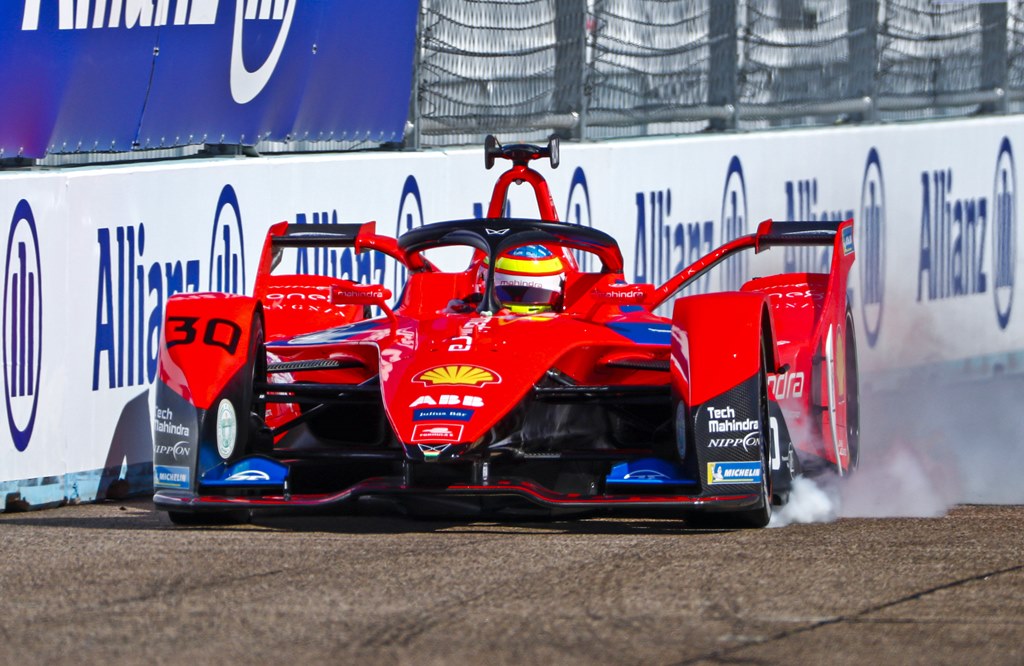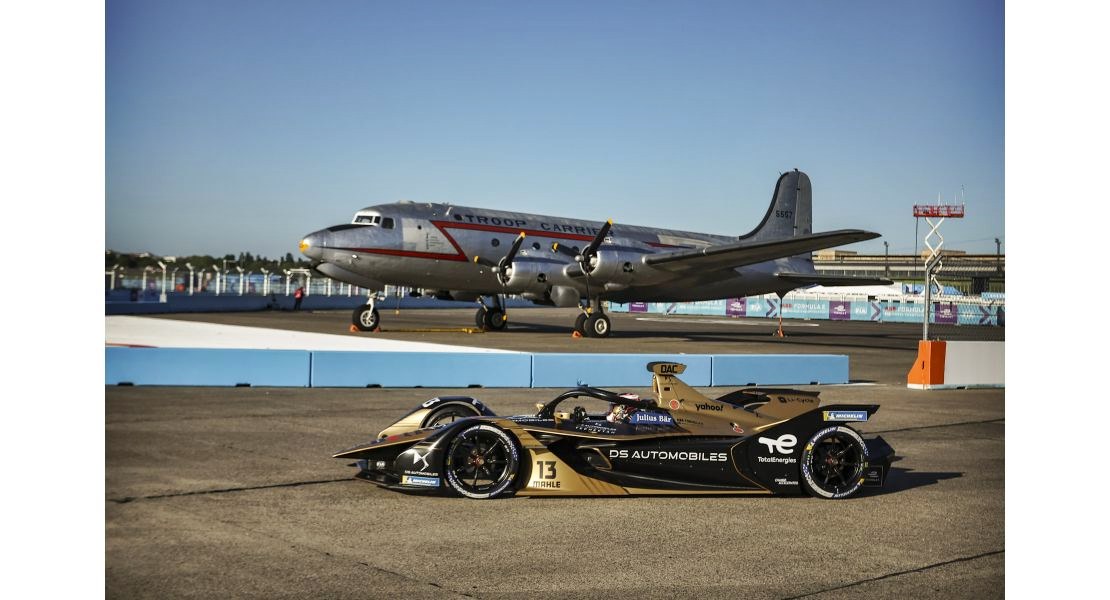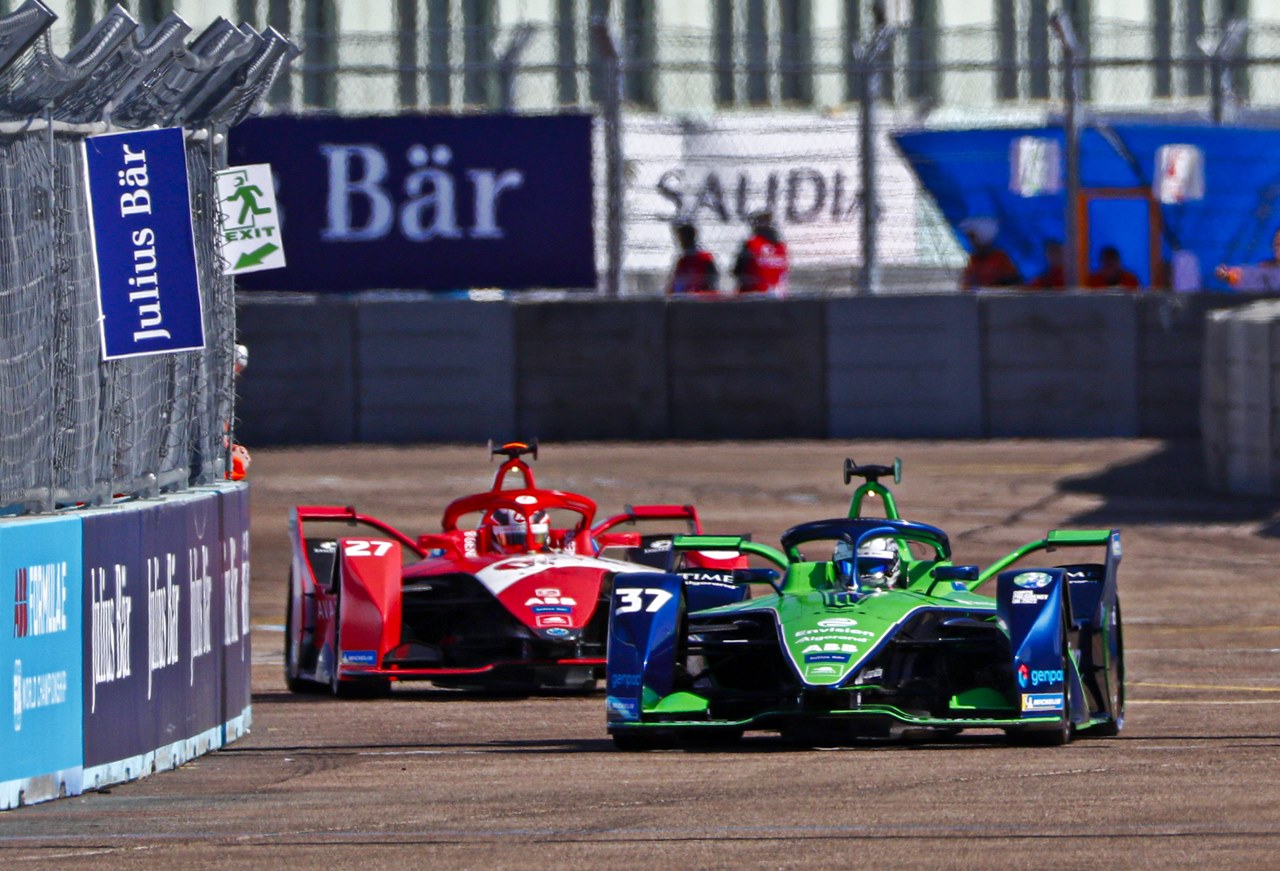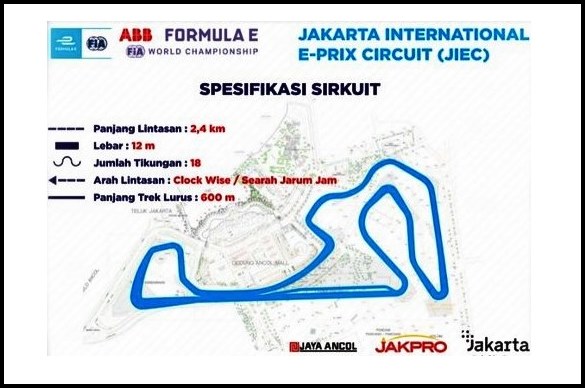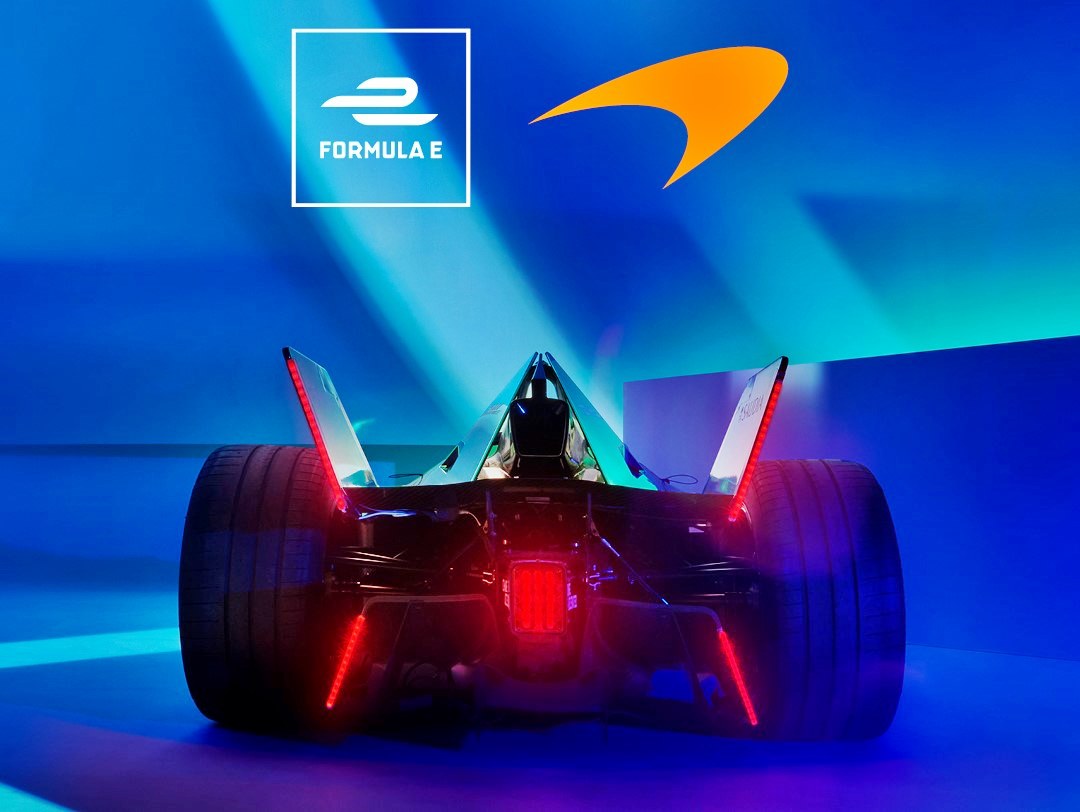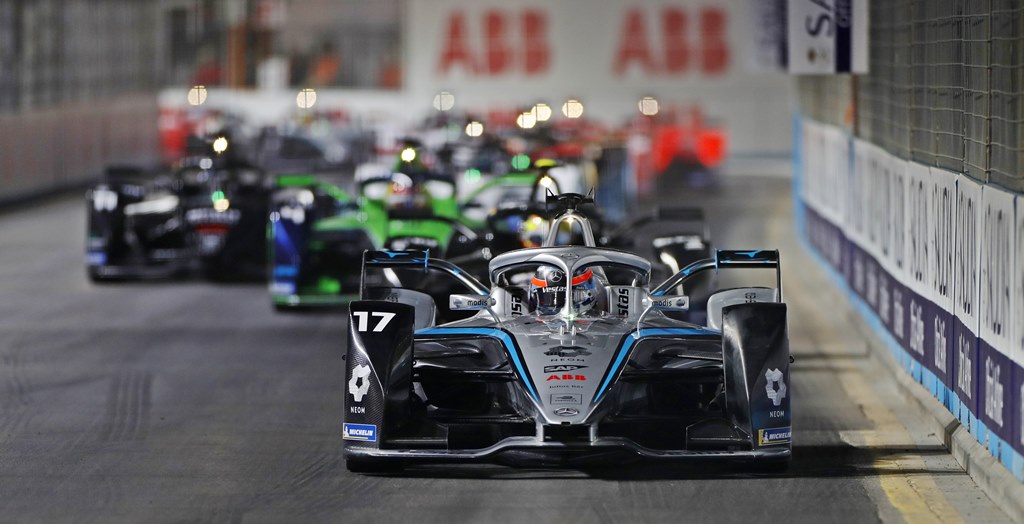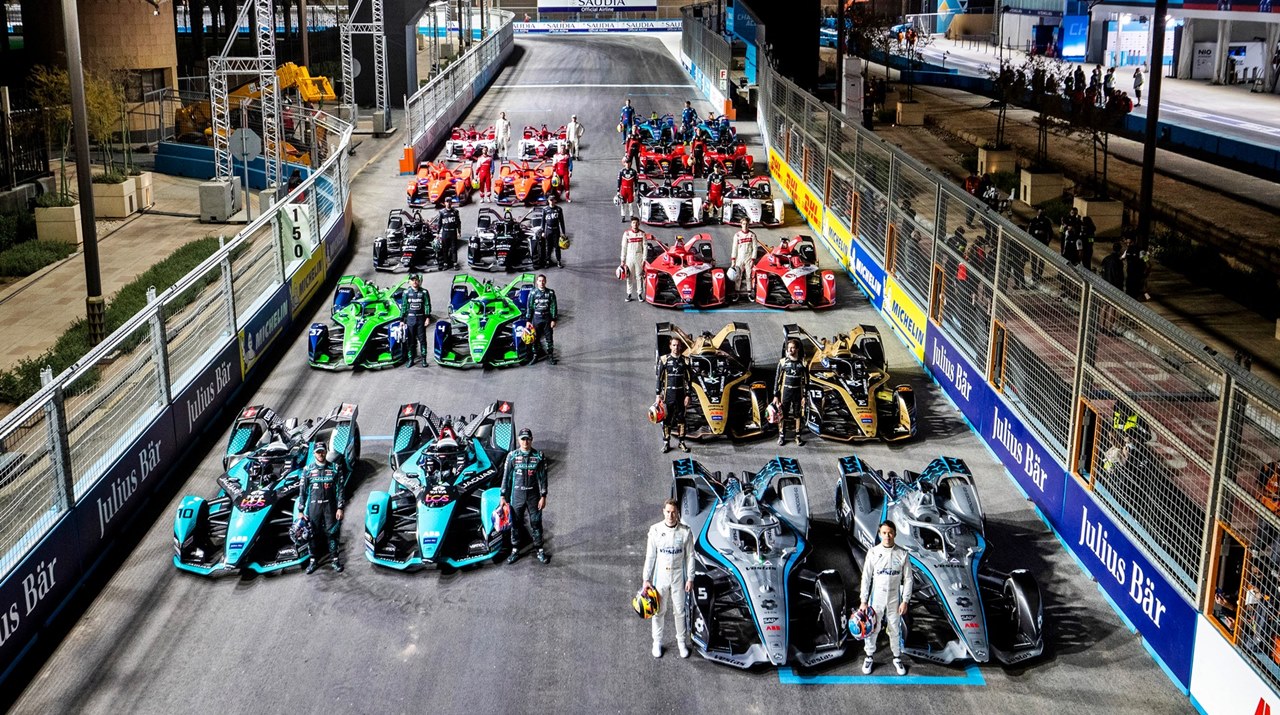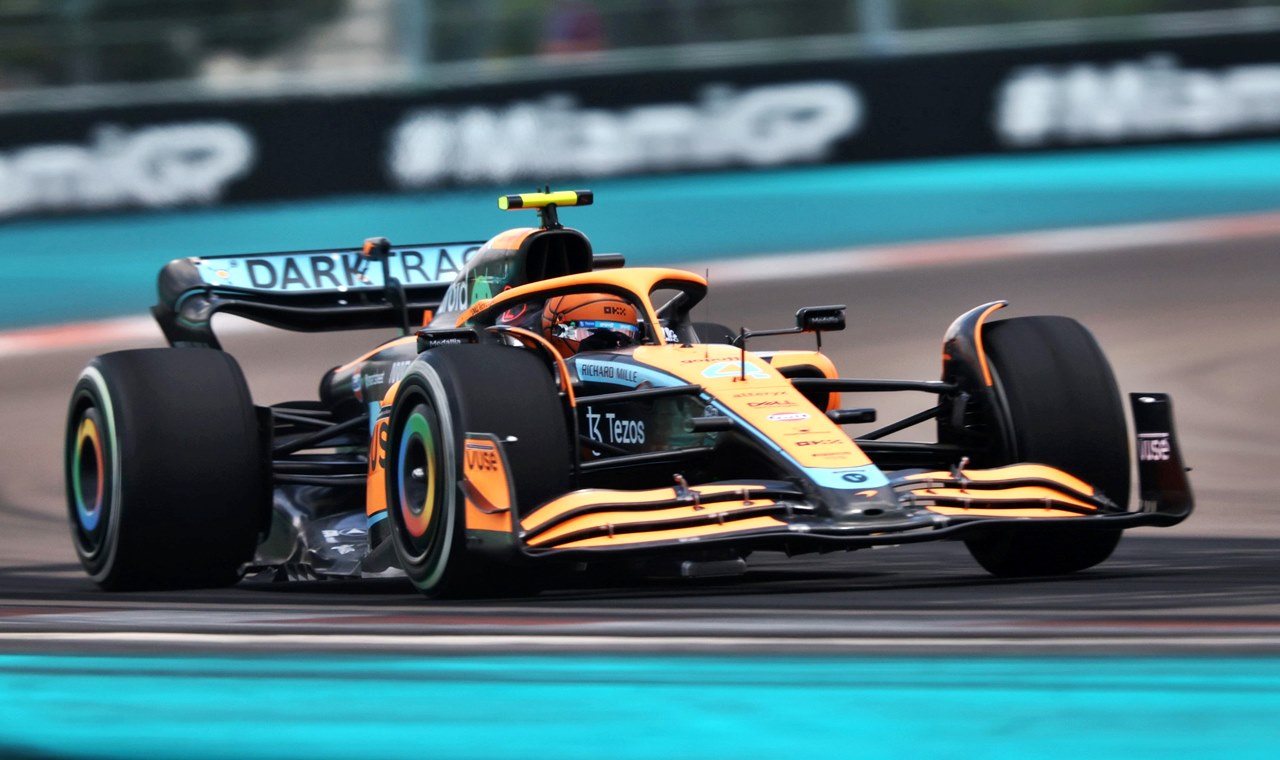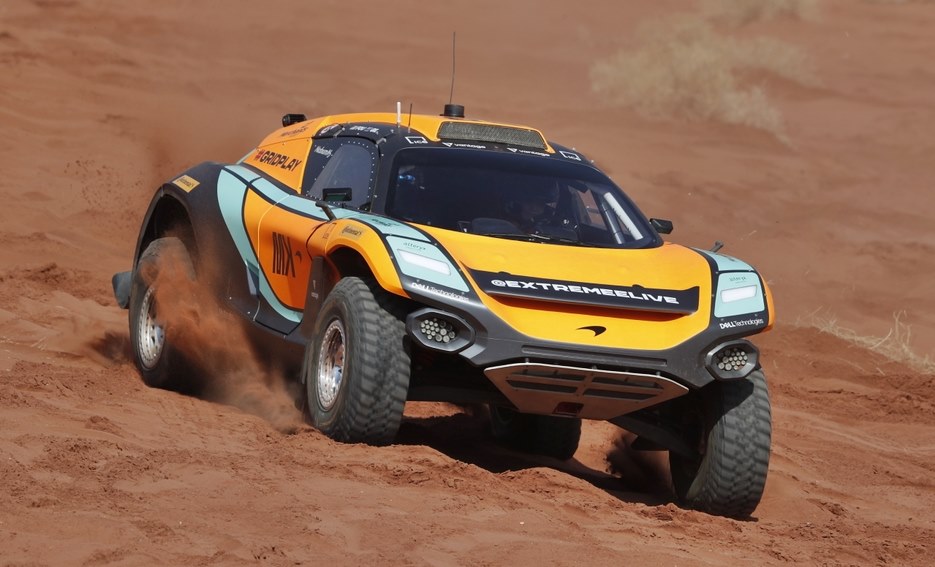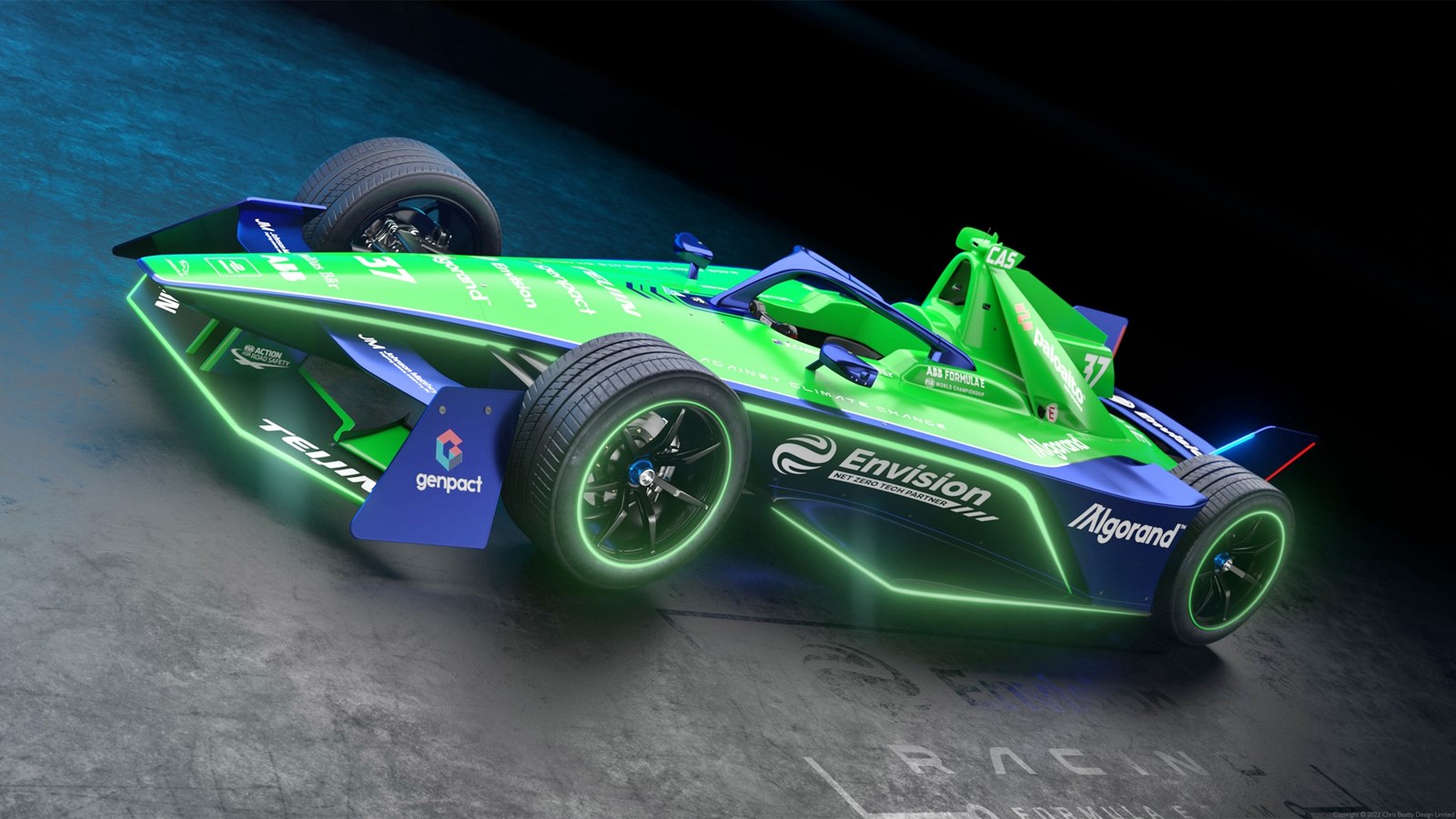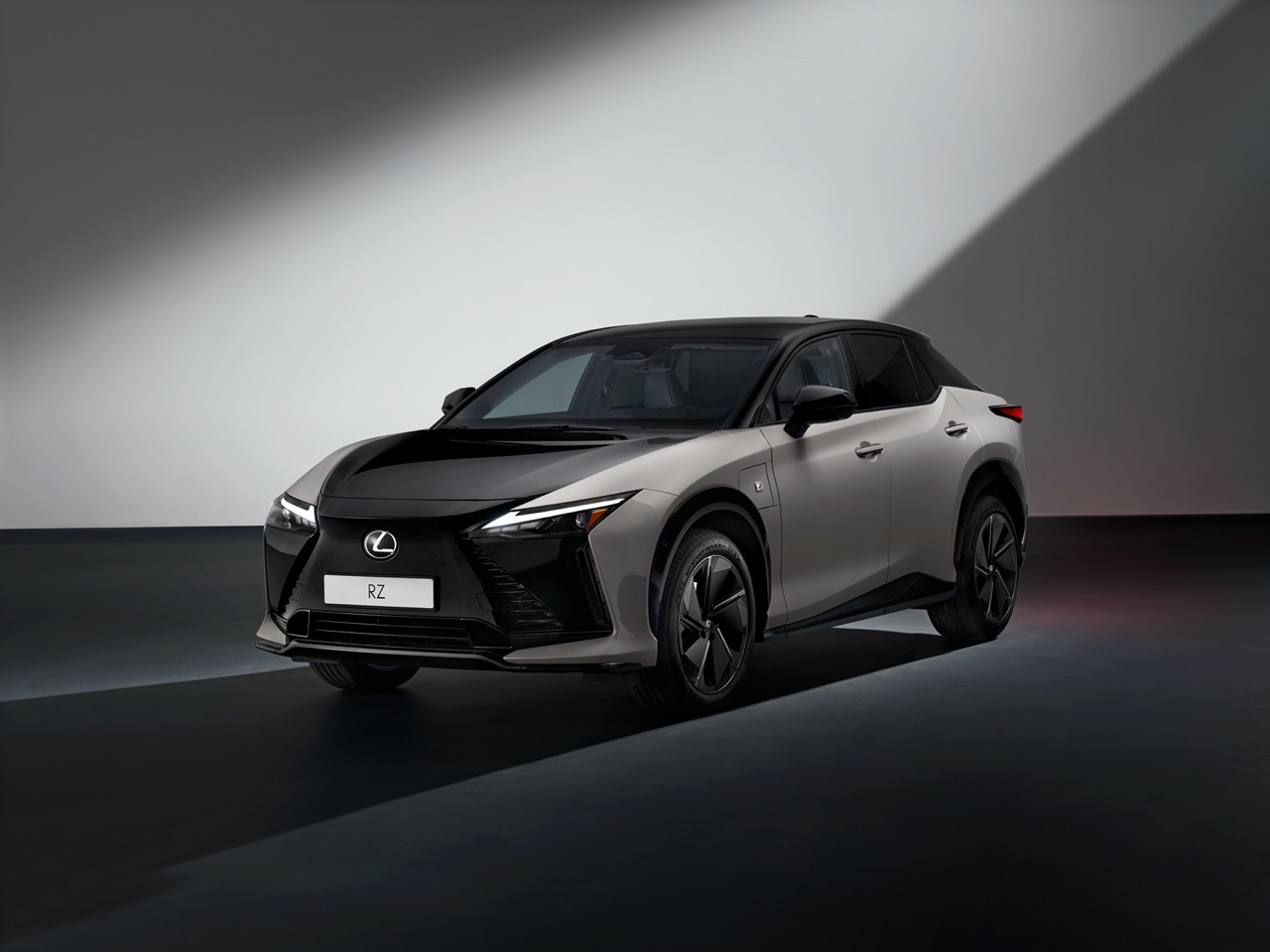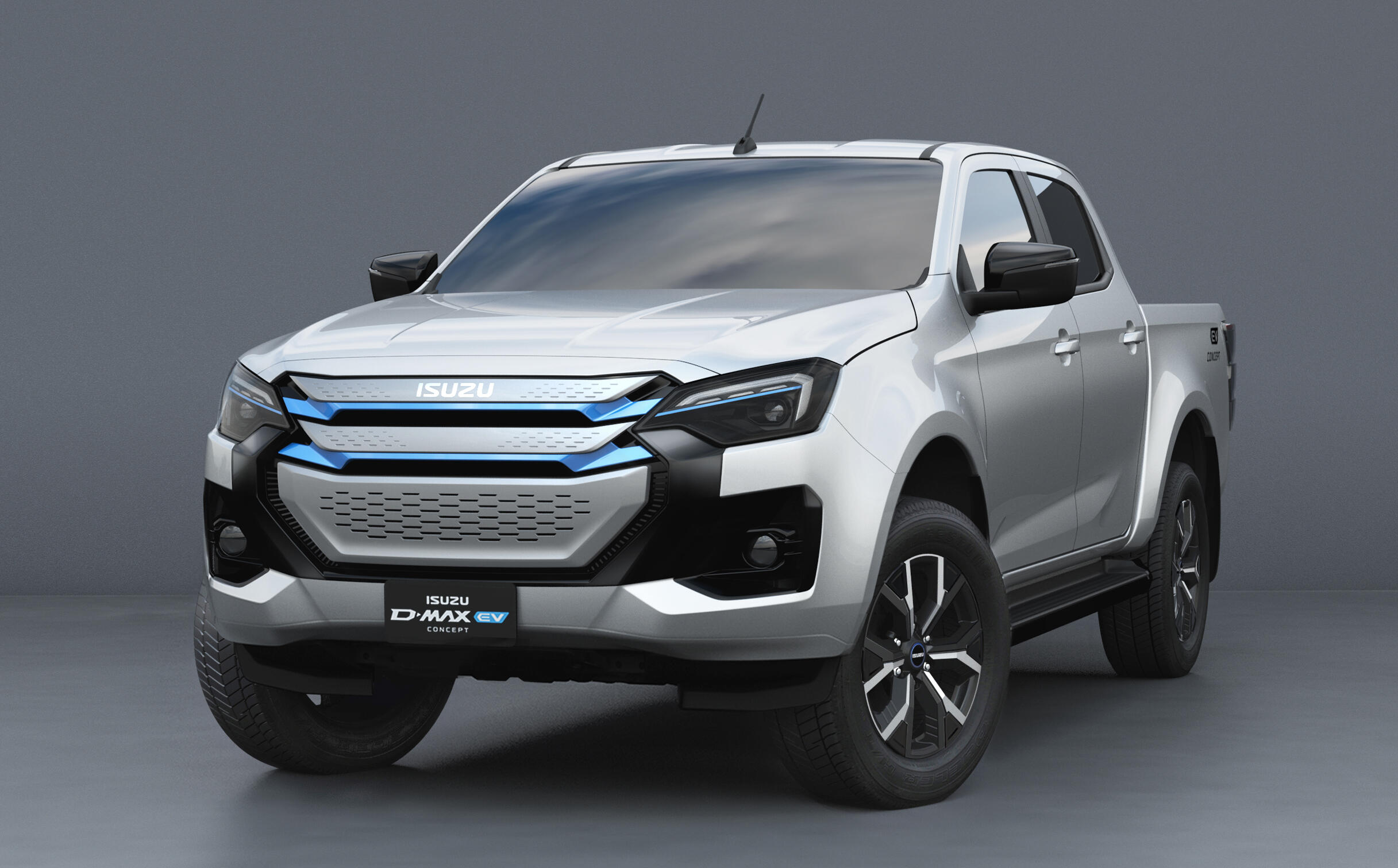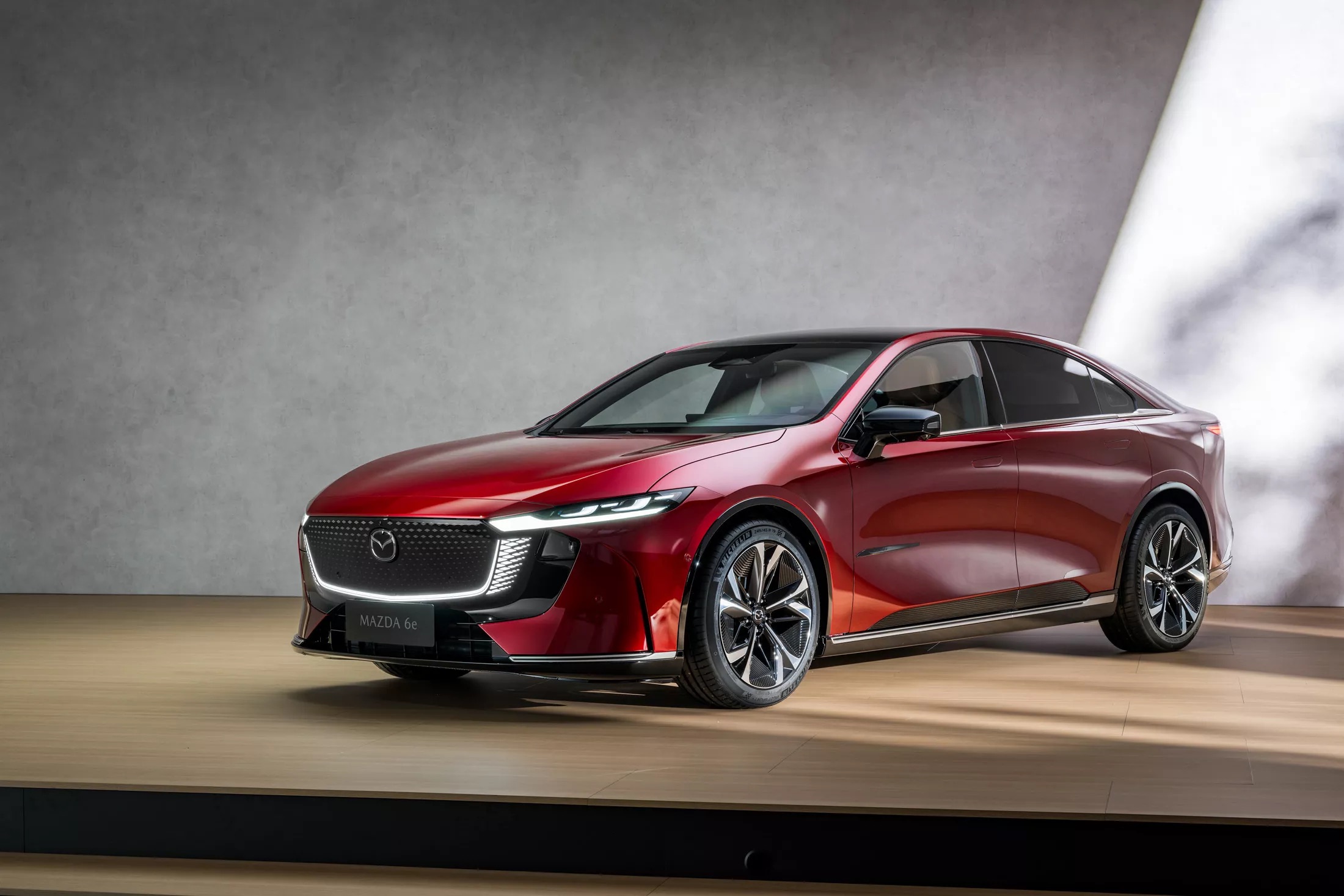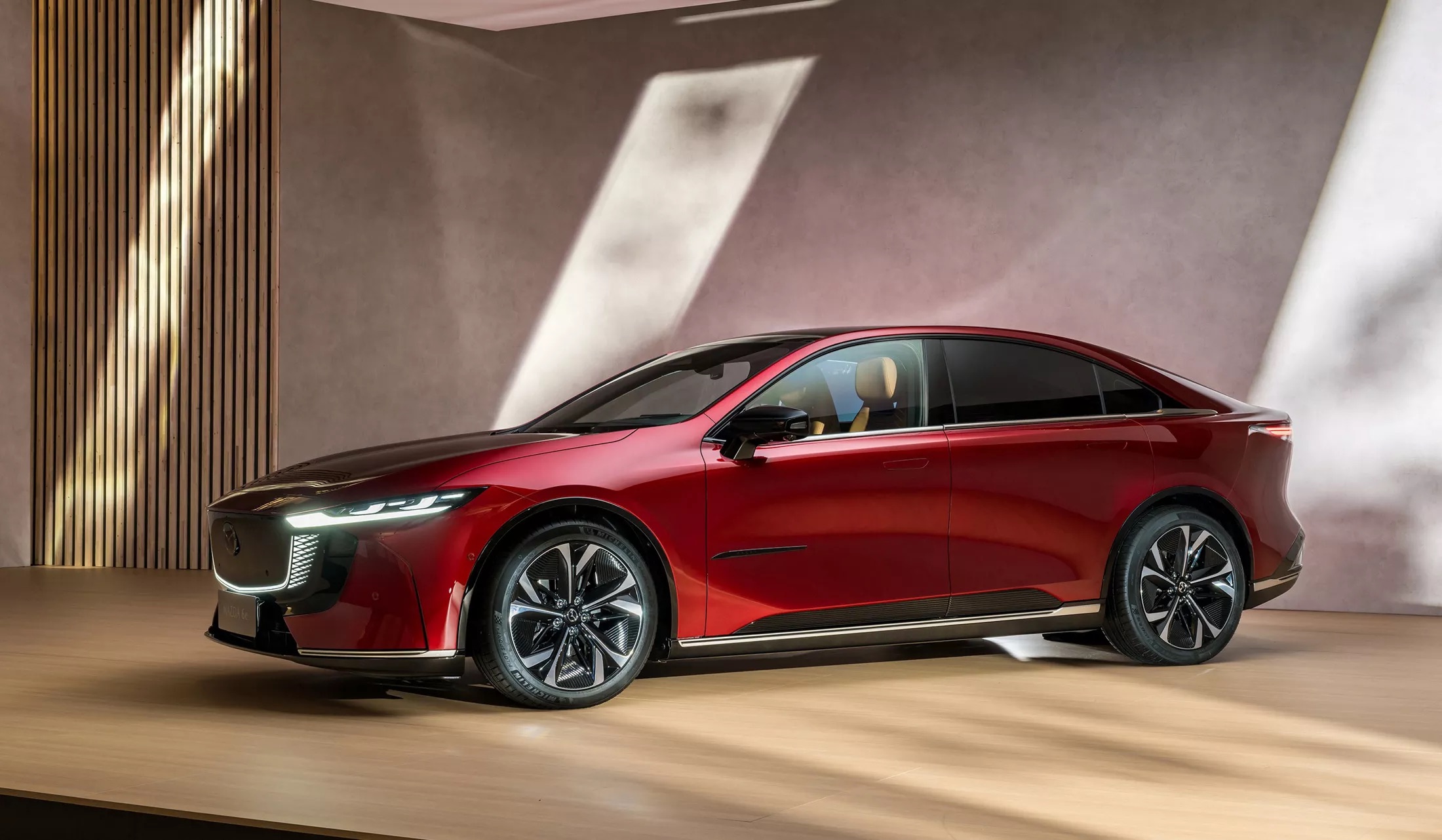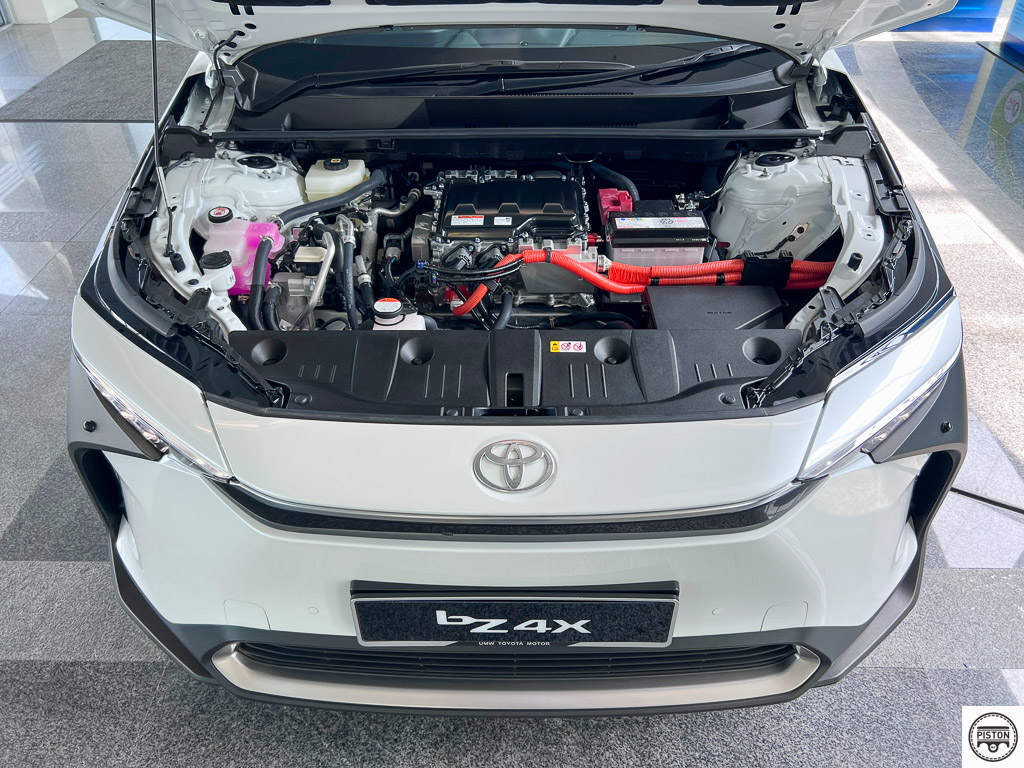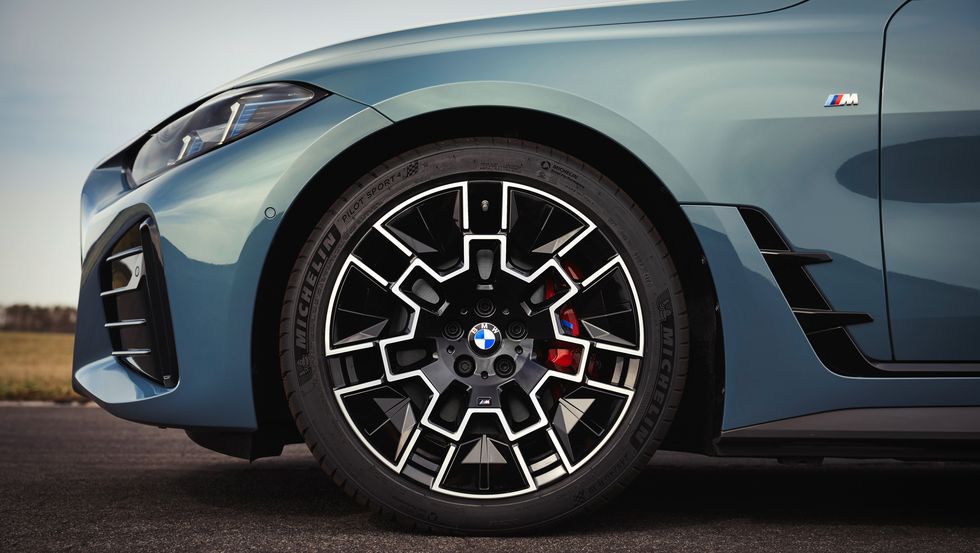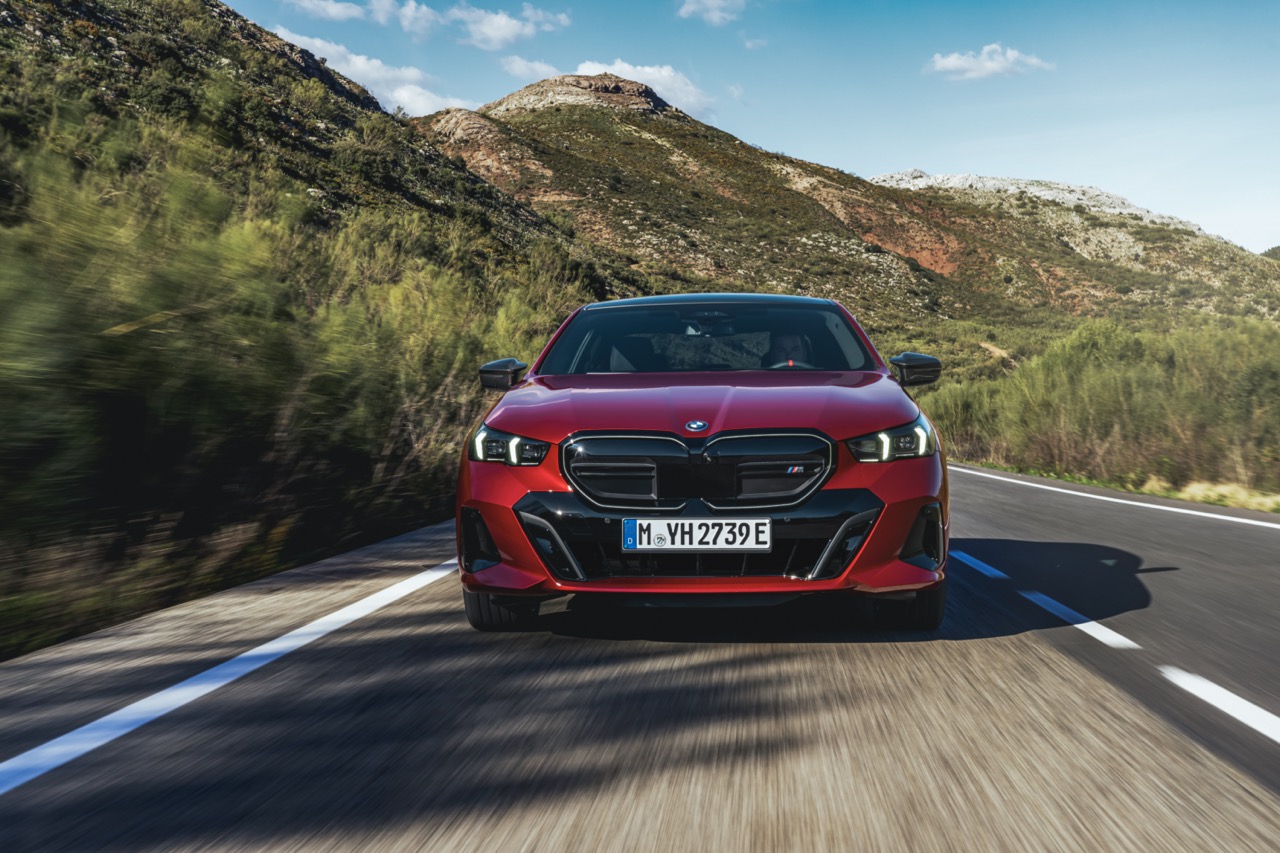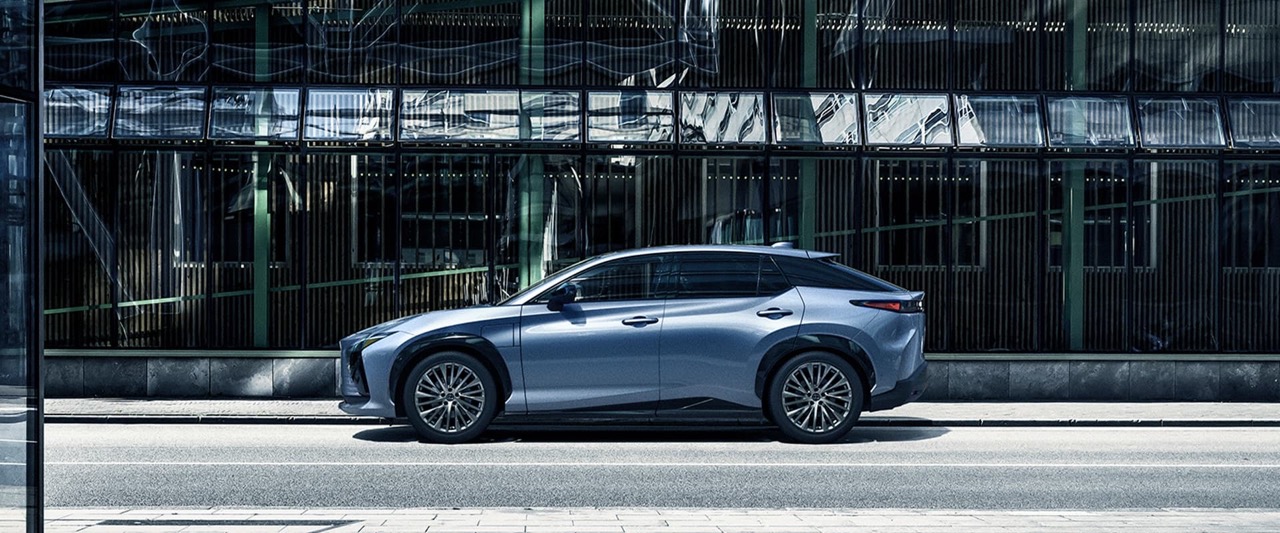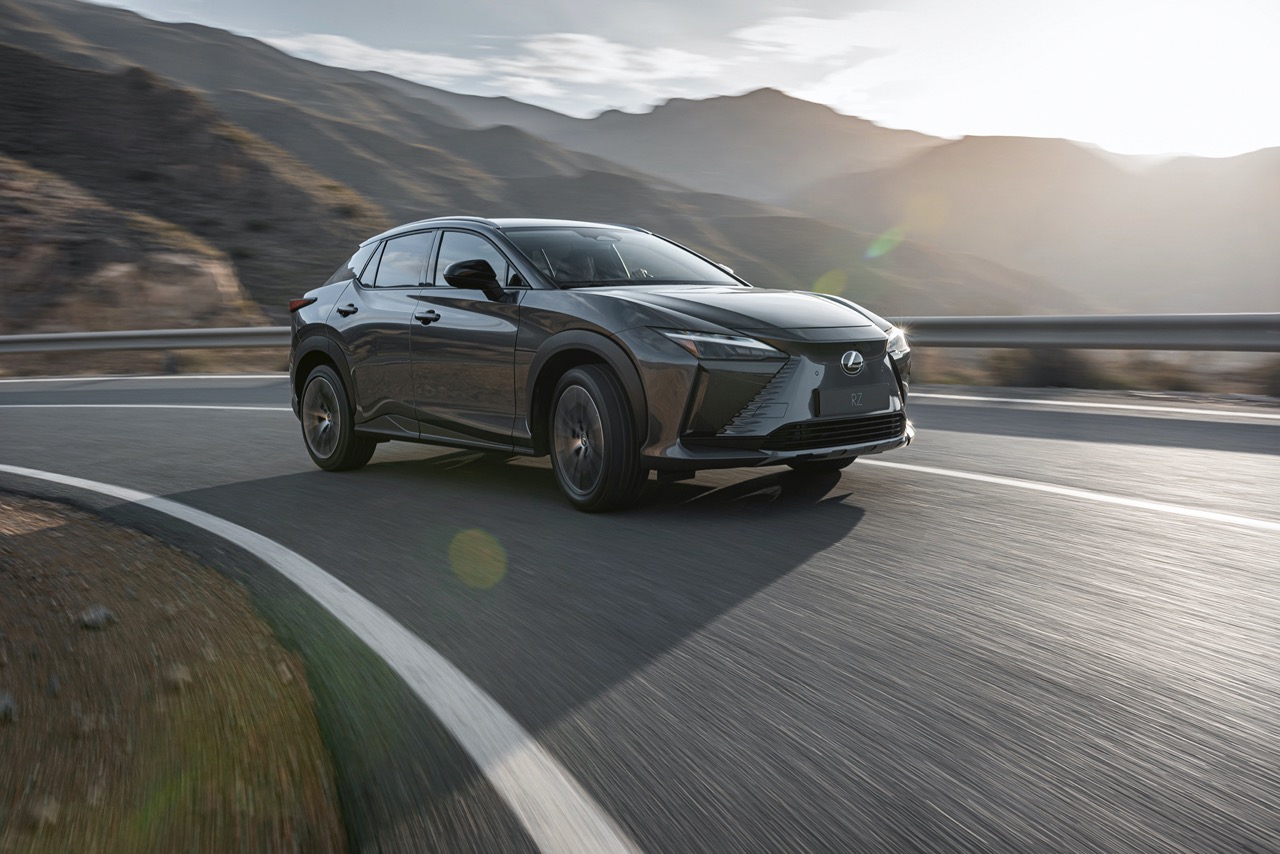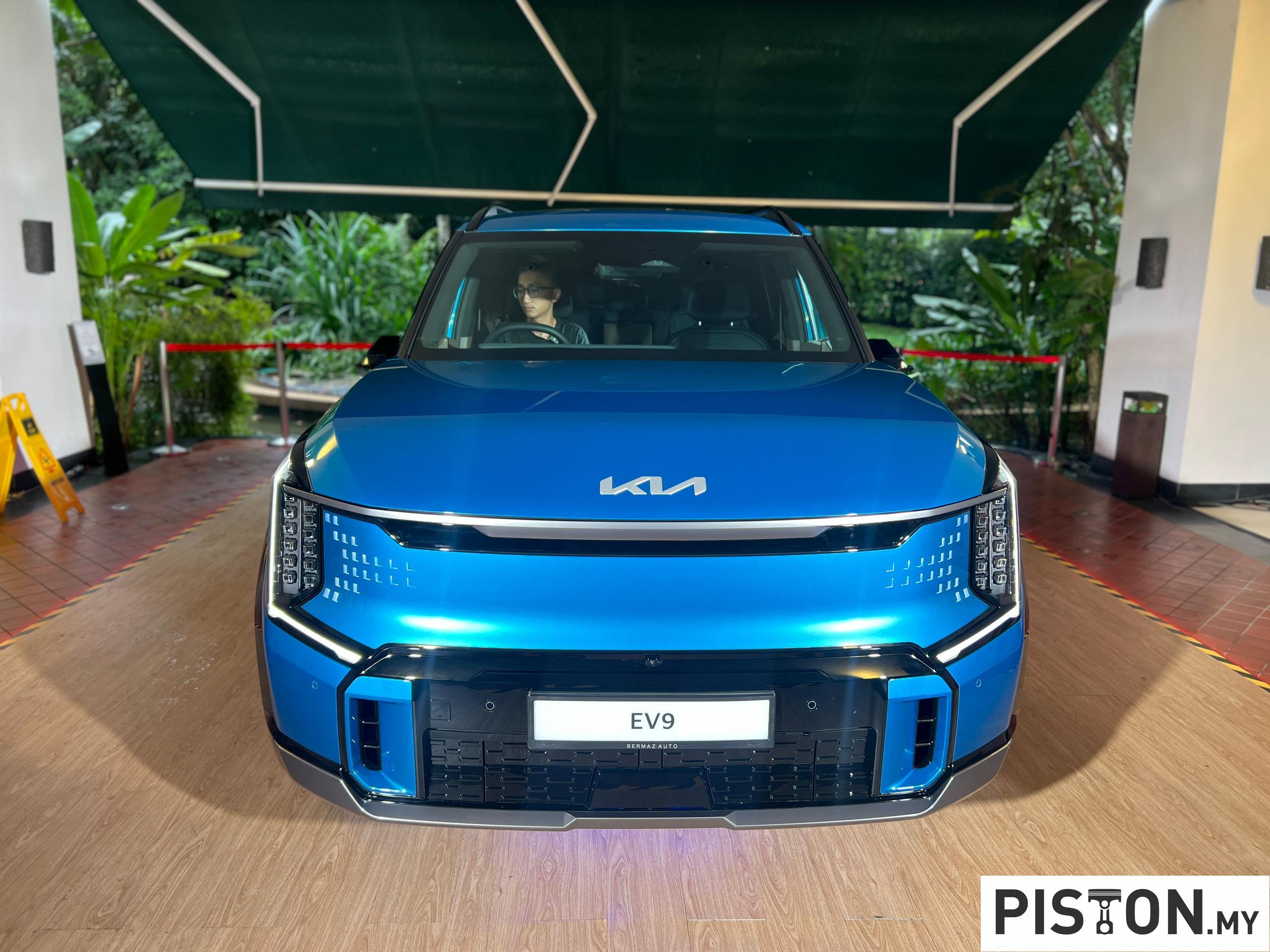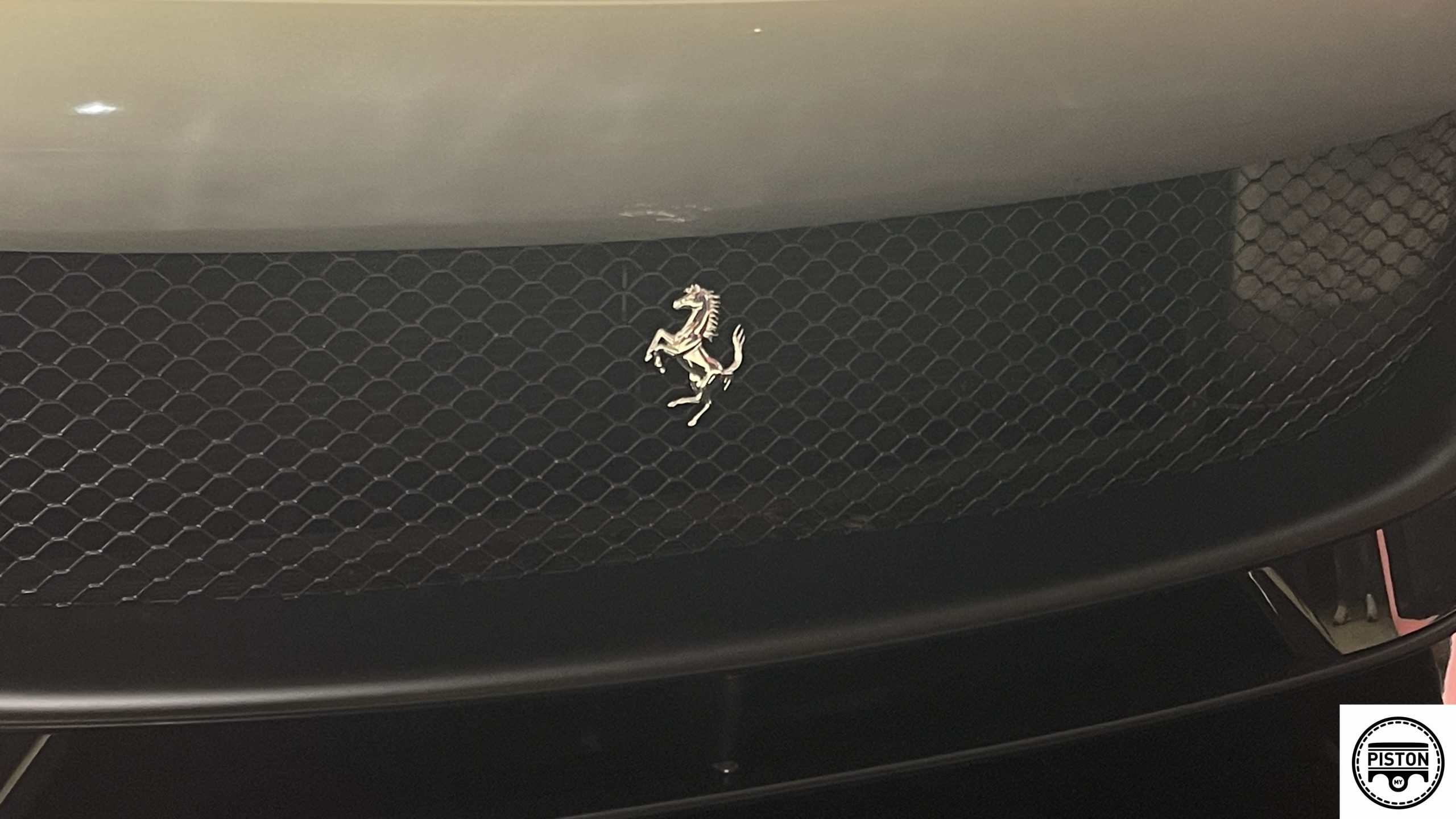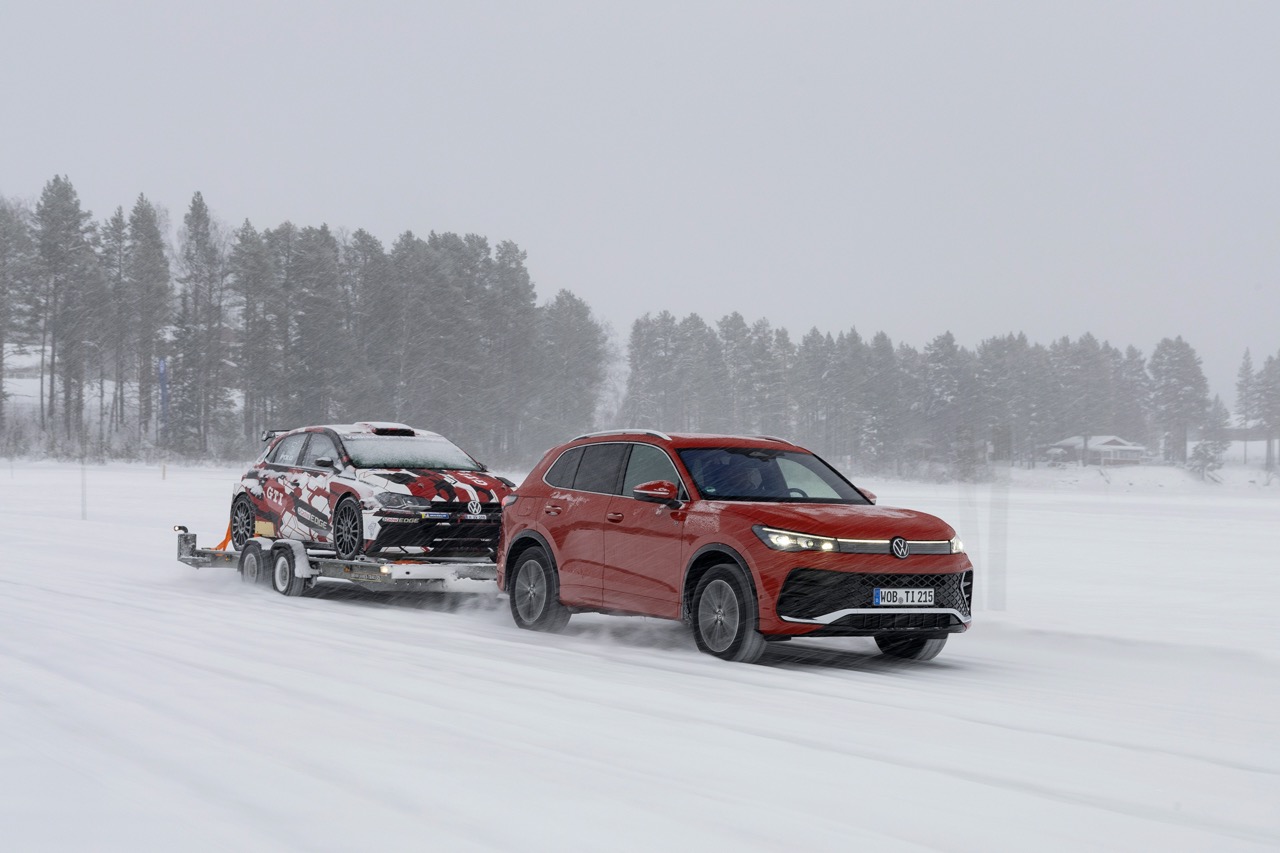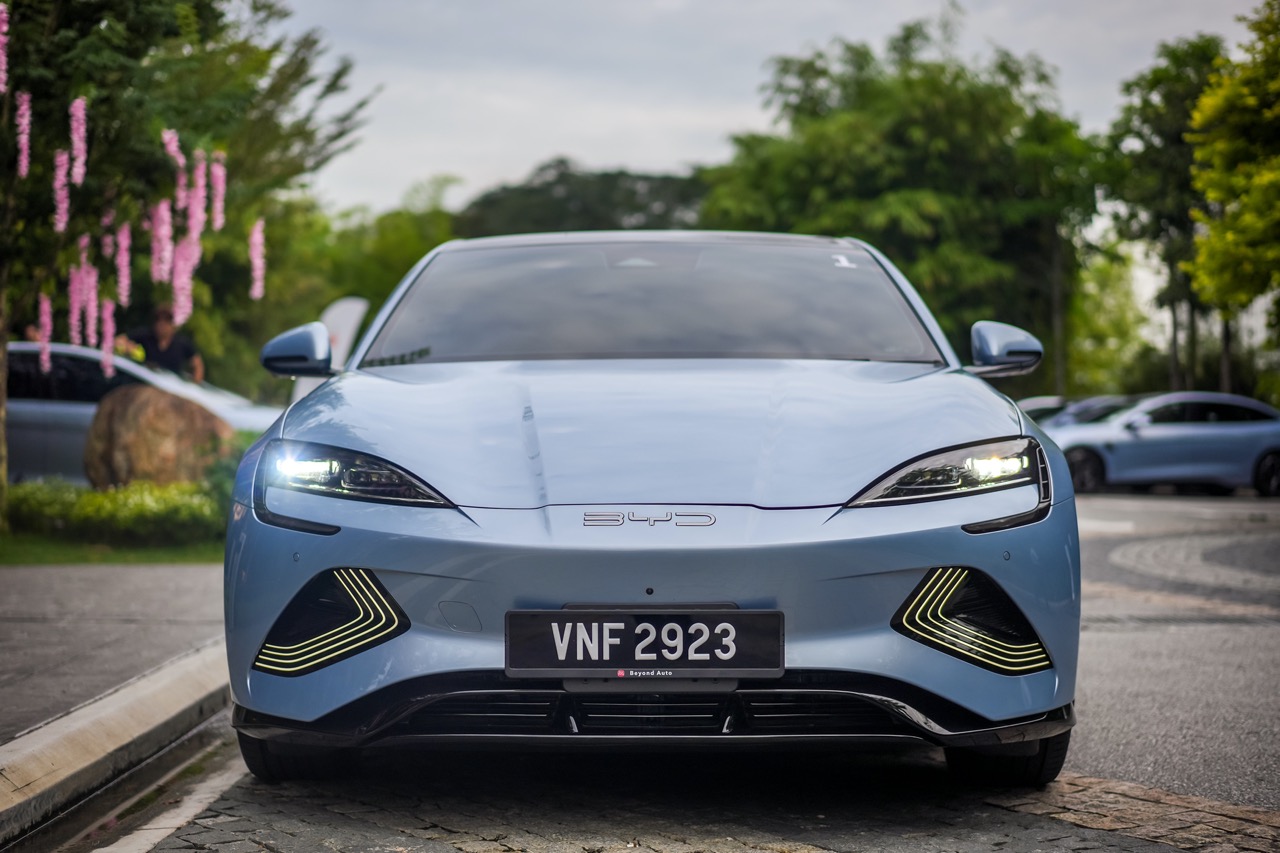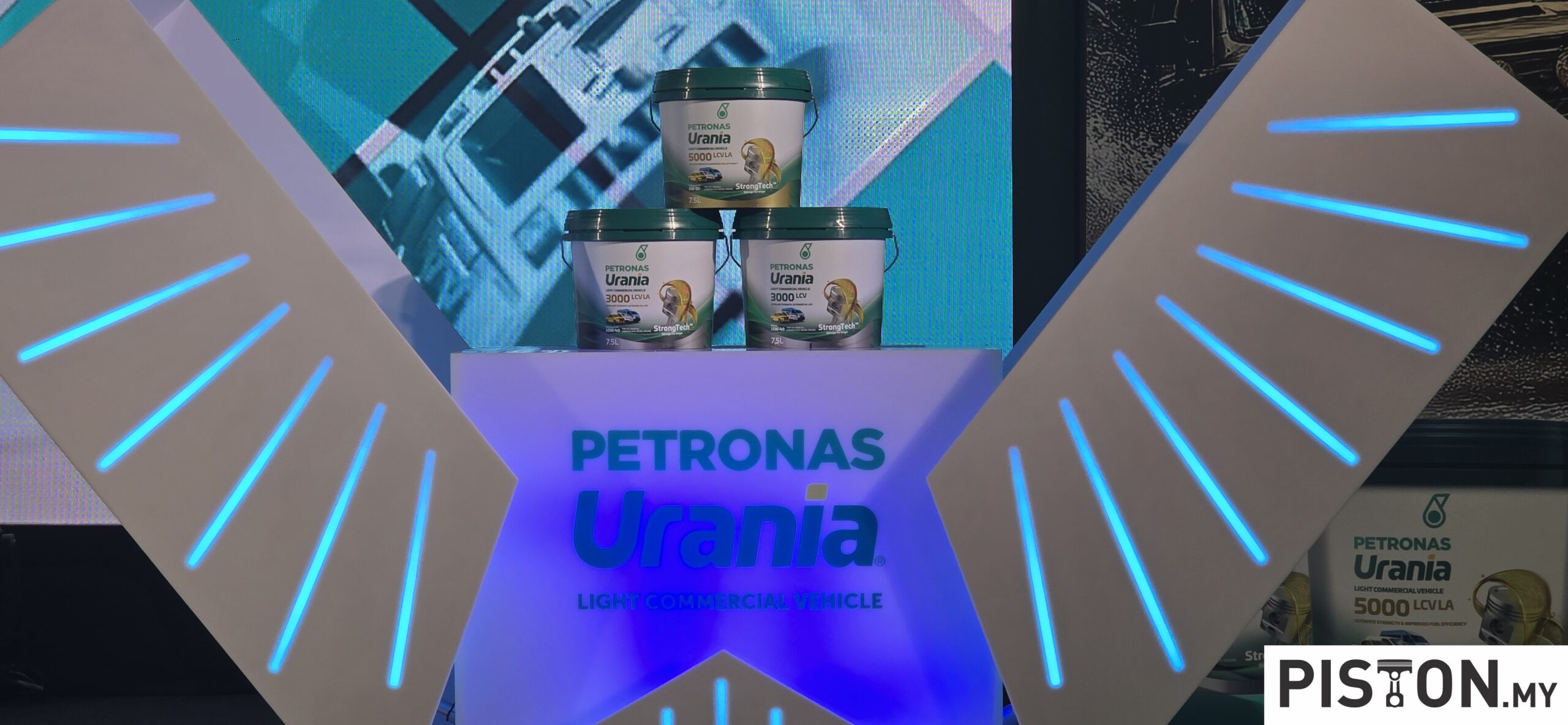In the 1950s, when Sir Alec Issigonis began to think of a small city car that would become the legendary Mini, styling was probably of a low priority compared to the design. How it looked would largely follow what was required of it – form follows function. And he certainly followed that design principle which could be traced back to the 19th century.
Form follows function
Quite simply, he wanted to create a small car which had the largest possible interior on the smallest possible footprint. Applying ‘form follows function’ strictly to automotive construction, he came up with a car that would be revolutionary. The spatial concept of the Mini was unique, and transversely mounting its engine made significant waves in the motoring industry at the time.
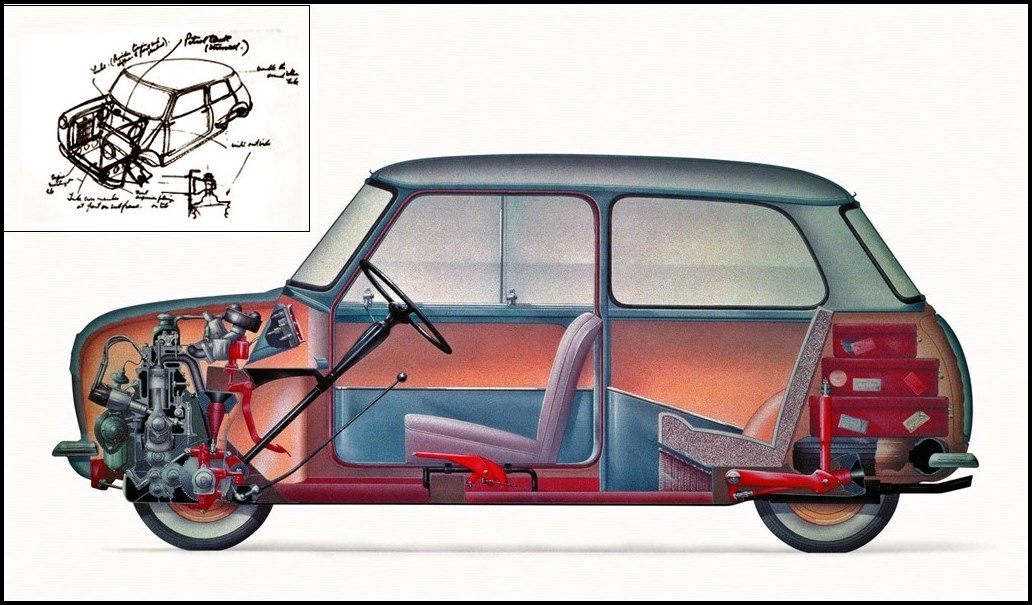
When the BMW Group continued the Mini story, it fully respected not just the history but also the design language that would provide guidance for the 21st century version. The original design philosophy was revised in keeping with the times, while simultaneously preserving the essential Mini character. While form continues to follow function, innovative technical solutions allow this principle to be applied to a greater degree.
Evolution continuation
The modern MINI appeared in 2001 and has undergone evolutionary continuation of the legendary formal language that defined the original Mini. The systematic expansion of the model family also show how new life has been introduced to the brand’s fundamental values and, building on this, to open up authentic and intriguing perspectives for the future of the brand.
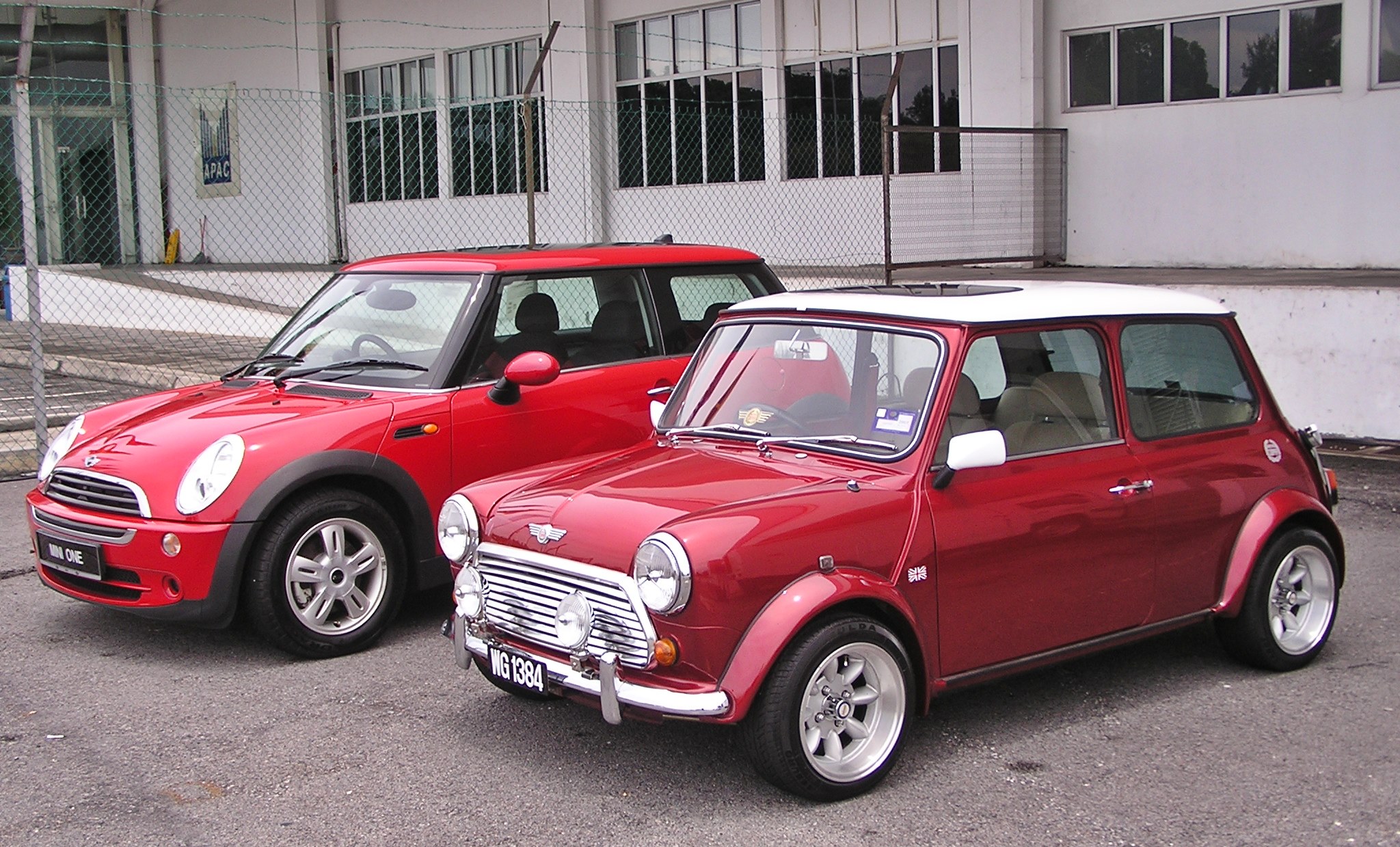
Digital and electric influences
Now the MINI team is again looking ahead at the next generation of models and this time, there are strong electric and digital influences. The MINI models of the future will bring together a modern and purist exterior and an interior design that focuses on the essentials, just as it always has.
The new design language also exploits the opportunity of electrifying the powertrain to generate the driving pleasure you expect from MINI entirely without local emissions. “Purely electrically powered models from MINI give us a unique opportunity to rethink our design. At the same time, we retain the attention to detail, sense of tradition and passion for innovation that MINI is renowned for,” said Oliver Heilmer, Head of MINI Design.
The architecture for the new MINI model generation has been developed for purely electric mobility from the outset. This differs from previous generations where the electrified version used a platform that was developed to also be able to take combustion engines. As such, every centimetre of the available installation space is used even more efficiently. This means that it will be possible to continue to offer the ideal combination of a small footprint and available interior space in the future.
Concept model to be shown in July
The core of the brand will also be embedded in the future model generation of the MINI 3-door – purely electric and consistently geared towards urban driving pleasure. The successor to the current Countryman will also have purely electric drive and a concept model (shown camouflaged in this pictures) of this will be shown at the end of July.
“The MINI Design DNA will clearly come through in every model of this new generation, leaving its brand affiliation in no doubt whatsoever,” declared Heilmer. “At the same time, the MINI design team has successfully created strong product features with individual accents that more than ever before underscore a sense of independence.”
‘Charismatic Simplicity’
Creation of independent vehicle personalities is one of the central features of the new design language. ‘Charismatic Simplicity’ gives each member of the future MINI model family its own individual charisma that is unmistakably based on the brand’s core, reinterpreting it confidently and in its own way. The authentic reference to the essential values of MINI is expressed in a very modern design language featuring clearly and cleanly modelled surfaces.
Charismatic Simplicity reduces the number of components and concentrates on essential elements, helping the design of future MINI models achieve an emotional, intuitively perceptible identity. “We combine the core of the MINI DNA with innovative, aesthetic and technological inspiration in our new design language,” explained Heilmer. “For example, innovative LED technology gives the typical Union Jack design of the MINI combination rear lamps a variety of forms, creating an individual light signature for each model.”
Combining tradition and progress
The combination of tradition and progress will be evident in the interiors of future models. The key to this is both in advanced digitalisation in operation and connectivity, and in a clearly designed interior with intuitive functionality.
In the cockpit of future models, ‘reduction’ does not mean having to do without. For example, the OLED technology for the fully digital display and control unit (shown in the MINI Vision Urbanaut concept) means significantly more functions can be combined in a single control unit. This is presented in the archetypal circular central instrument in the middle of the dashboard.
MINI is the world’s first car manufacturer to offer a touch display with a fully usable round surface. The innovative display technology paves the way for a new user interface design. At the same time, the design retains analogue control units such as the toggle switches below the central interface. These embody the attention to detail and distinctive design features that transform intuitive functionality into an emotional experience.
“The future of MINI design is based on the courage and determination to shape change and stamp a distinctive and inimitable profile on the brand,” said Heilmer. This also includes a range of materials with a focus on sustainability. The new model generation will move completely away from leather surfaces and also reduce its use of chrome components to almost zero. A minimal ecological footprint is deeply anchored in the brand’s tradition and is incorporated more comprehensively than ever by MINI Design into the new model generation.
MINI STRIP – showing a sustainable approach to automotive design and manufacturing




